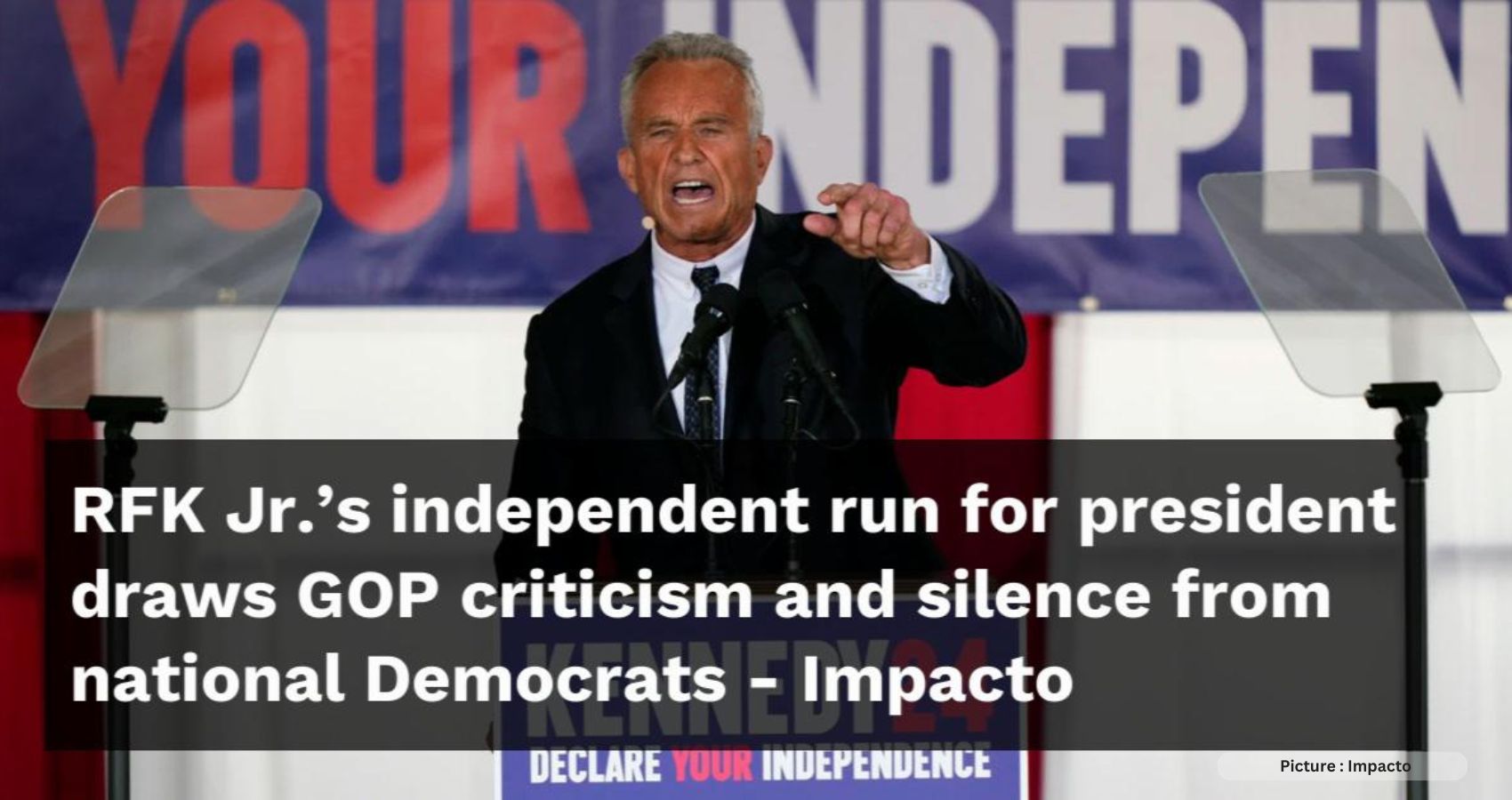“Despite constituting less than 1% of the U.S. population, Indian Americans are 3% of the nation’s engineers, 7% of its IT workers and 8% of its physicians and surgeons,” wrote the popular Forbes magazine in 2008. “The overrepresentation of Indians in these fields is striking–in practical terms, your doctor is nine times more likely to be an Indian American than is a random passerby on the street.”
Sixteen years later, in 2024, the Indian American community has grown even stronger; their successes encompassing almost all areas of American life – living the American Dream. The less than four million Indian Americans appear to be gaining prominence and have come to be recognized as a model community, and a force to reckon with in this land of opportunities that they have come to call as their adopted homeland.
In 1960, there were only 12,000 Indian immigrants living in the United States, according to the Migration Policy Institute. Today, the number of Indian Americans or Indian immigrants has climbed to more than 4 million, census data shows. Historically, Indians in the US worked in medicine, science & technology, engineering and mathematics-related jobs. Some, like the Patel community from Gujarat, took to the hotel industry and grew to dominate it. Others were entrepreneurs in Silicon Valley after the digital revolution of the 1980s.
In 1997, Ramani Ayer became the CEO of the Fortune 500 financial firm The Hartford, becoming the first in the list of Indian leaders heading American businesses. At present, 2% of the Fortune 500 companies of American origin — including Microsoft, Alphabet, Adobe, IBM, and Micron Technologies — are led by Indian American CEOs. One in every seven doctors in America is of Indian descent.
Among all these fields, if there is one area, where the influential Indian Americans have come to be recognized more than any other is the political arena, where they are seeking to win elections at the national, state and local levels, vying to occupy top jobs across the nation.
 Ever since Gov. Bobby Jindal the first ever major Indian American presidential candidate who had sought to occupy the White House, there have been many others who have followed in his footsteps. Indian Americans have expressed keen interest in carving out their political space at the national table for decades, and now, the fruits of their labor are paying off, with more successes now than ever before.
Ever since Gov. Bobby Jindal the first ever major Indian American presidential candidate who had sought to occupy the White House, there have been many others who have followed in his footsteps. Indian Americans have expressed keen interest in carving out their political space at the national table for decades, and now, the fruits of their labor are paying off, with more successes now than ever before.
Four years ago, it was then-California Sen. Kamala Harris, who made headlines and then elected as the vice president, becoming the highest-ranking person of Indian descent in the US government. The rise of Kamala Harris, daughter of an Indian mother, as the Vice President represented a coming-of-age of the Indian American community in the United States. Harris was born to civil rights activist parents a year before the Immigration and Nationality Act of 1965 was passed; this Act relaxed the quota regime that restricted foreigners. At that time, there was one Indian American lawmaker in the US House of Representatives — the Punjab-born Dalip Singh Saund, also from California.
It’s still a relatively small number, compared with the country’s total population of more than 333 million. But Devesh Kapur, co-author of “The Other One Percent: Indians in America,” said he was not surprised to see three Indian Americans in the political spotlight in the 2024 race. “Indian Americans have been selected to be the outliers — they have been selected for success,” Kapur wrote in his book with Sanjoy Chakravorty and Nirvikar Singh.
The 2024 election season in the United States (US) kicked off and now with less than 10 months to go until Election Day and a week before the next Republican primary, one group that has emerged on the national political stage in a way they never have before in U.S. history: Indian Americans.
The current election cycle is shaping up to be historic for the Indian American community at every level, from local to the presidential. After months of campaigning, only a handful of GOP hopefuls were qualified for the last Republican Party Presdetial Debate; two of them were former U.N. Ambassador Nikki Haley and Vivek Ramaswamy, an entrepreneur and commentator whose White House bid has skyrocketed his profile.
While insurgent candidate Vivek Ramaswamy bowed out after finishing fourth in the Iowa Caucus, former South Carolina governor, Nikki Haley, emerged with a strong showing and is now poised to give former President Donald Trump a run for his money in South Carolina primary on Tuesday, February 13.
“You have to sit and wonder, we have these two folks who are showing these all-star abilities — will we end up with an Indian American on this ticket?” said Sara Sadhwani, an assistant professor of politics at Pomona College and co-author of the Indian American Election Survey.
Harris, Haley, and Ramaswamy have many notable political differences. In a way, each is competing against the other in the 2024 election. But together, they represent a remarkable moment in American politics, experts say: Indian Americans account for about 1.3% of the country’s population, according to census data — and three Indian American politicians have risen close to the top of both major parties. “Mathematically, you would not have expected this,” said University of California, Riverside, public policy professor Karthick Ramakrishnan.
Haley had made history as the first female governor of South Carolina and the first Indian American to be appointed to a cabinet-level position, serving as the US ambassador to the United Nations in 2016. “I am the proud daughter of Indian immigrants who reminded my brothers, my sister and me every single day how blessed we were to live in this country,” said Haley, as she announced her presidential campaign last February.
In addition to the leading Presidential aspirants, there are five Indian American members in the current US Congress —Raja Krishnamoorthi (D-IL), Pramila Jayapal (D-WA), Ami Bera (D-CA), Ro Khanna (D-CA), and Shri Thanedar (D-MI) who are seeking re-elections this year. Each of them is expected to be reelected in 2024 due to the advantages of incumbency and their substantial campaign funding.
According to Indian American Impact, an organization dedicated to strengthening the political influence of the community, there are already more than 200 Indian Americans who are elected to positions ranging from school boards and city councils to state assemblies and senates across the country.
However, what is promising as the nation goes into another round of elections is the prospect of several candidates from a wide range of congressional districts across the country from New York to California, and from Illinois to Alabama, are aiming to join the ranks of the “Samosa Caucus.”
Kevin Thomas, a New York state senator vying to win the fourth congressional district, is a prominent Democratic contender to become the sixth Indian American member of the 119th Congress. The district, currently represented by first-term GOP Rep. Anthony D’Esposito, has historically leaned towards the Democratic party, consistently supporting their presidential nominees in the past eight elections. This favorable trend significantly boosts Thomas’ prospects of winning the primary and securing a seat in Congress.
Ohio state senator Niraj Antani is seeking the GOP nomination from the state’s second congressional district. The 32-year-old, who has been in the state legislature since 2014, is expected to get elected to Congress if he wins the Republican primary, as the district is heavily Republican. “In Congress, I will have a steel-spine in standing for life, our 2nd Amendment rights, and for pro-growth economic policies. As a fiercely pro-Trump Republican, I will work hard every day for our community in Congress to ensure every Ohioan has an opportunity to achieve the American Dream.”
Arizona State Rep. Amish Shah, the first Indian American elected to the Arizona legislature, is seeking the Democratic Party’s nomination for Arizona’s first congressional district. Shah, an emergency physician, has raised more than $1 million for his campaign and will have a fair shot in November if he wins the primary in this seat, currently represented by Republican David Schweikert and leans slightly Republican.
Ashwani Jain, a former Gubernatorial candidate of Maryland, is running for Congress from Maryland’s 6th District. He says, “I am running for Congress in the district I live in and call home – not just to be Maryland’s first Millennial, first Asian-American and first Indian-American ever elected – but because I have specific policy solutions that will open the doors of opportunity for our community.” Jain, a cancer survivor, is focused on issues including immigrant rights, climate change, labor rights and raising teachers’ pay, reproductive justice, and gun violence.
Hoboken Mayor in the state of New Jersey, Ravi Bhalla is running for Congress from the 8th District. At Congress, Bhalla says, he “will be an advocate for New Jersey’s working families as he fights to make healthcare a right for everyone, tackle climate change, protect a woman’s right to choose, and build an economy that works for all New Jerseyans.”
Suhas Subramanyam and Krystle Kaul: Two Indian Americans are vying for the Democratic Party nomination in Virginia’s 10th congressional district. Krystle Kaul Kaul, much like Subramanyam, is focusing on issues such as national security, women’s rights, economy & jobs, healthcare, education, and energy & the environment. Subramanyam, a Virginia state senator has been serving in the state legislature for the past four years. Kaul, a veteran of the defence and intelligence community, is running on her national security experience. If either of them wins the primary, they would be formidable candidates to represent this Democratic-leaning district.
Susheela Jayapal, a candidate for Oregon’s third congressional district, and Rishi Kumar, who is running for California’s 16th congressional district are other Indian Americans, who are “strong candidates who have run for office before and have name recognition.” Jayapal had served as the commissioner of Oregon’s most populous county, Multnomah County. In 2020, Kumar secured nearly 37% of the votes against the incumbent and fellow Democrat Anna Eshoo, who is now retiring, boosting his chances of victory in 2024.
Vimal Patel from Alabama’s 2nd district abd Nikhil Bhatia from Illinois’ 7th District are others who are in the fray to enter the Congress this Fall. Another Republican seeking to win on a Republican ticket is Dr. Prashanth Reddy from Kansas’ 3rd district is a physician, who is focused on defending the nation and standing up for parents and students in addition to securing the border, supporting law enforcement, standing up to China, and protecting taxpayers.
In addition, dozens of highly qualified and experienced Indian American candidates are also vying for statewide offices in this election cycle. Among those who have announced their candidacies for statewide offices, include: Minita Sanghvi, a Democrat currently serving as the Saratoga Springs finance commissioner, vying for the 44th state senate district in New York; Tara Sreekrishnan, a member of the Santa Clara County Board of Education, running for the California state assembly from district 26; Ashwin Ramaswami seeking election to the Georgia state senate from senate district 48; and Seema Singh, a member of the Knoxville City Council, running for district 90 of the Tennessee house of representatives.
Irrespective of political differences, the Indian American community is happy about the sharp increase in their political participation, especially over the last three election cycles, and is proud of the rise of another of their own. As Jon Huntsman, former Governor of Utah and United States Ambassador to China, had said: “In the last half-century, Americans of Indian descent epitomize how new waves of immigrants have been renewing our communities and our economy. ”
Shekar Narasimhan, founder and chairman of the AAPI (Asian Americans and Pacific Islanders) Victory Fund, sums it all, saying that while he is happy to see more Asian-Americans gain prominence in politics, “A beautiful thing is happening: Indian-Americans are coming to the forefront. If our children see Americans with a name like Ramaswamy run, and a Khanna or Krishnamoorthi can win, that’s a good thing.”




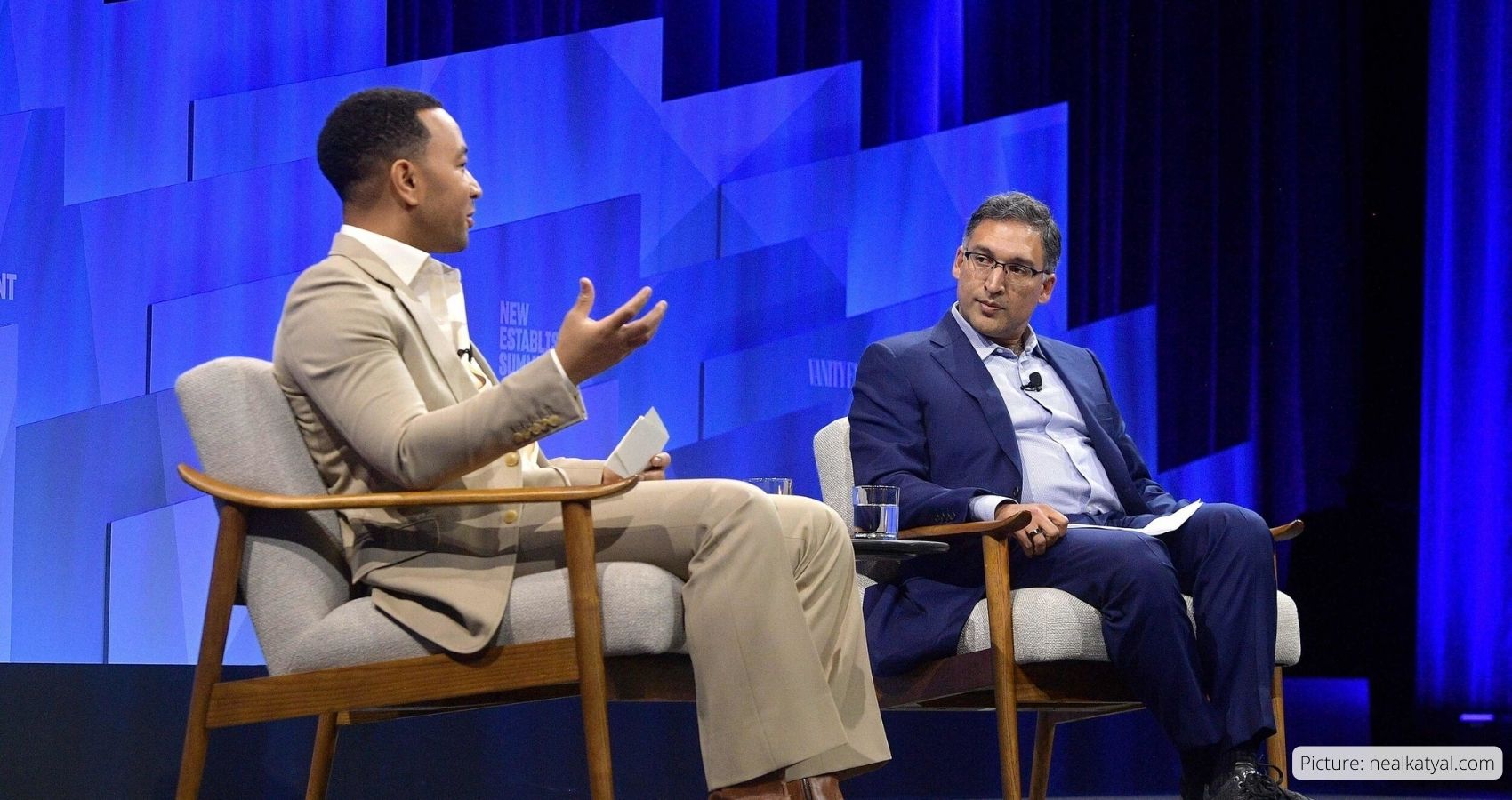
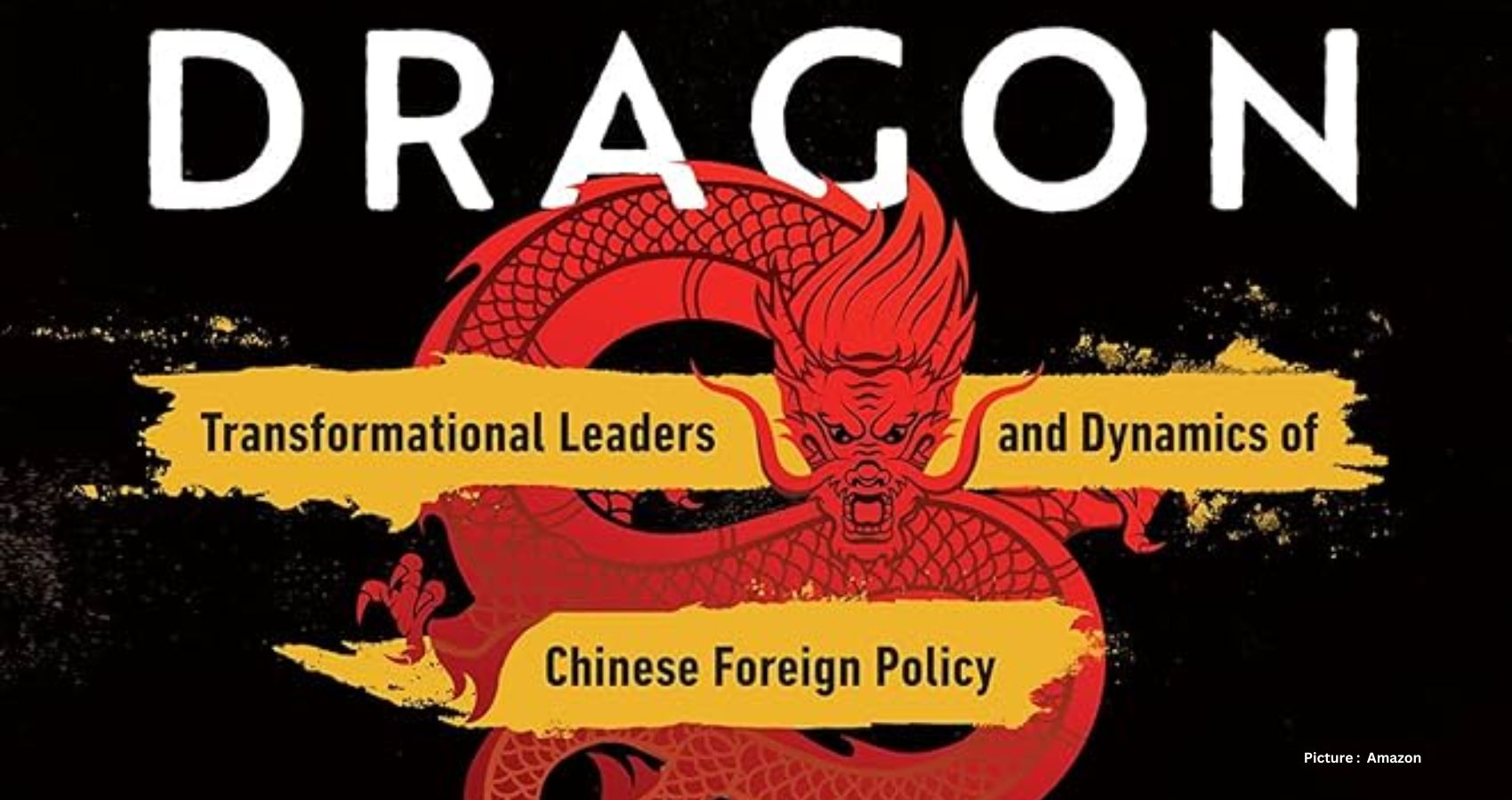

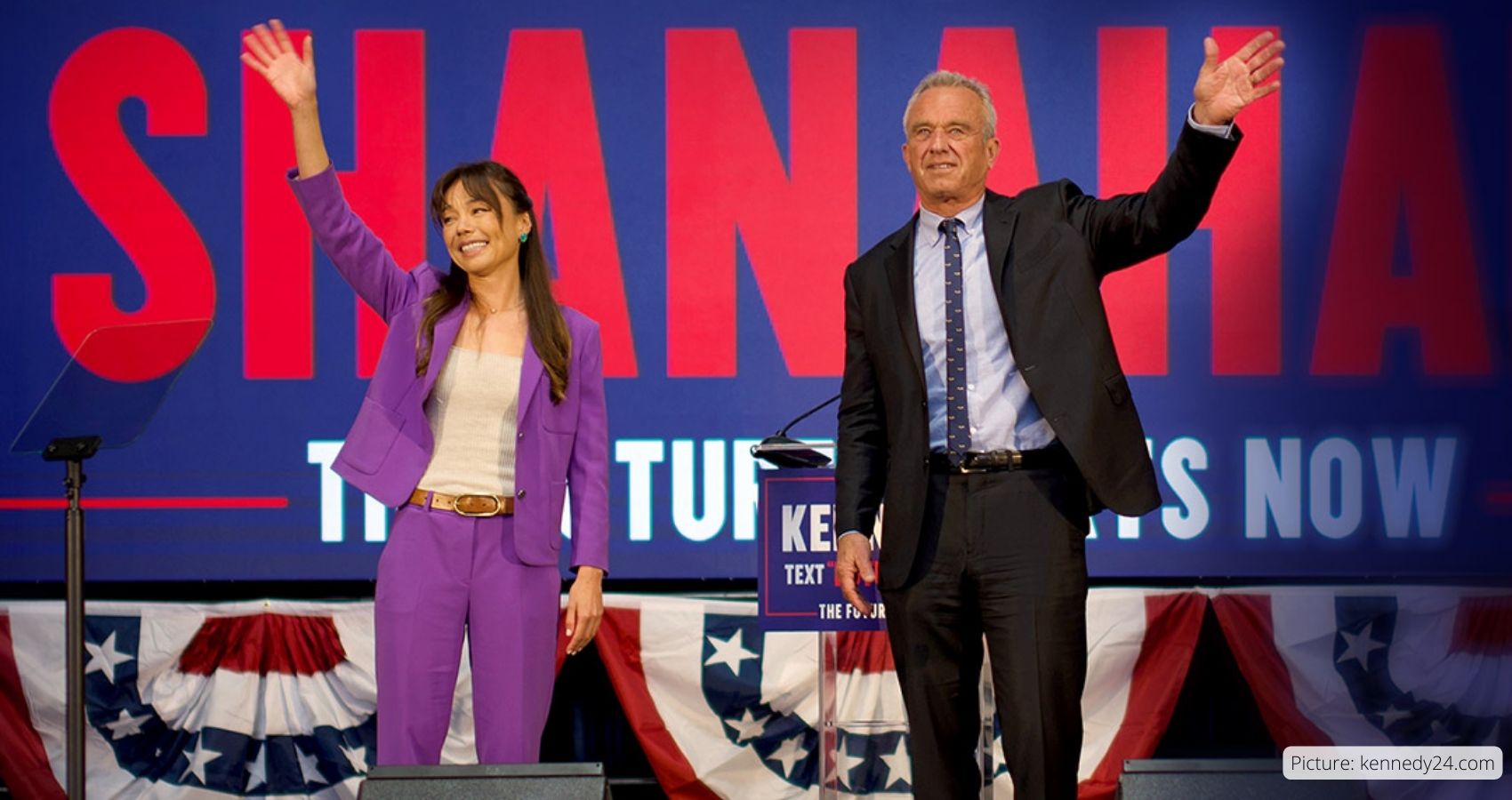
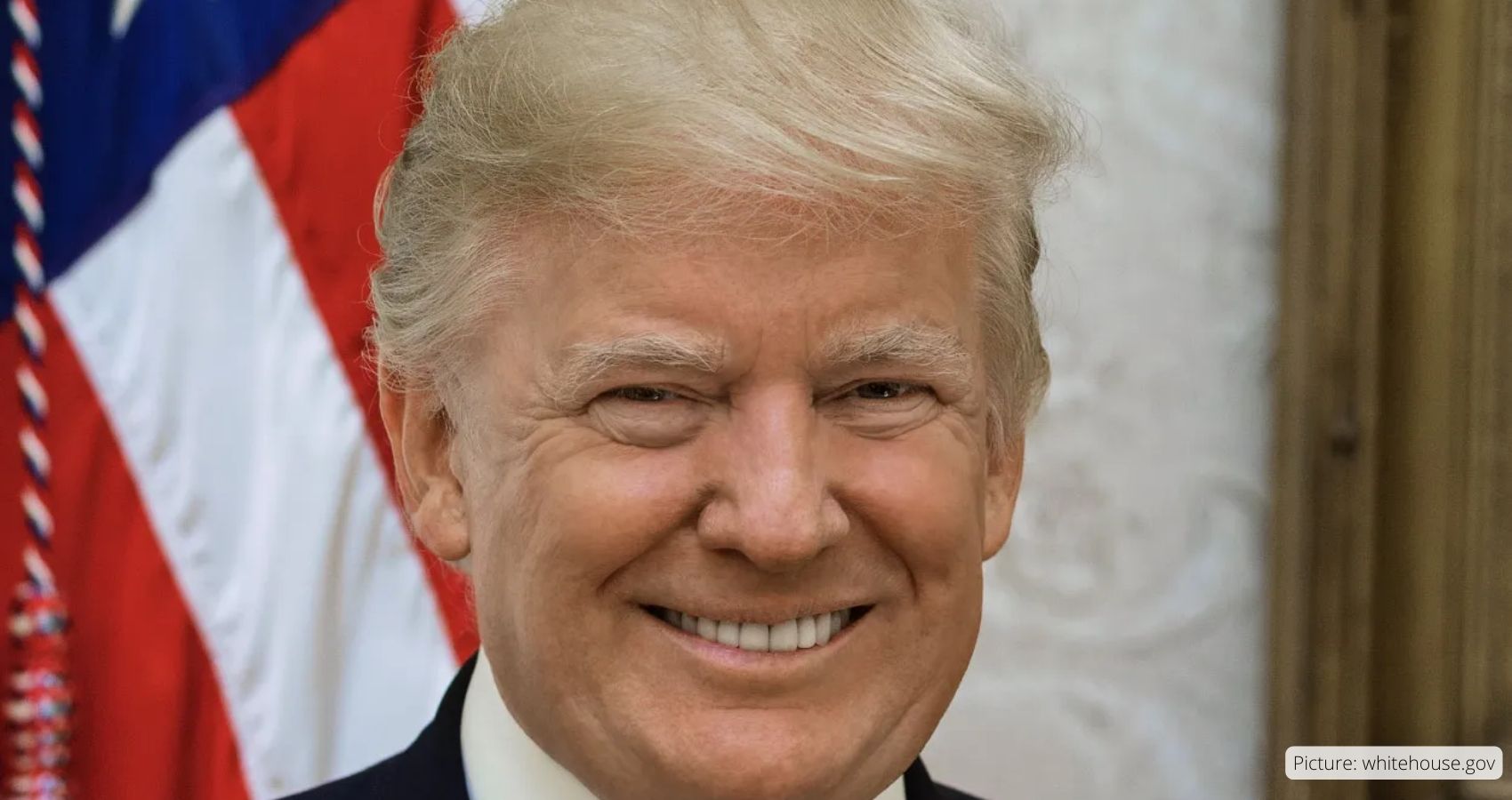

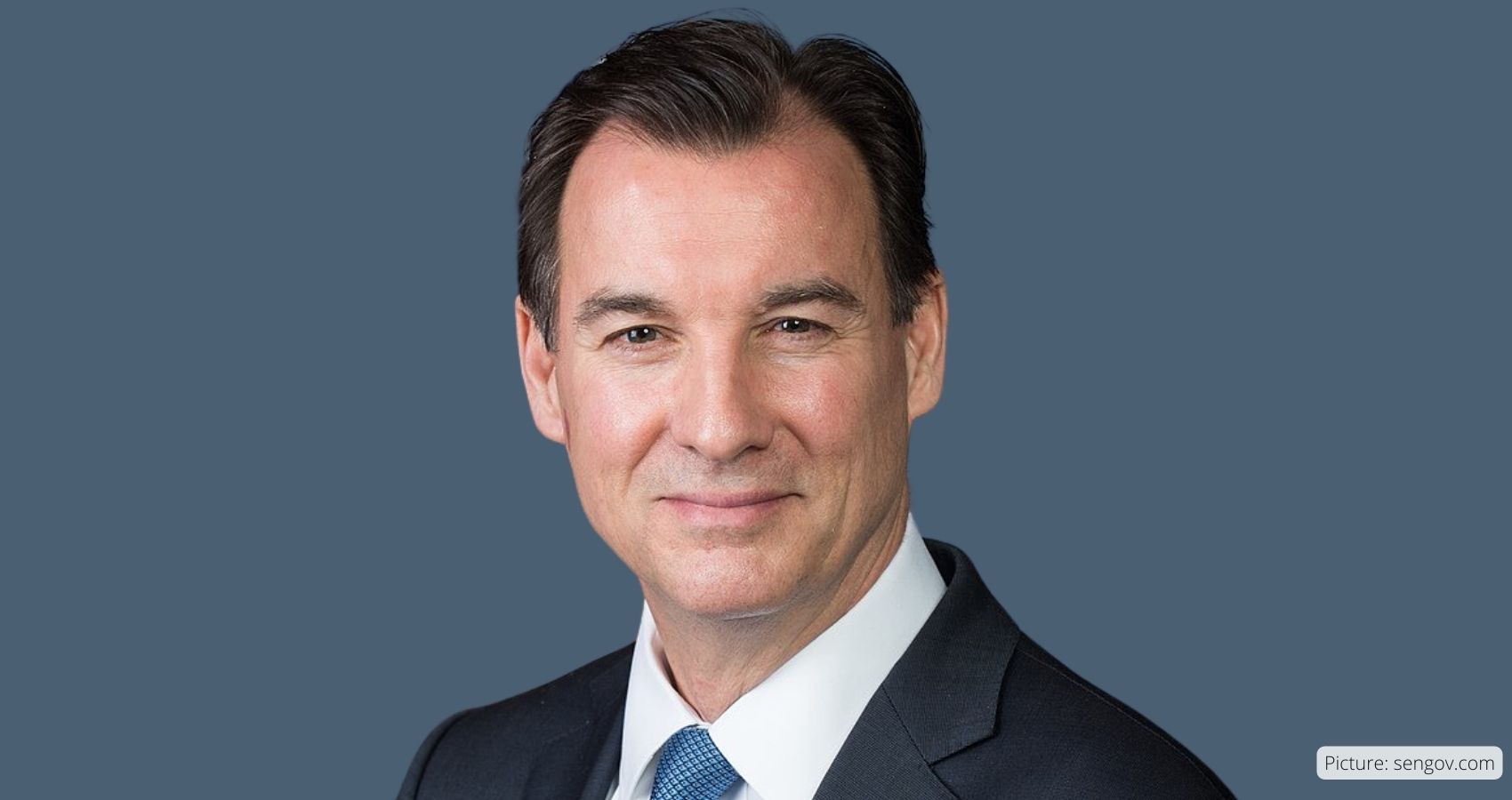
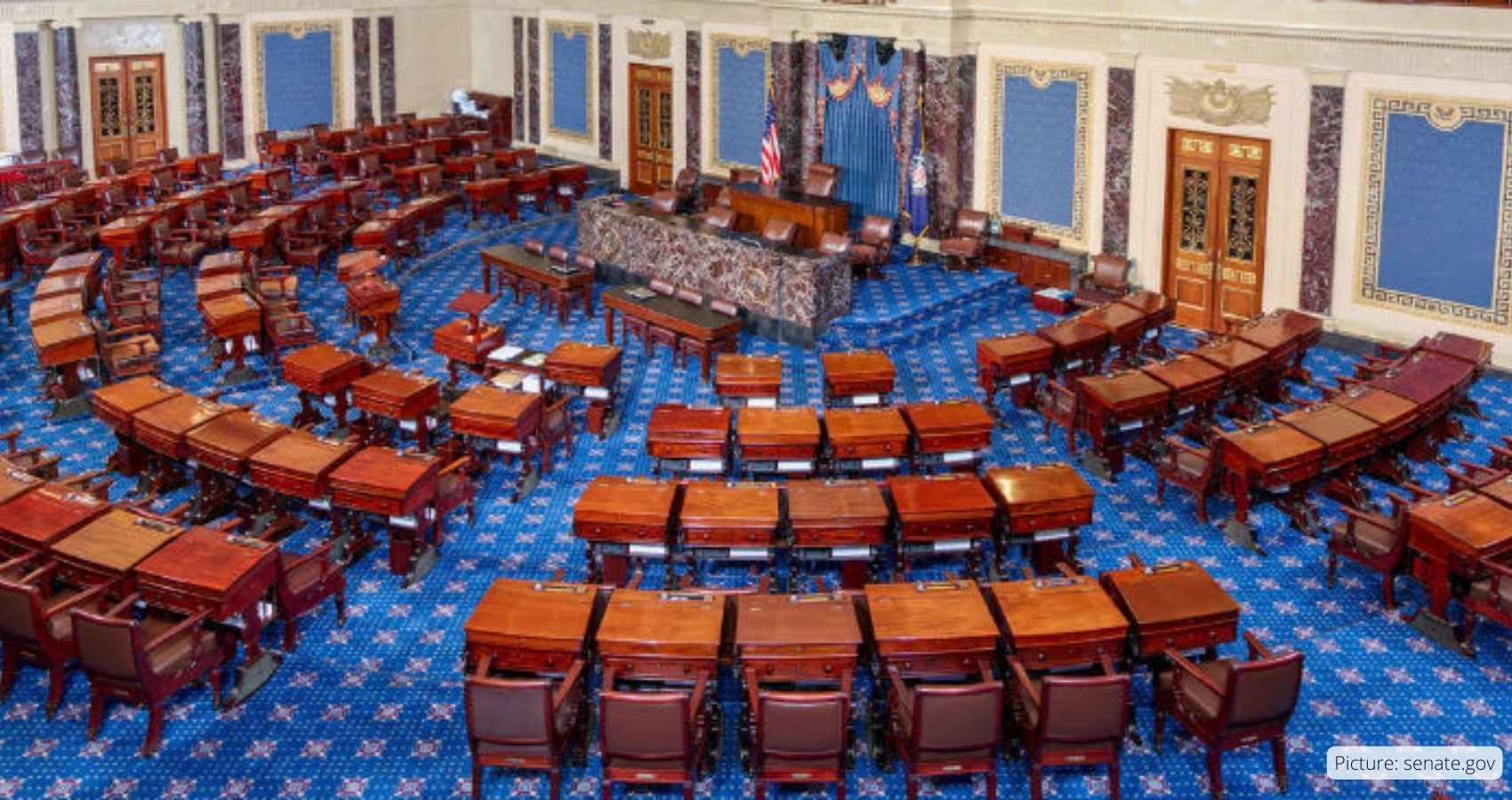
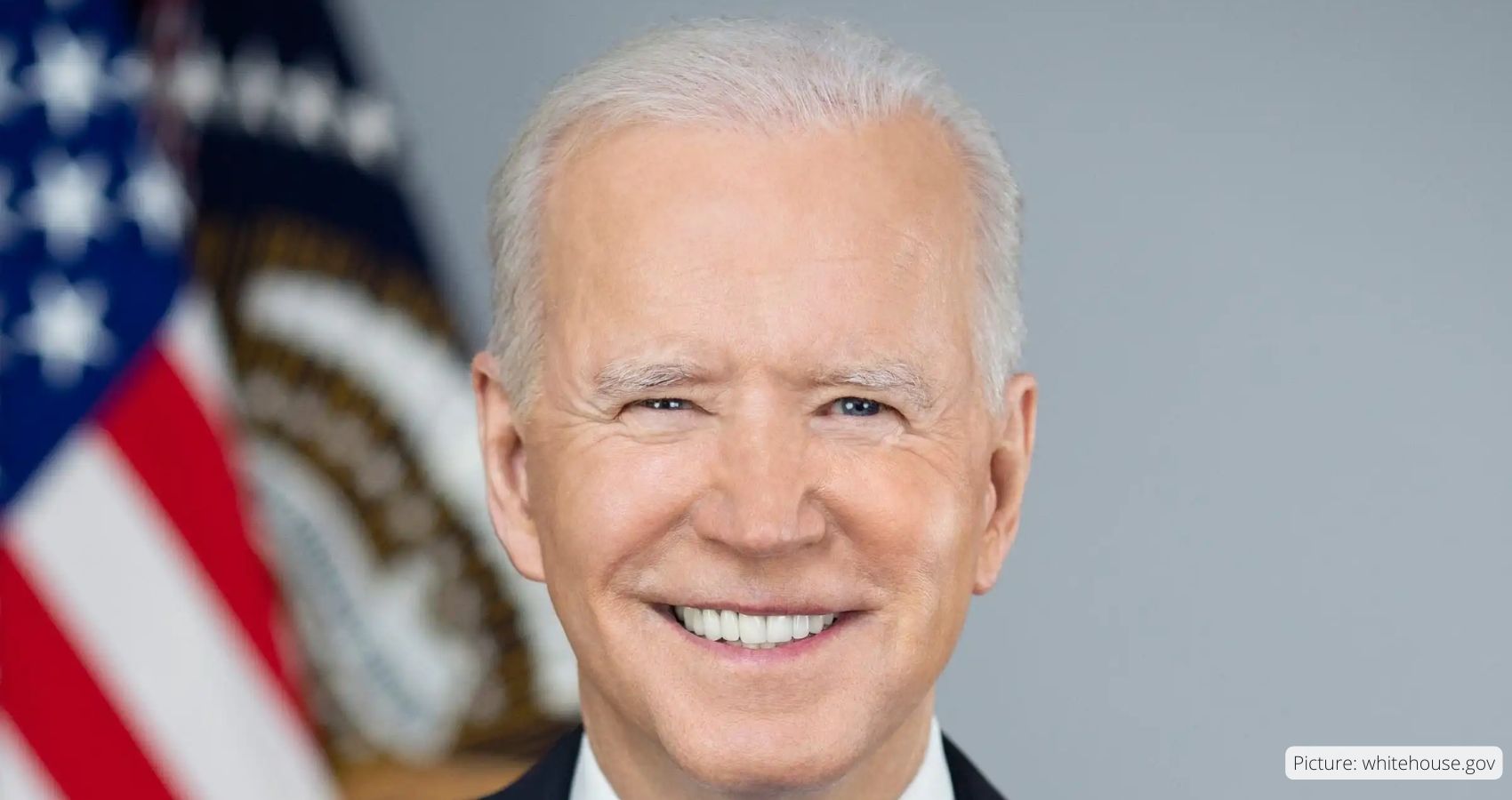
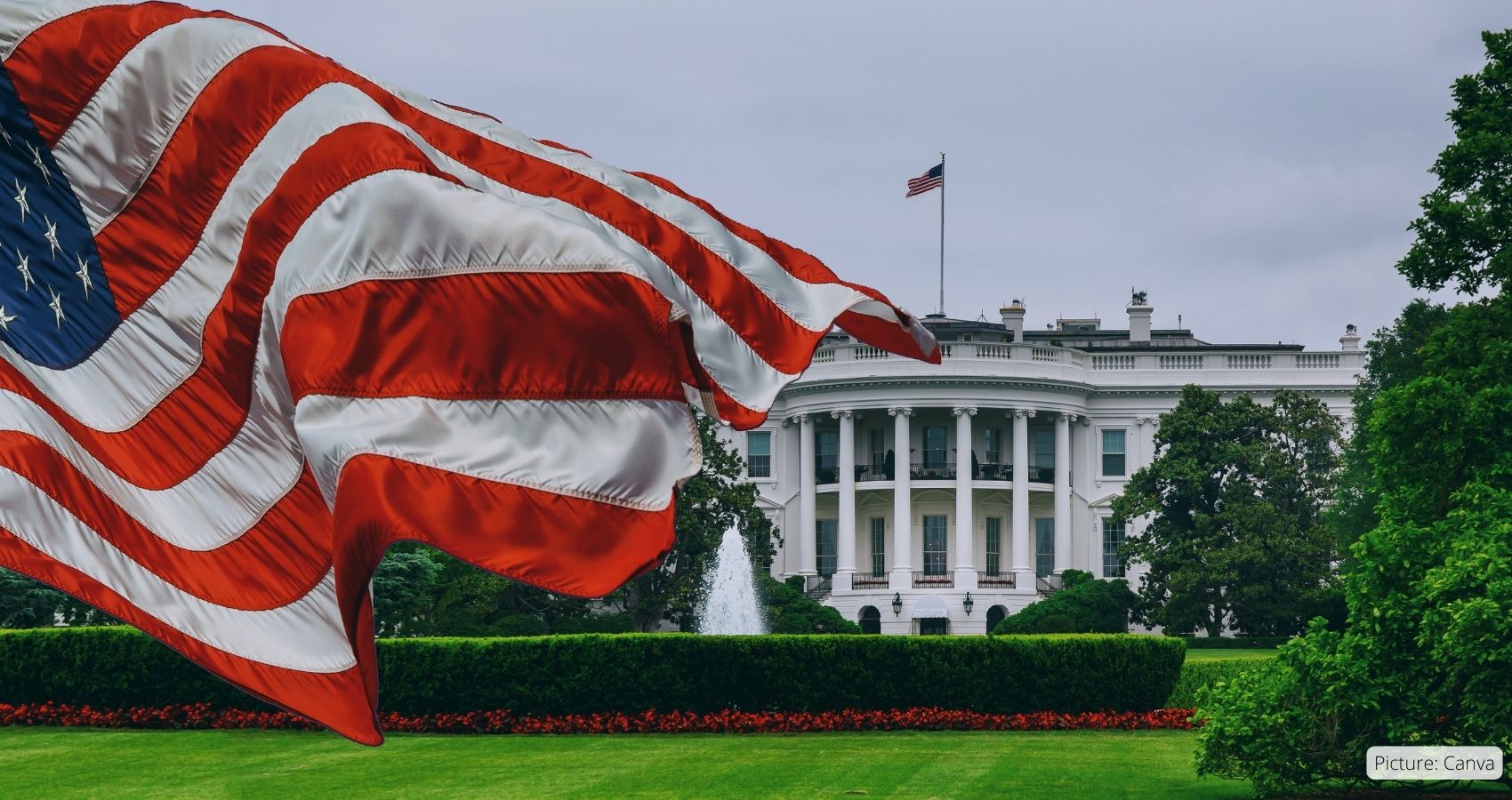

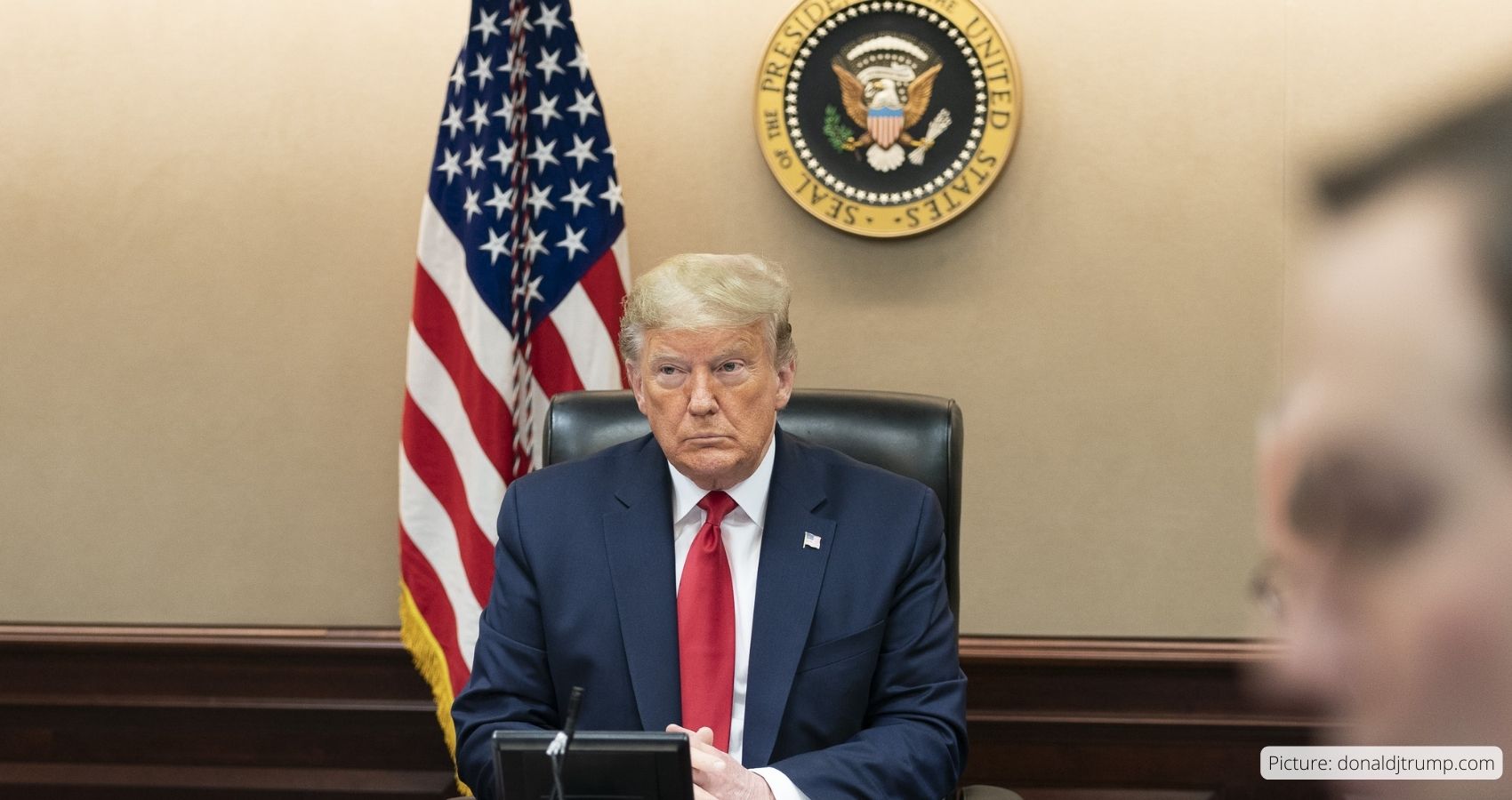

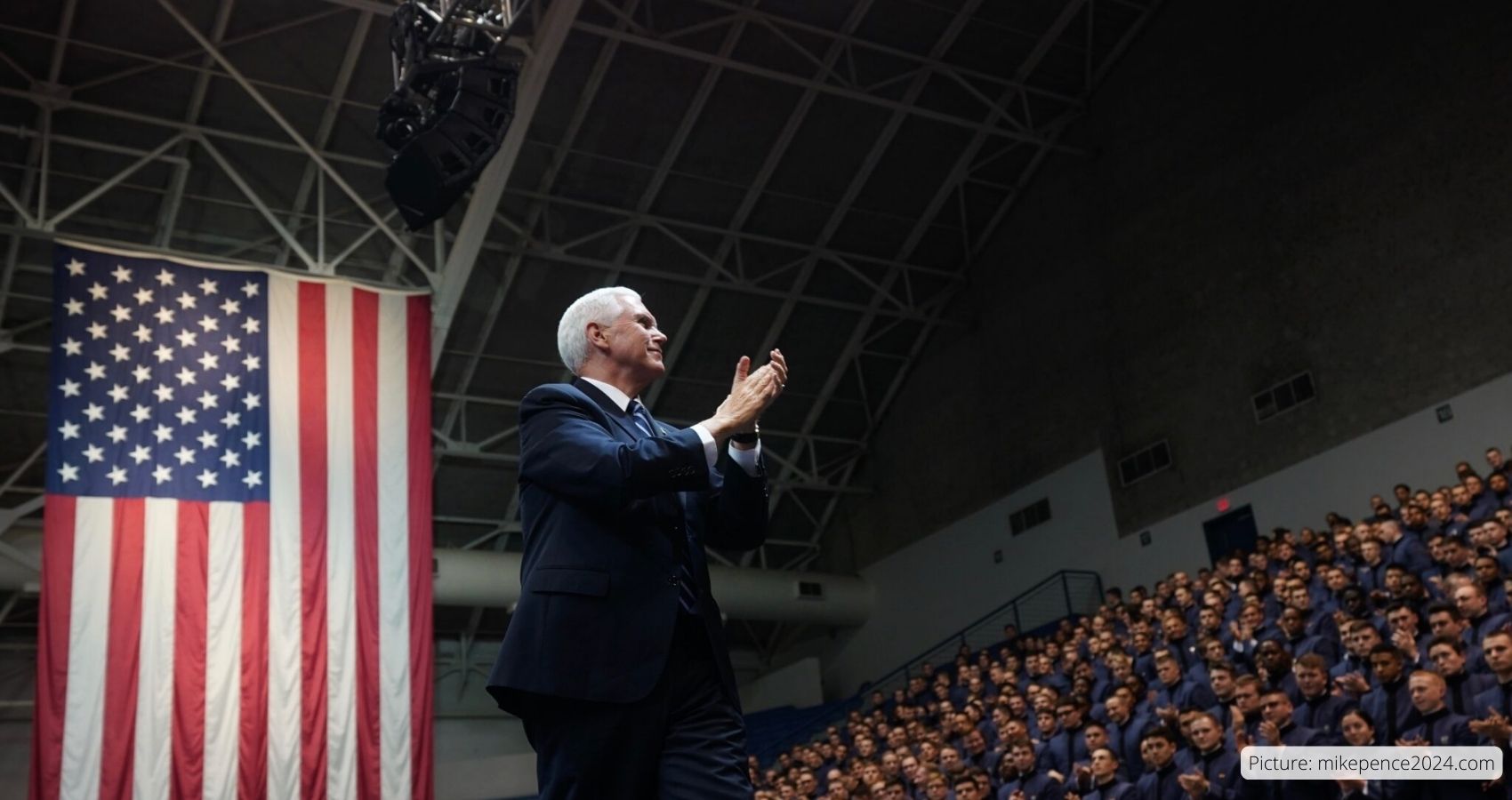
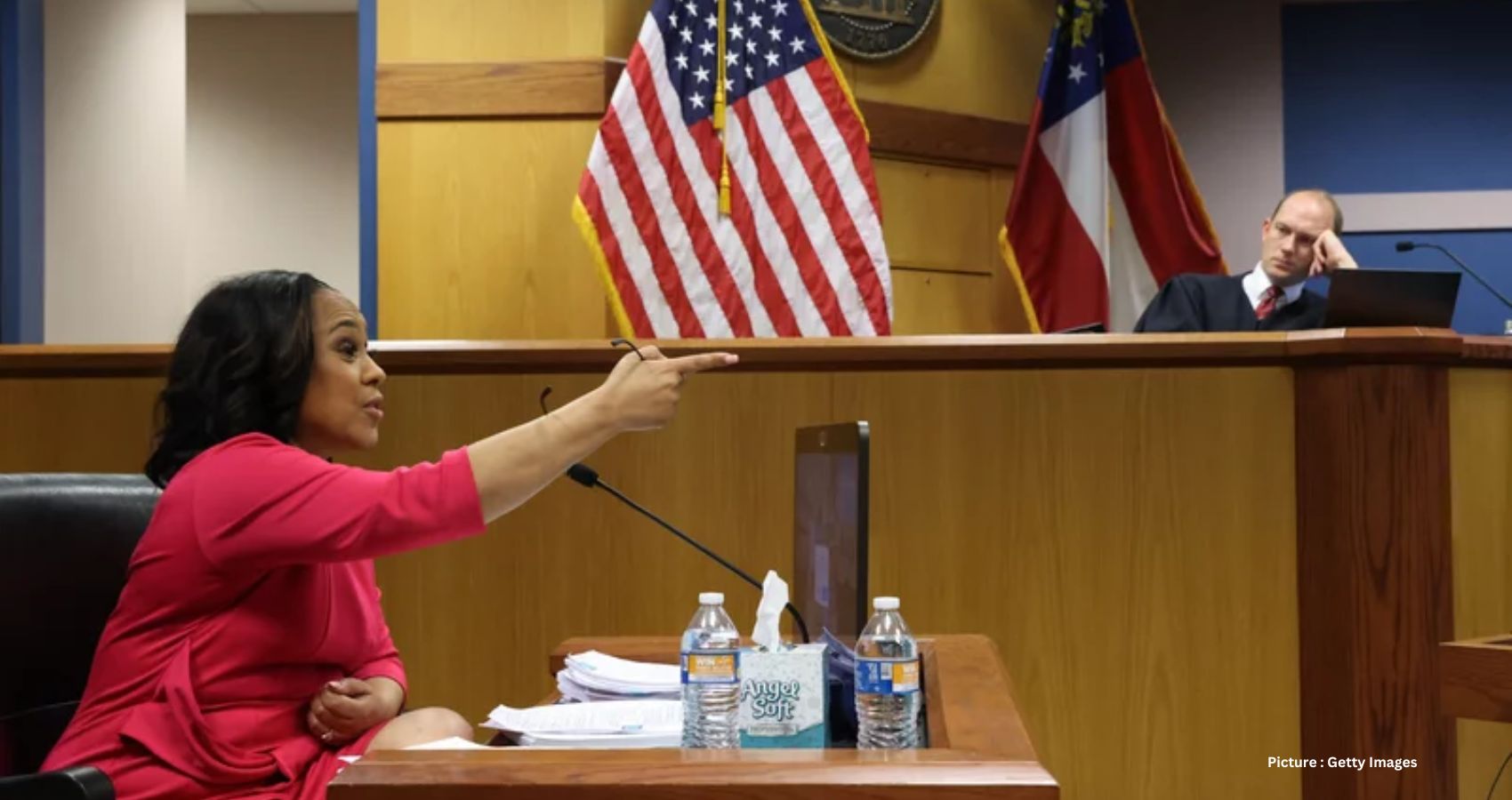
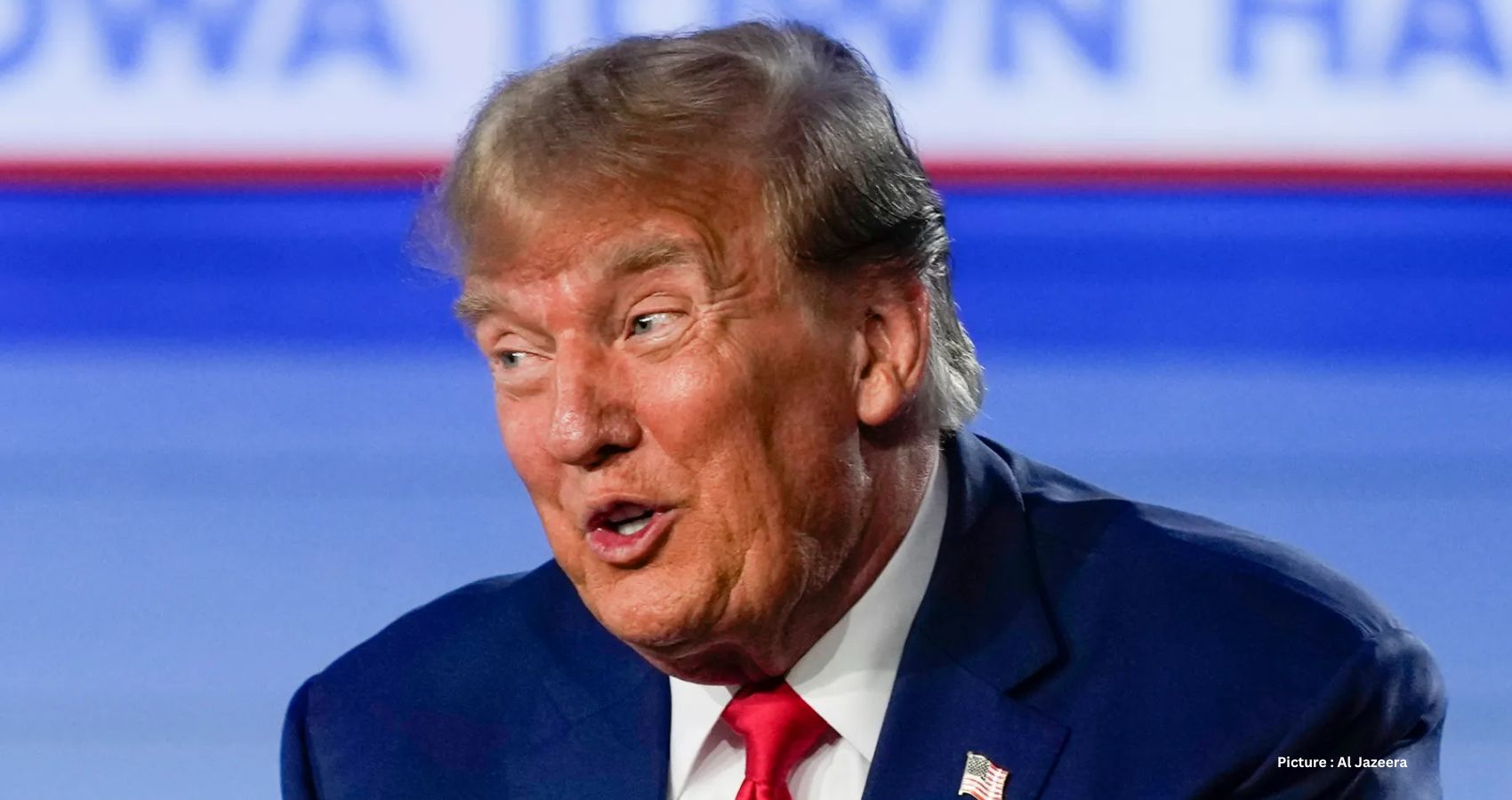
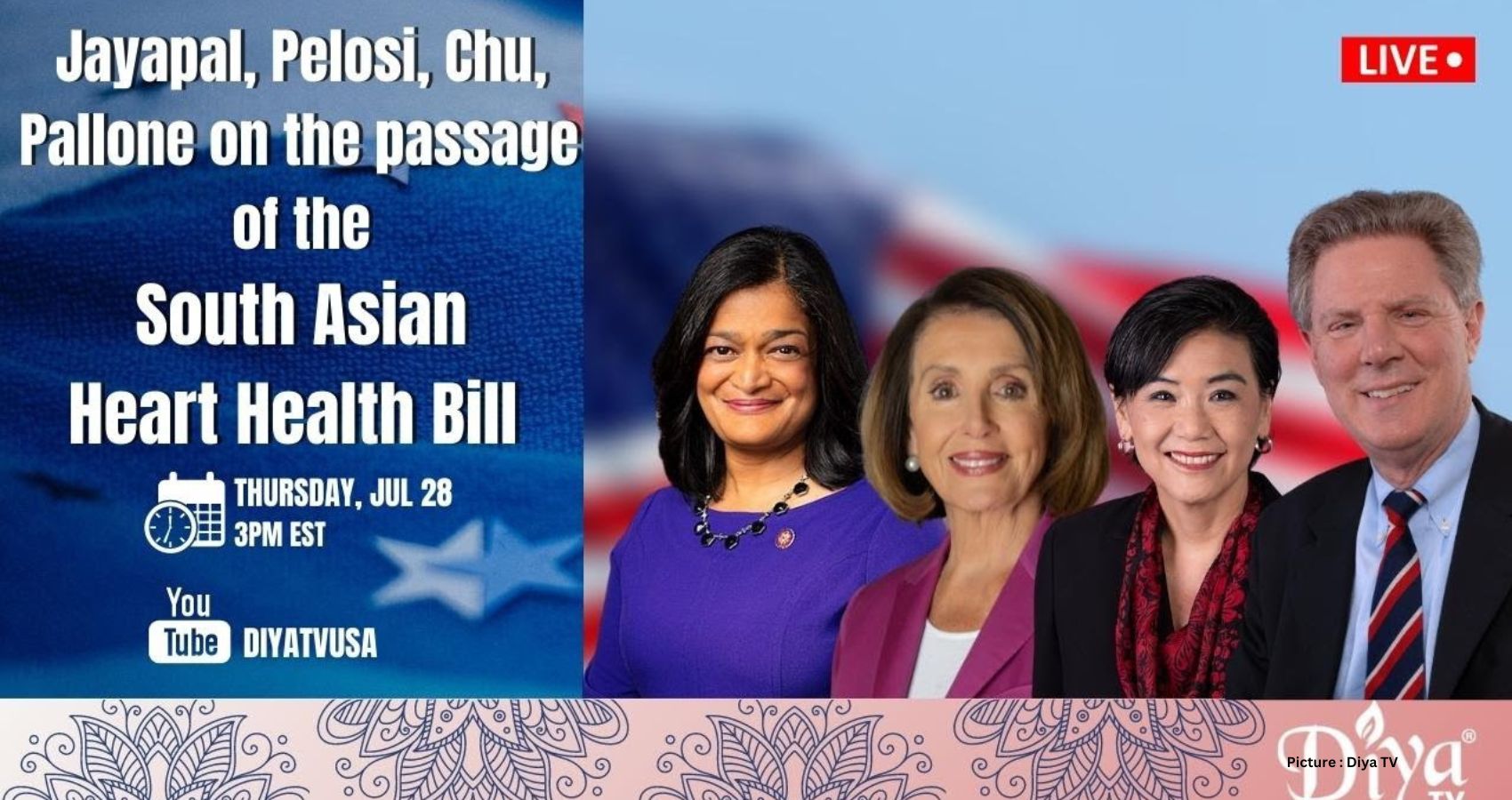
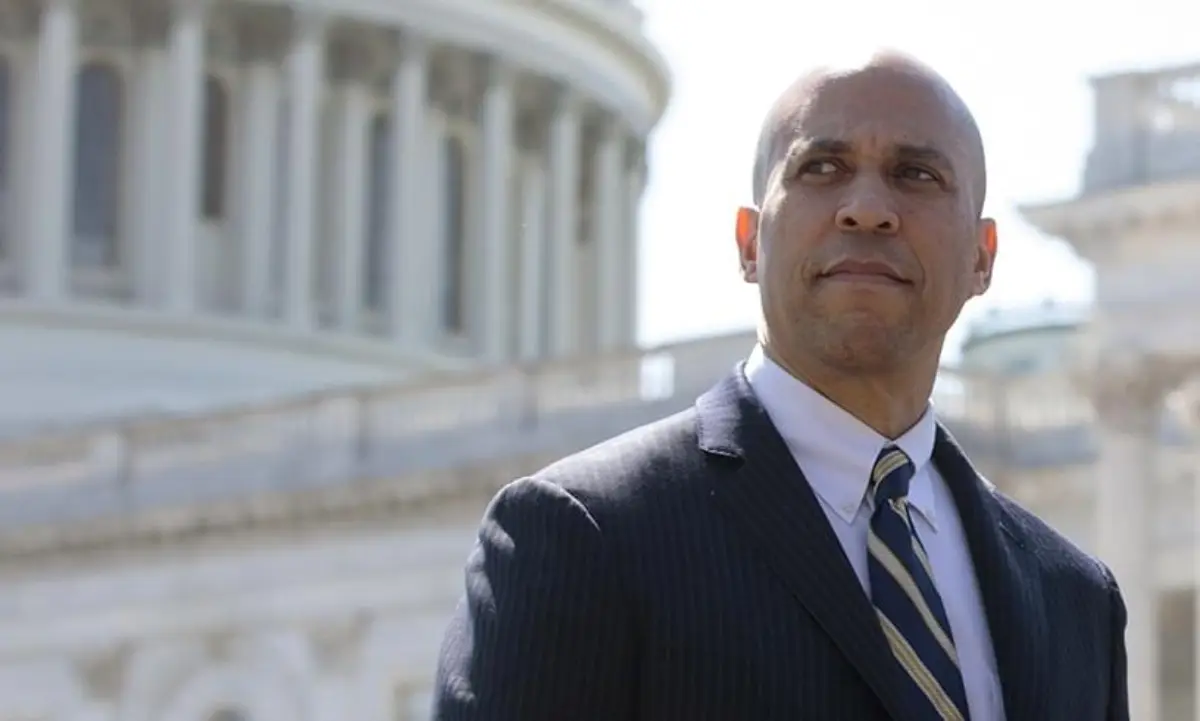 “Despite the heightened prevalence of cardiovascular diseases among South Asians, their risk for heart disease is not widely understood by the medical community,” Senator Booker said while introducing the bill. “This bill is an important step toward promoting critical research on heart disease, and supporting organizations working to improve heart health for at-risk communities across the nation. To reduce the impact of cardiovascular disease nationally, it is essential to invest in research into communities that are disproportionately at risk.”
“Despite the heightened prevalence of cardiovascular diseases among South Asians, their risk for heart disease is not widely understood by the medical community,” Senator Booker said while introducing the bill. “This bill is an important step toward promoting critical research on heart disease, and supporting organizations working to improve heart health for at-risk communities across the nation. To reduce the impact of cardiovascular disease nationally, it is essential to invest in research into communities that are disproportionately at risk.”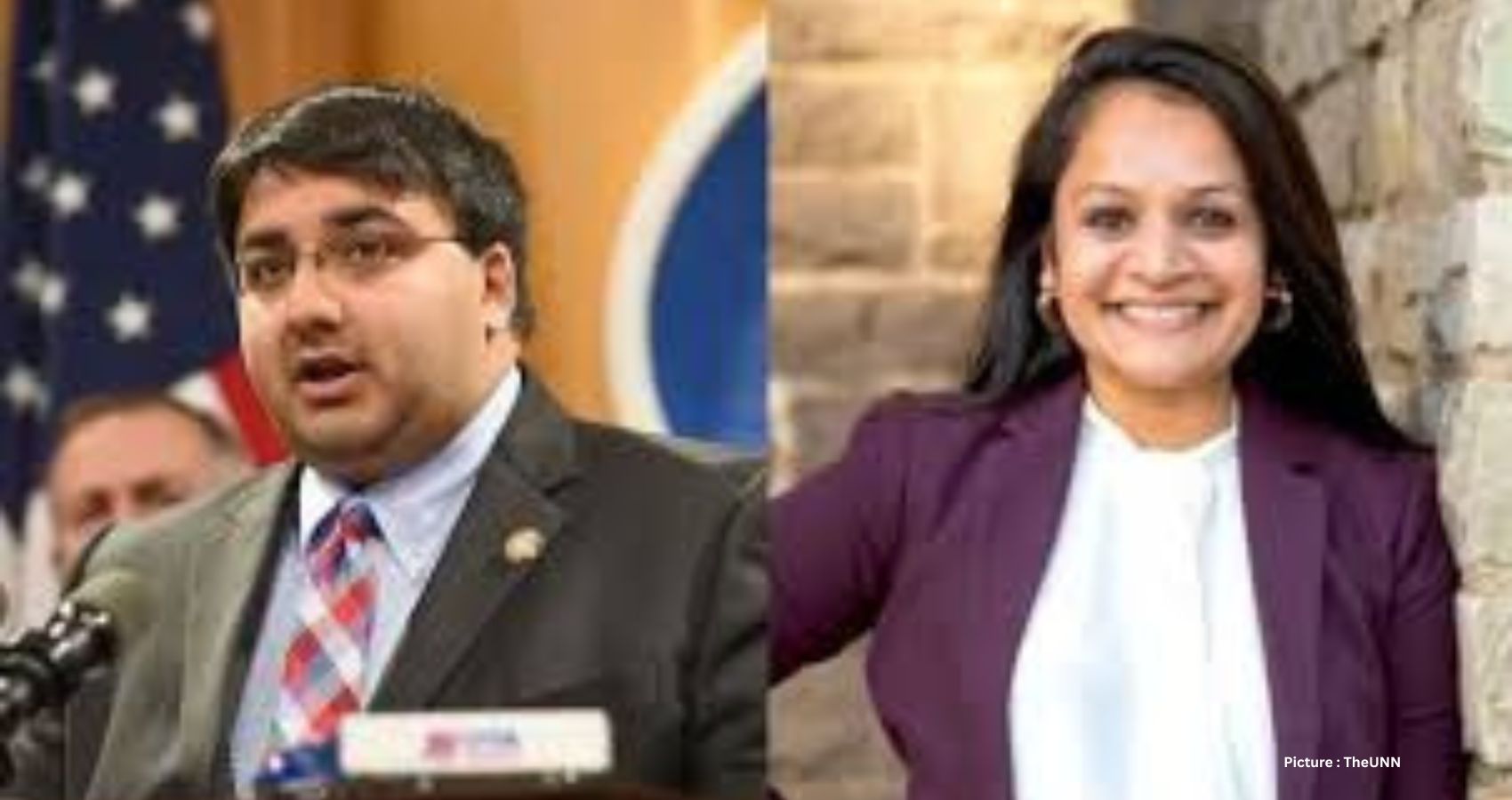

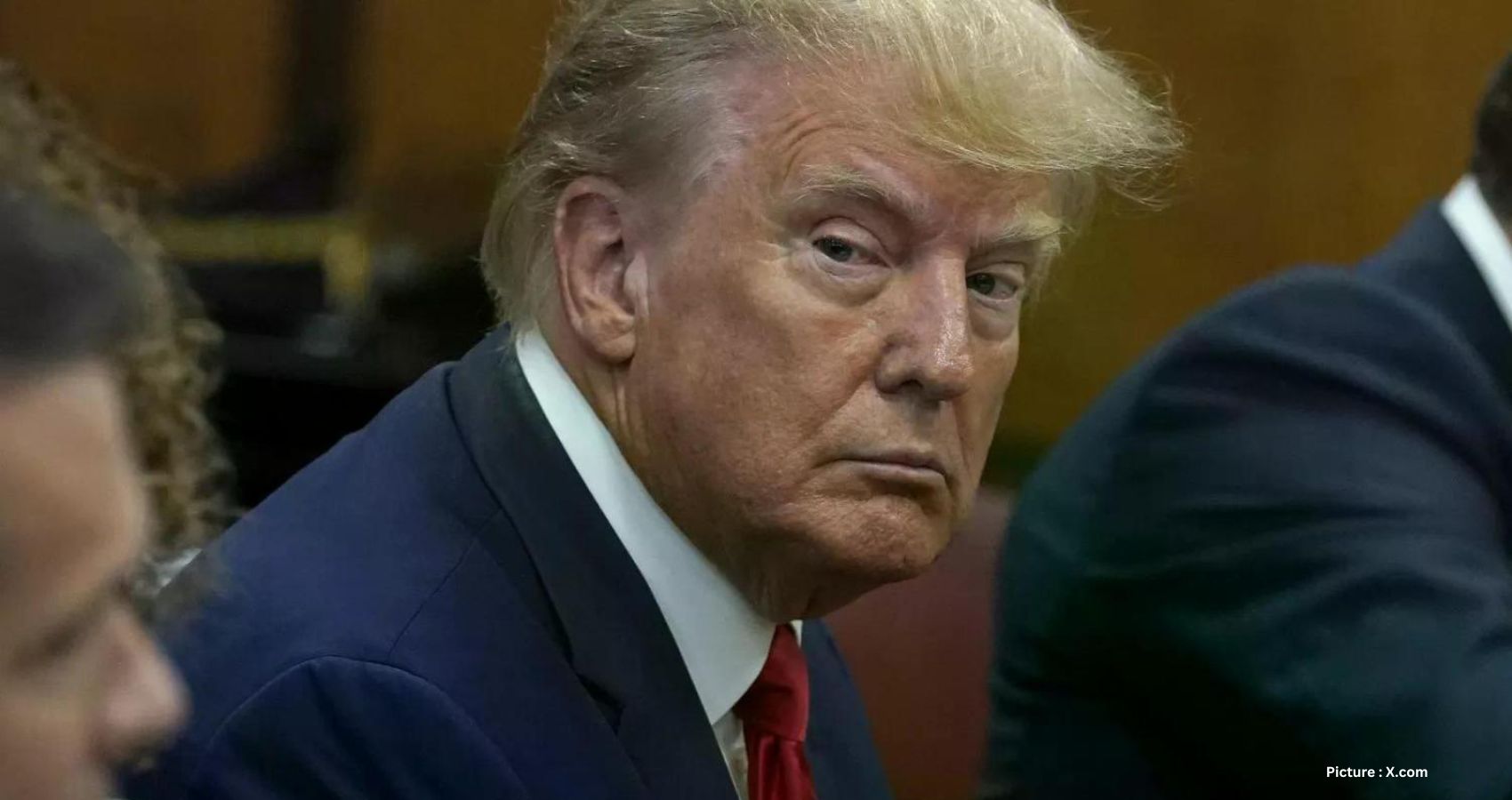
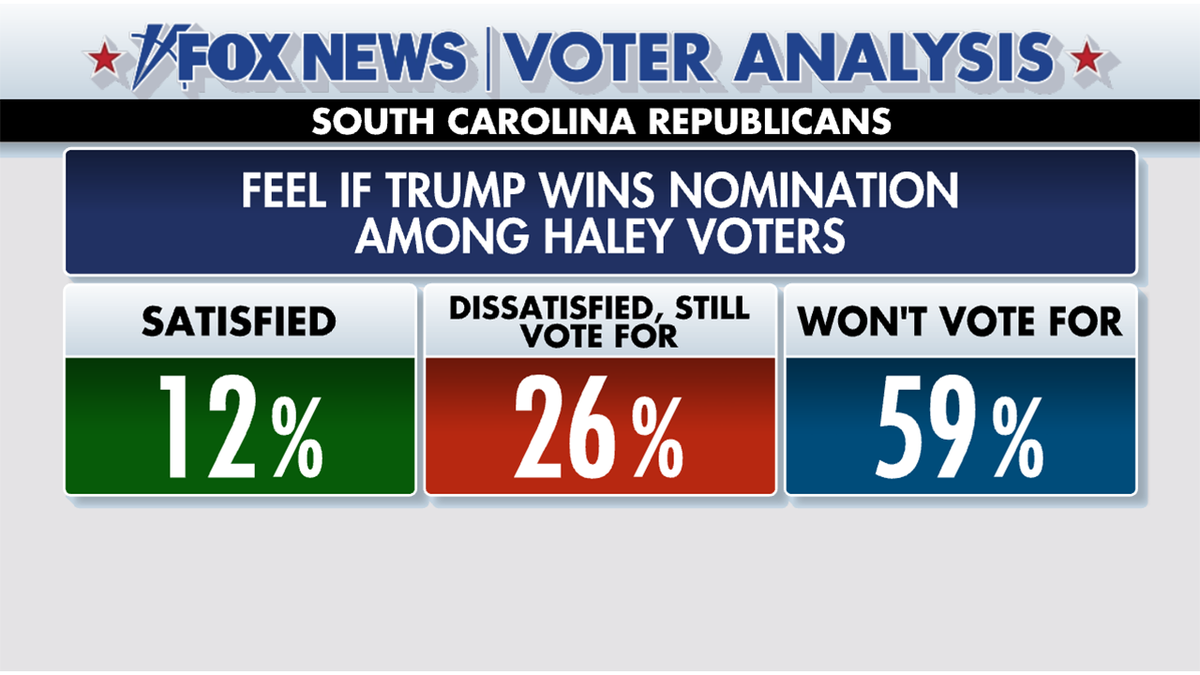 However, others feel differently. According to The Hill, Trump has reasons to be optimistic. He almost never led in any polls during the 2020 election cycle, yet he still came within a few thousand votes of pulling off a second narrow Electoral College victory. In contrast, he now leads in nearly every national poll. He also leads or ties Biden in every important swing state.
However, others feel differently. According to The Hill, Trump has reasons to be optimistic. He almost never led in any polls during the 2020 election cycle, yet he still came within a few thousand votes of pulling off a second narrow Electoral College victory. In contrast, he now leads in nearly every national poll. He also leads or ties Biden in every important swing state.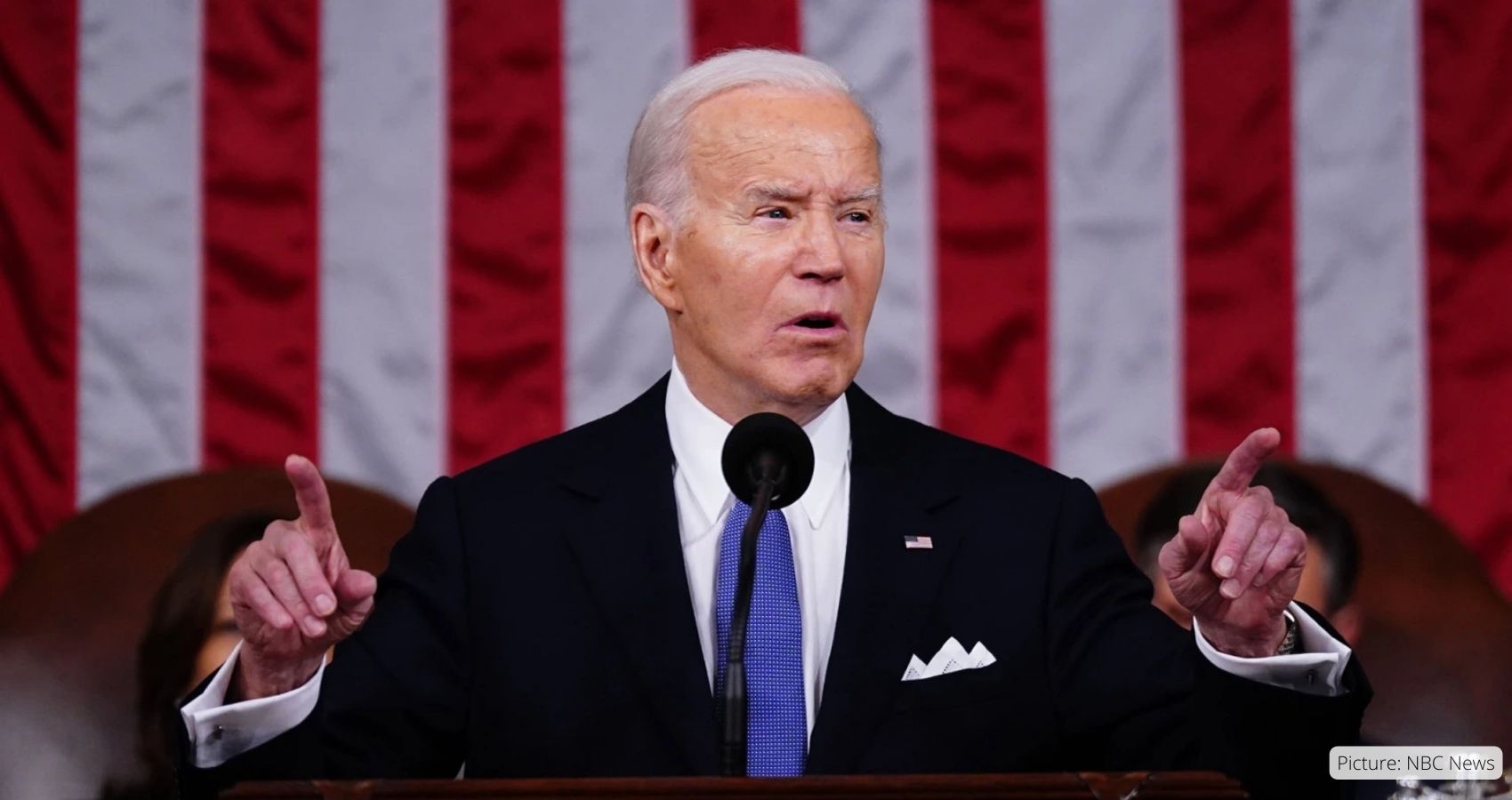
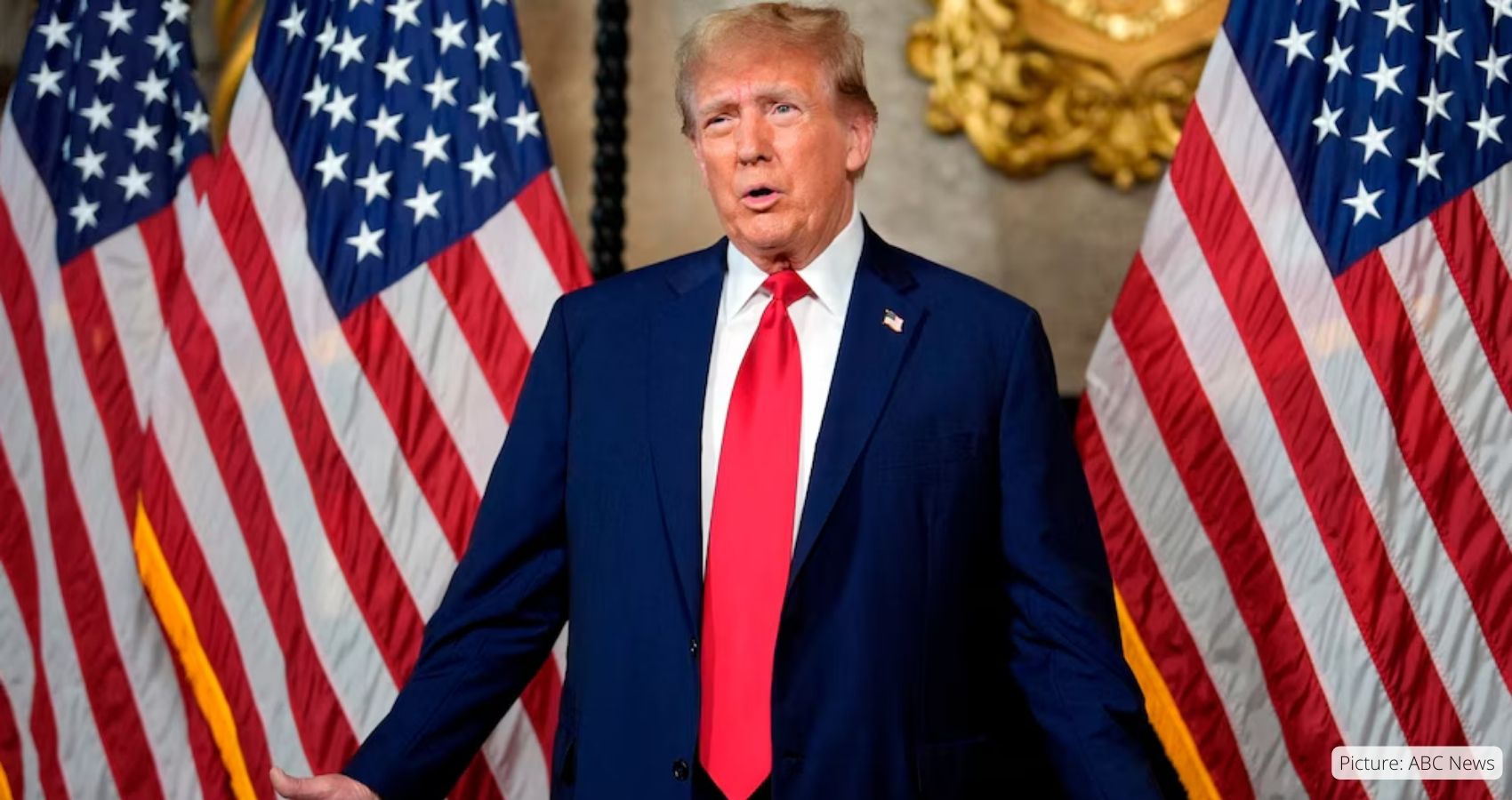
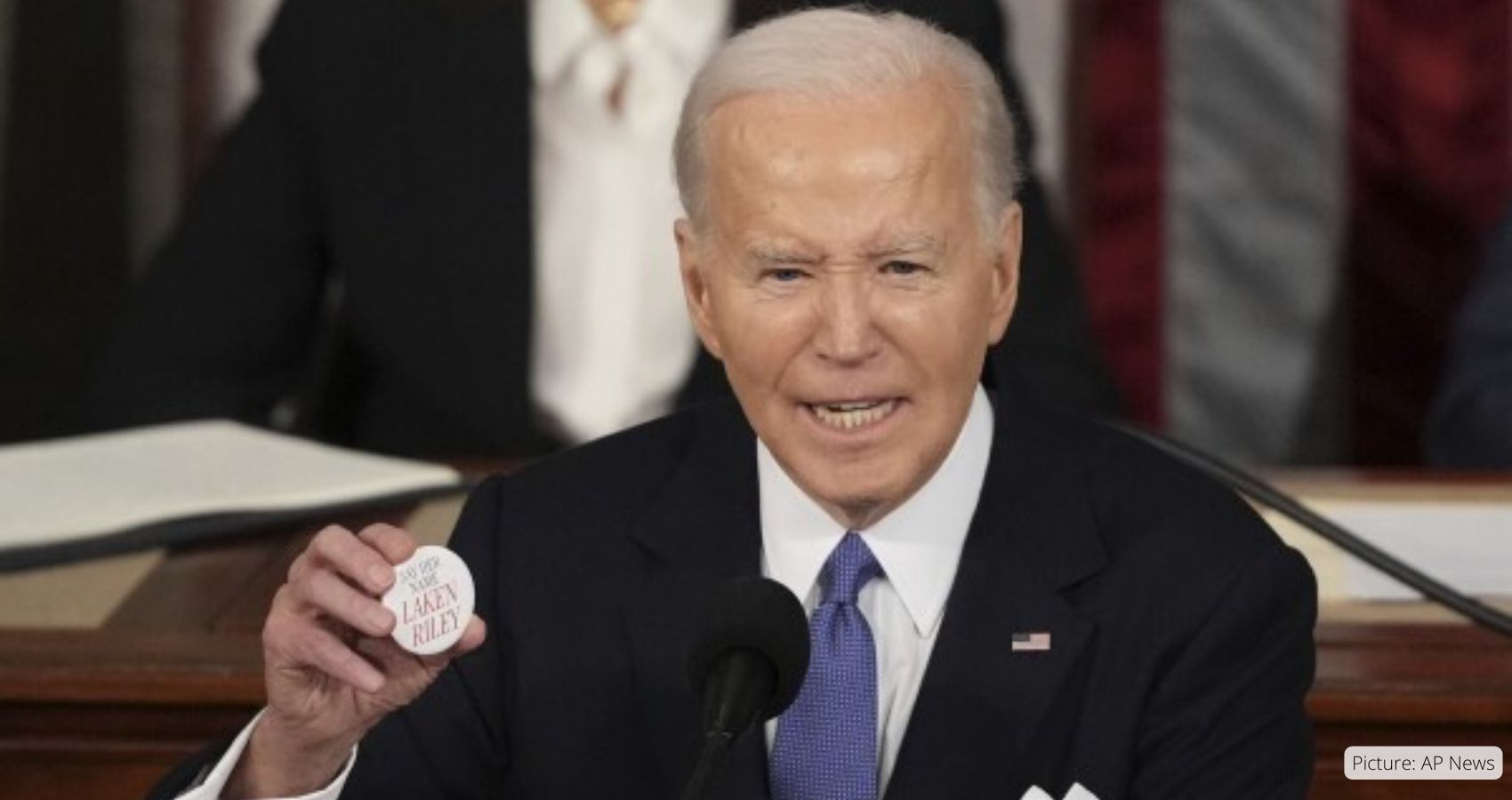
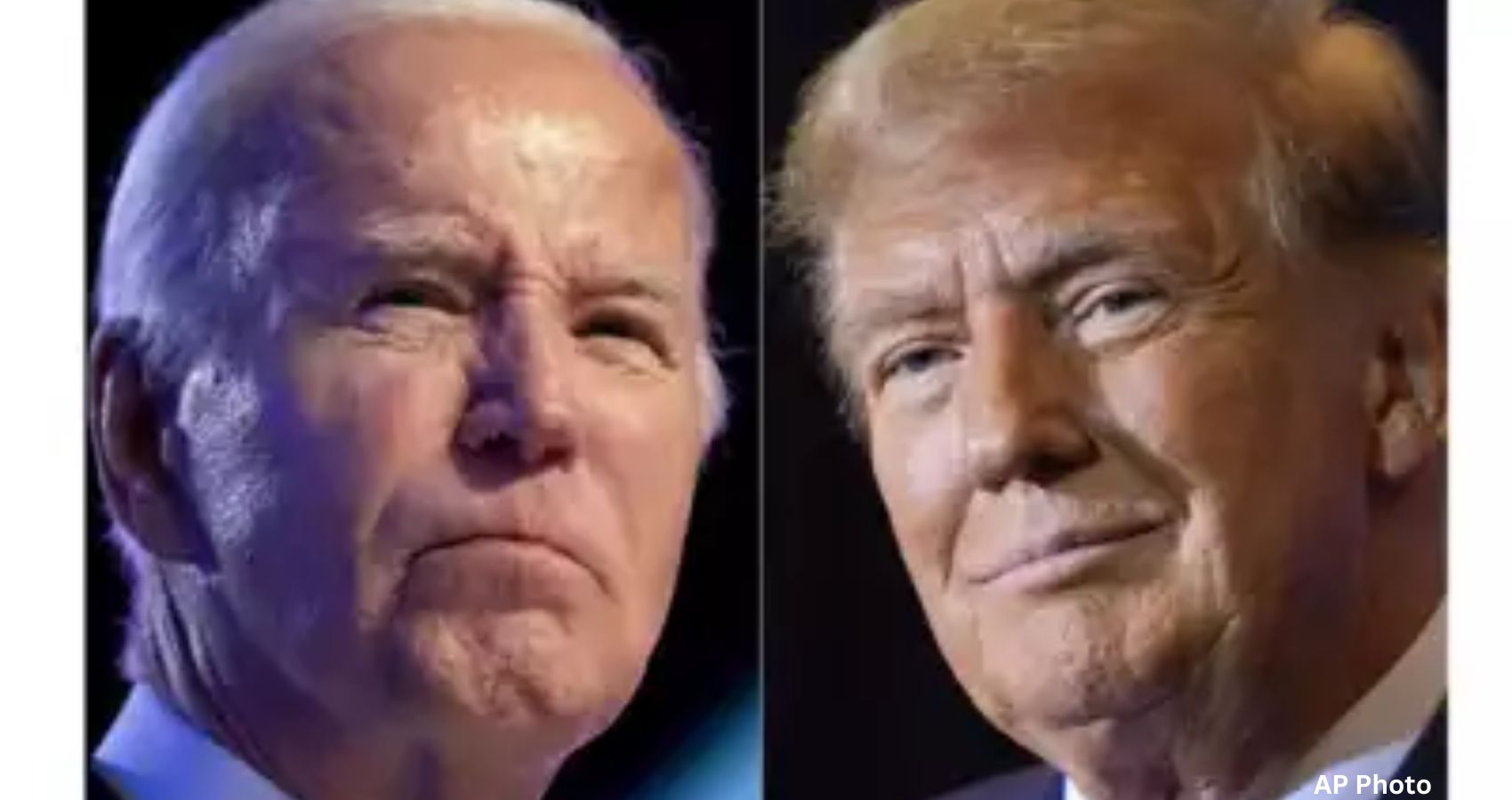
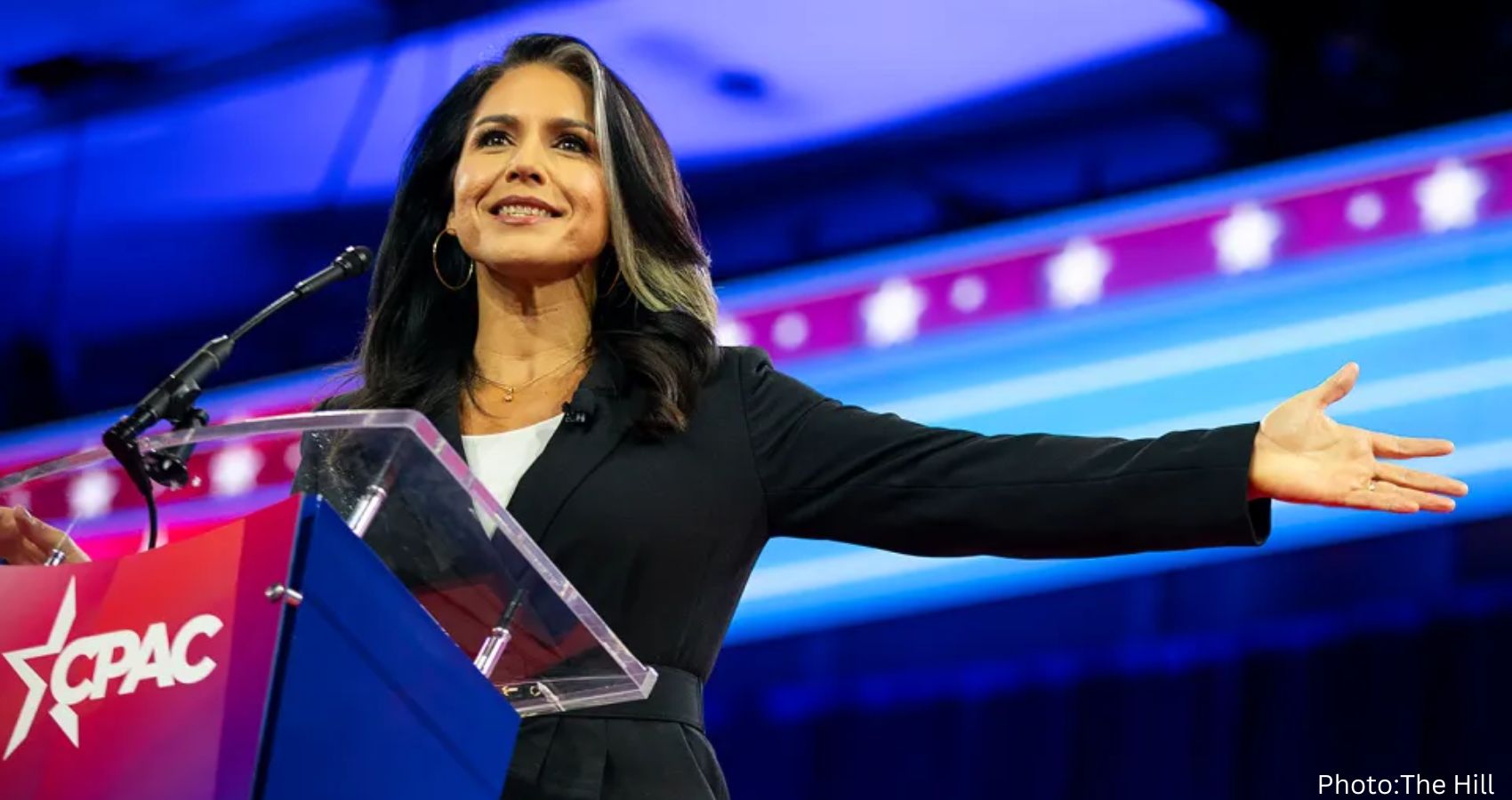
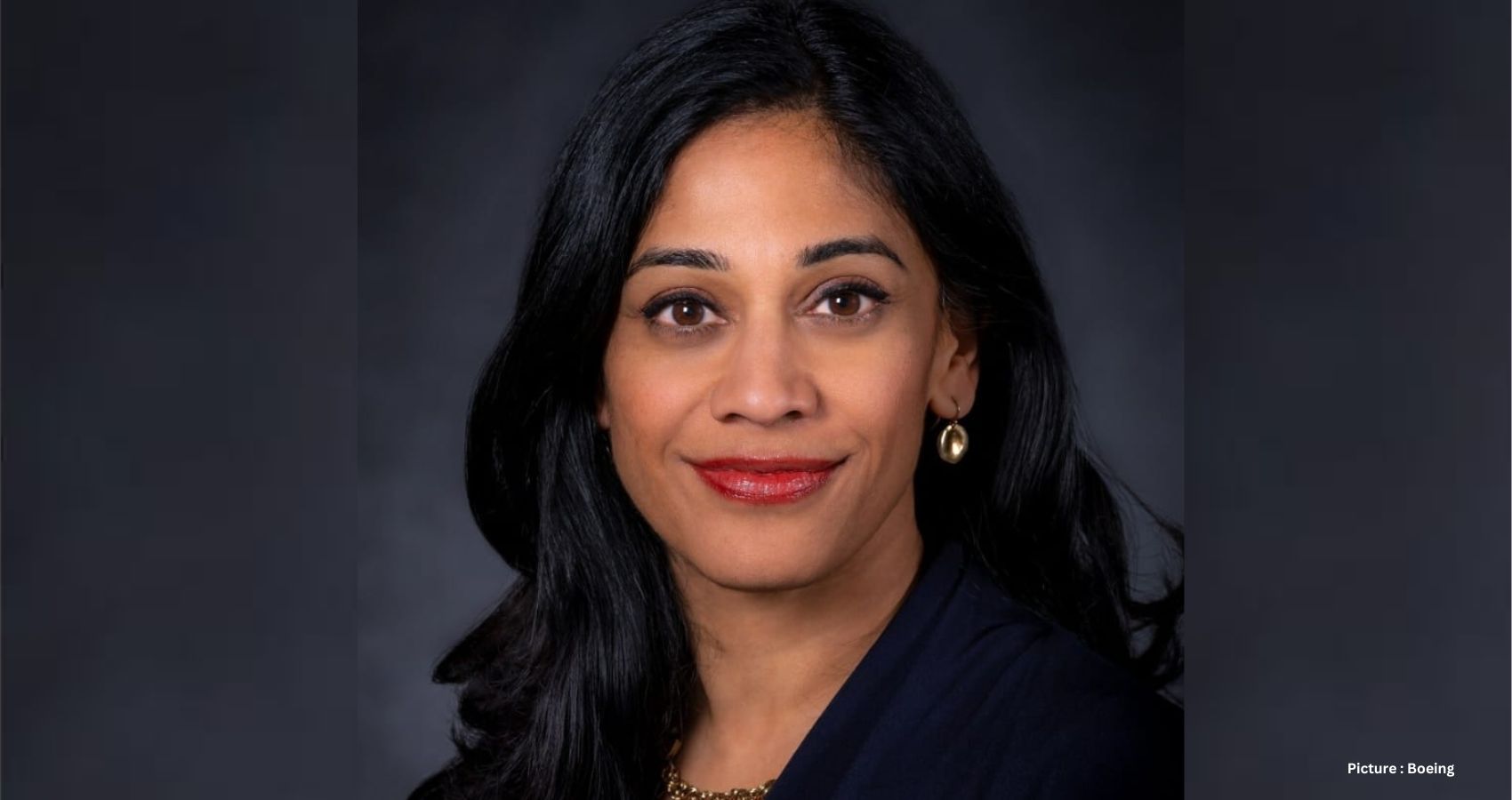


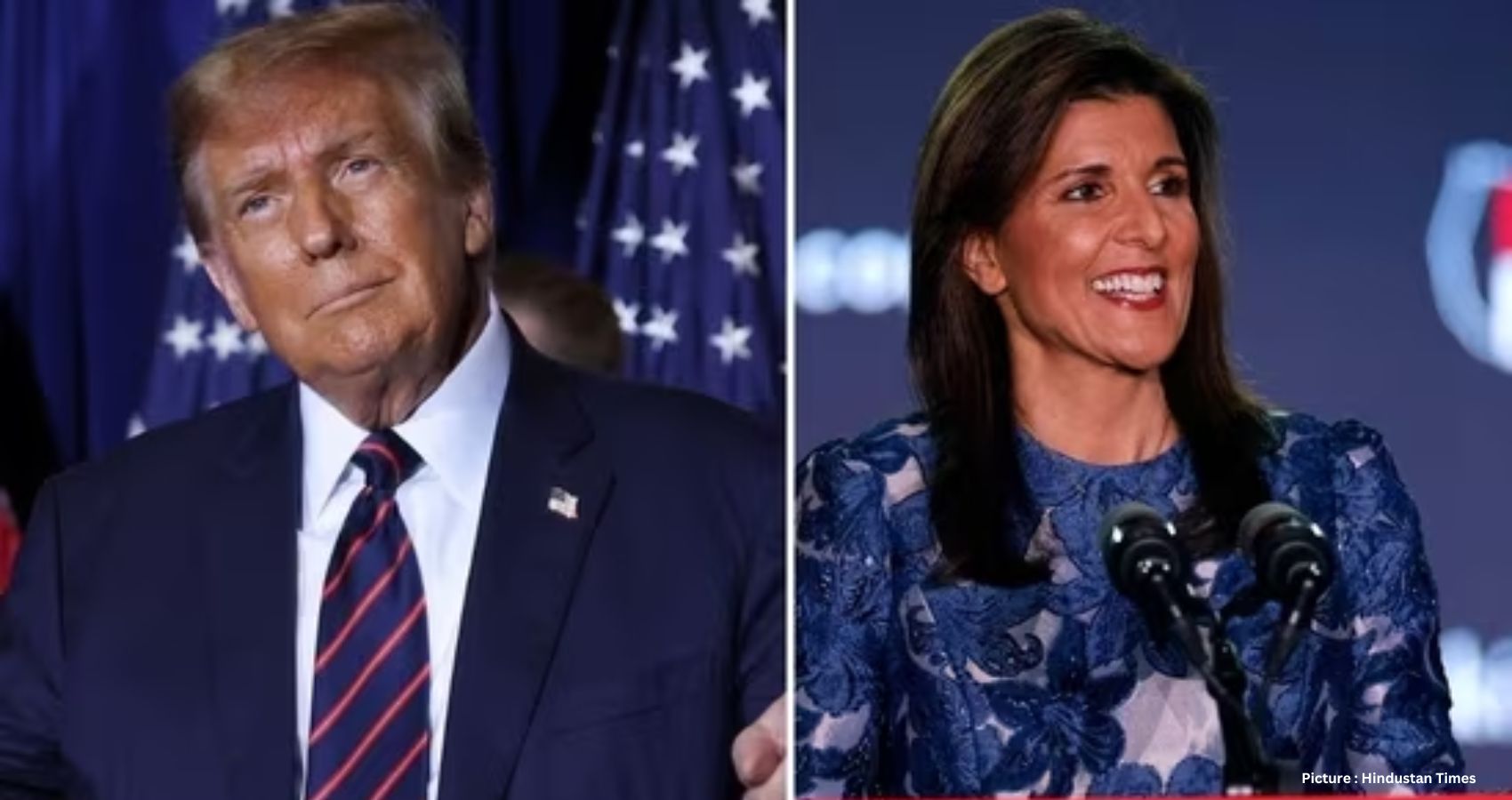
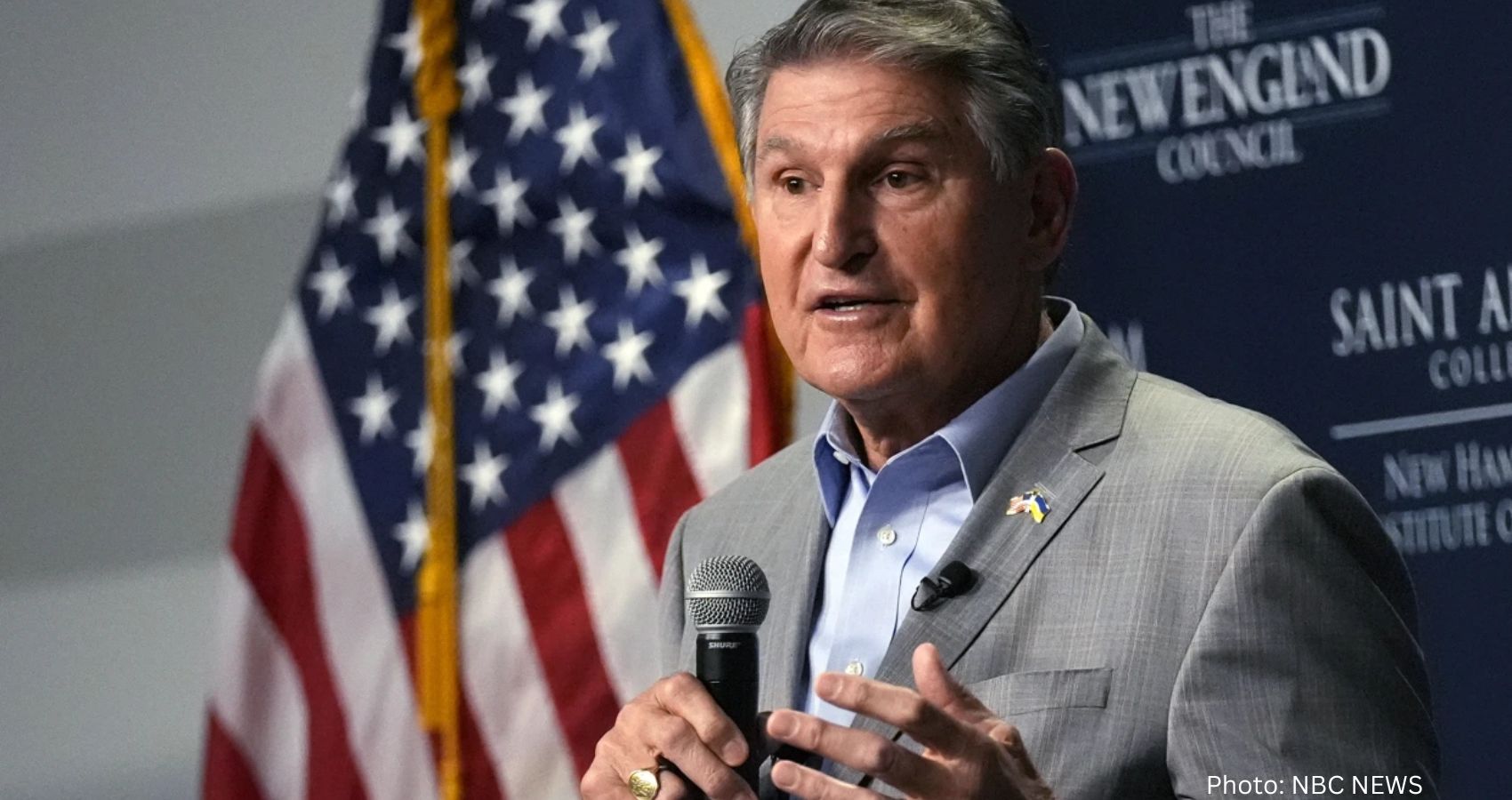
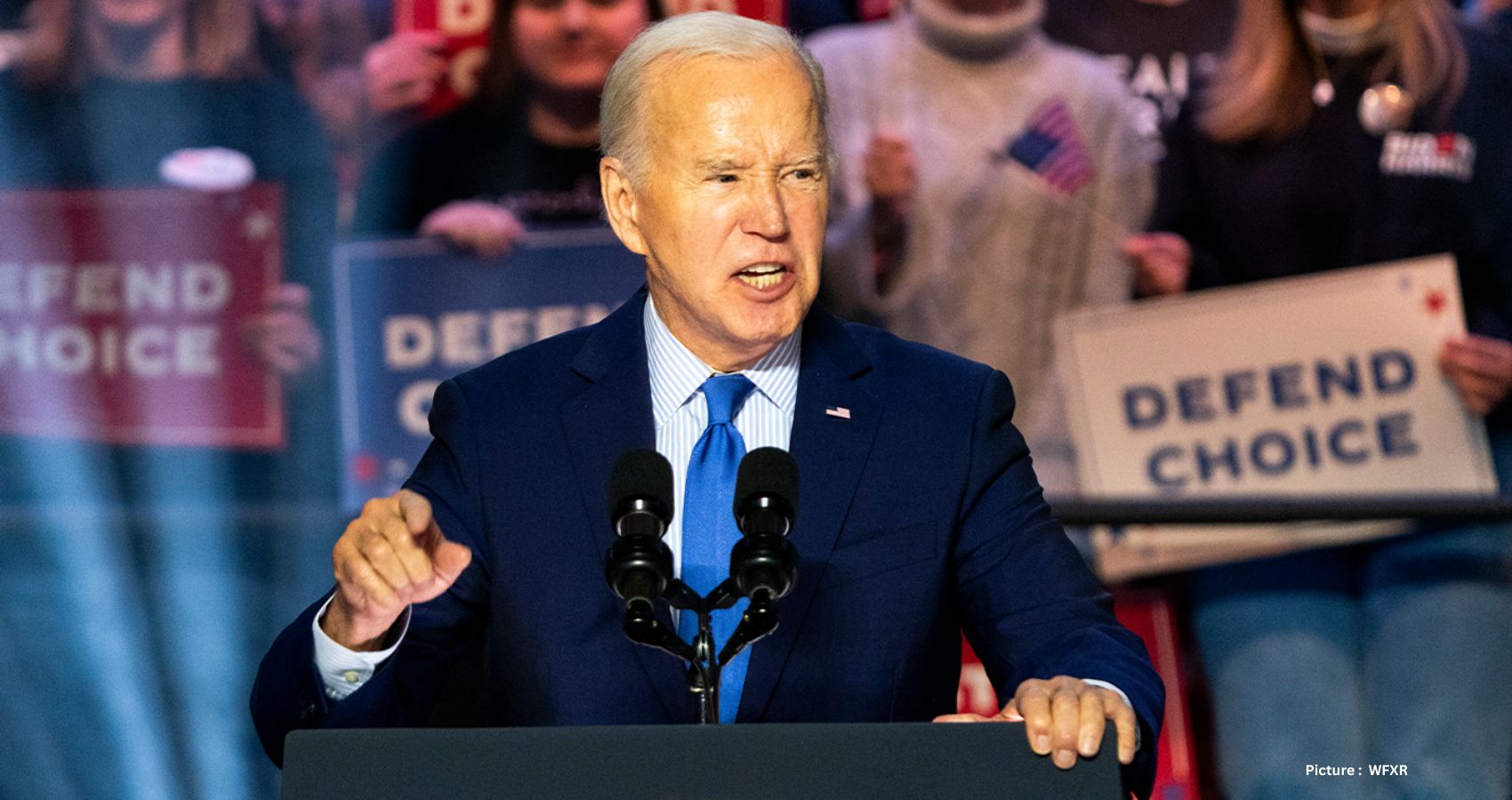
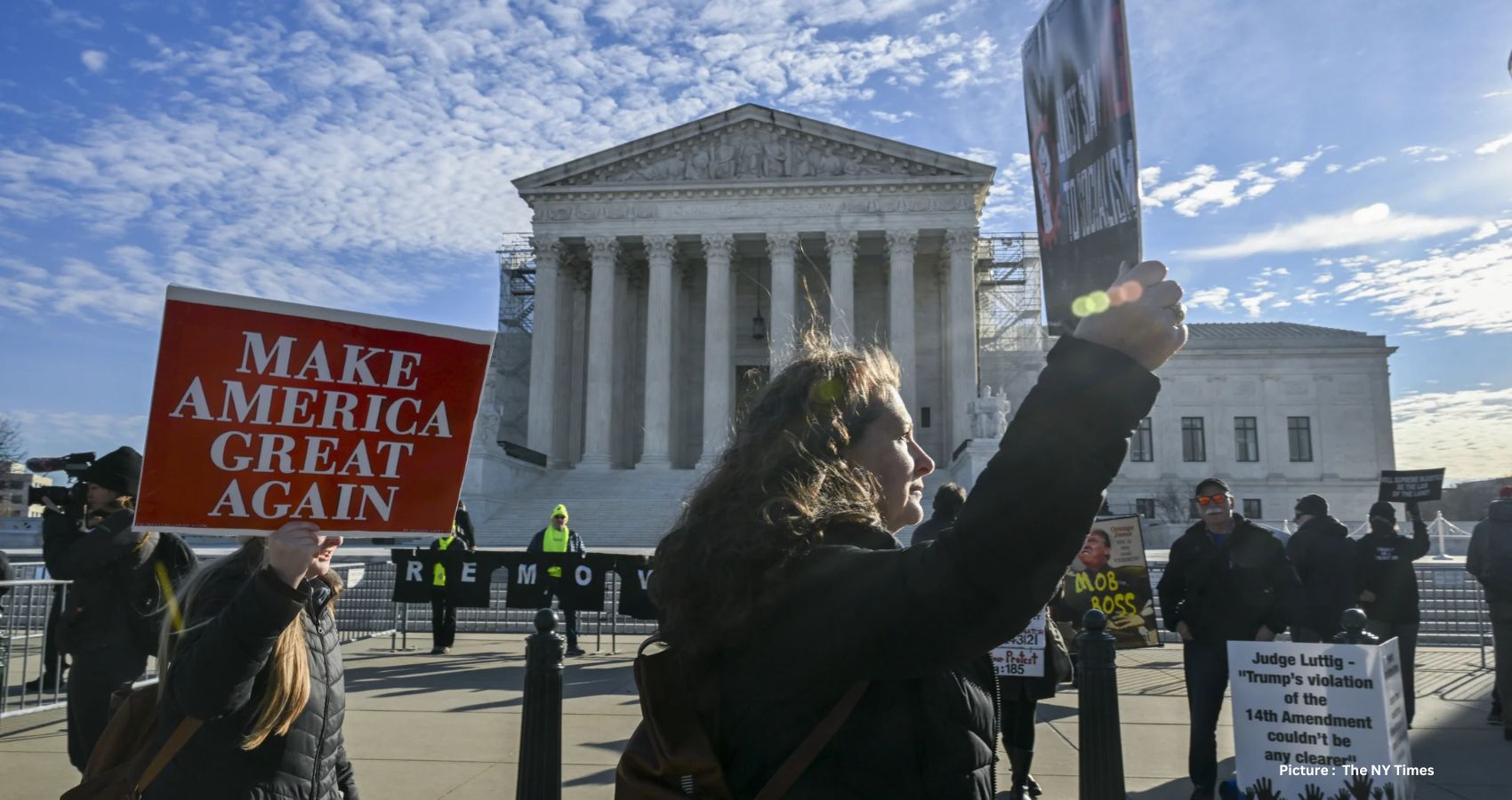
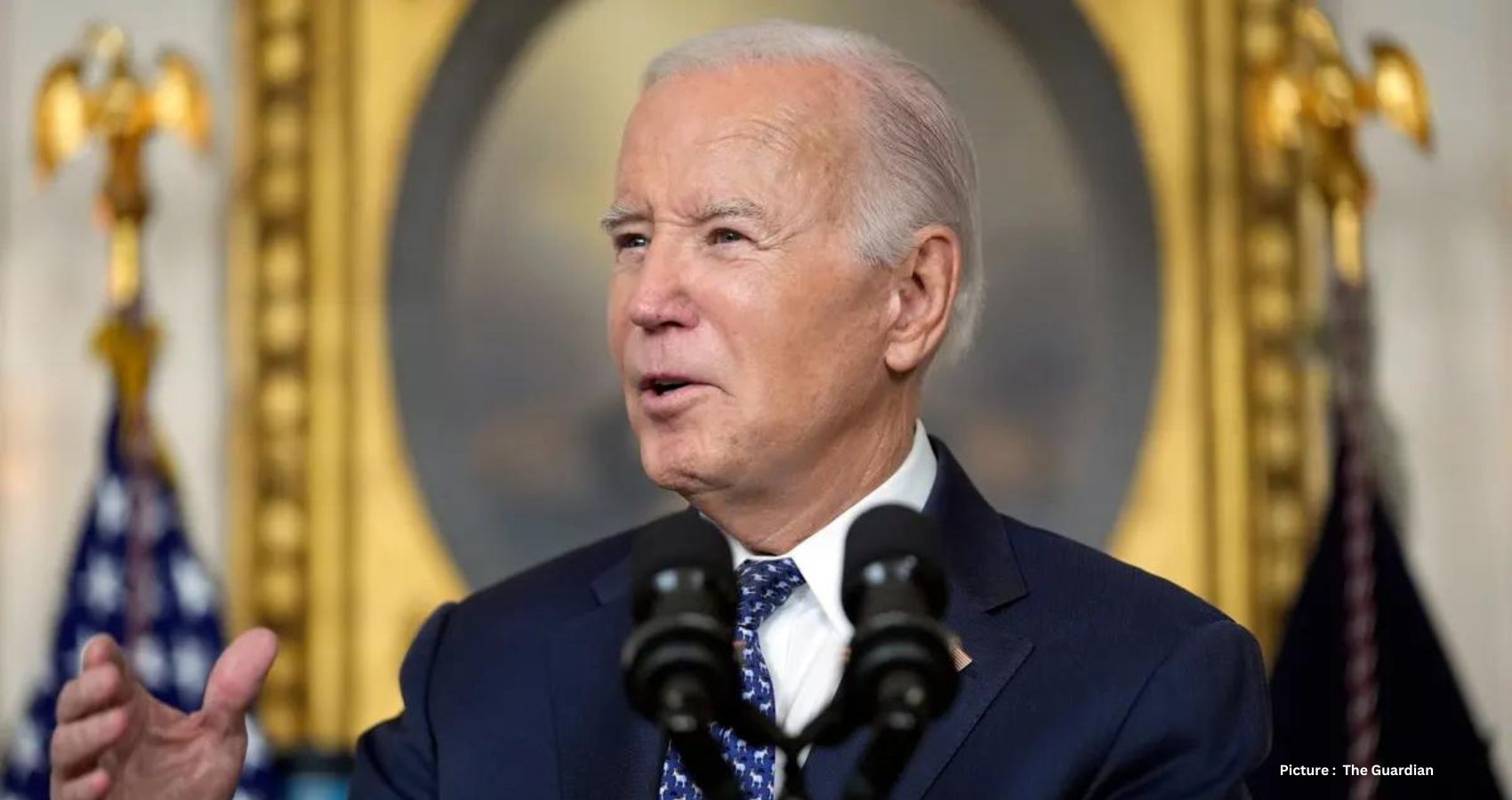

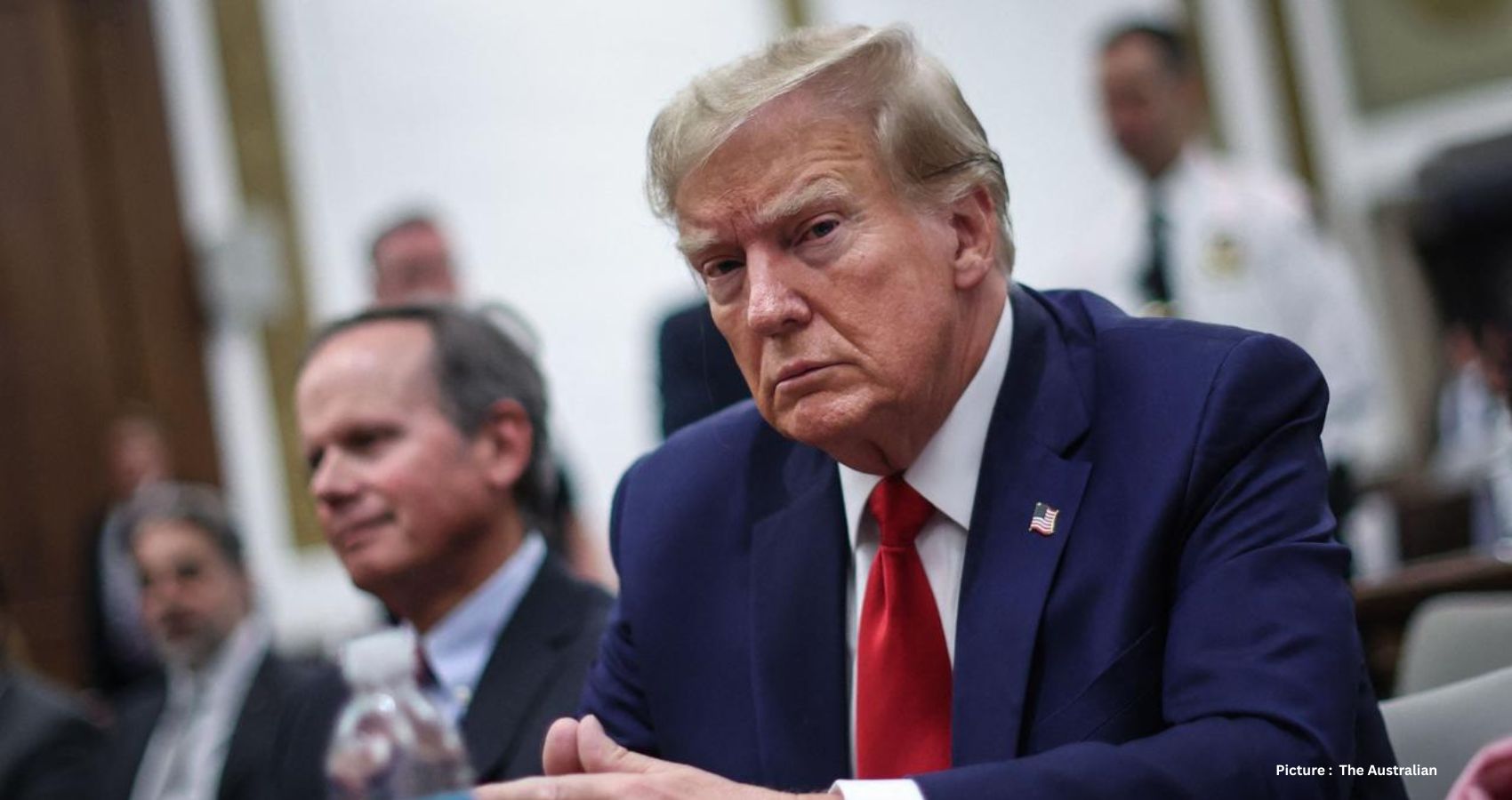
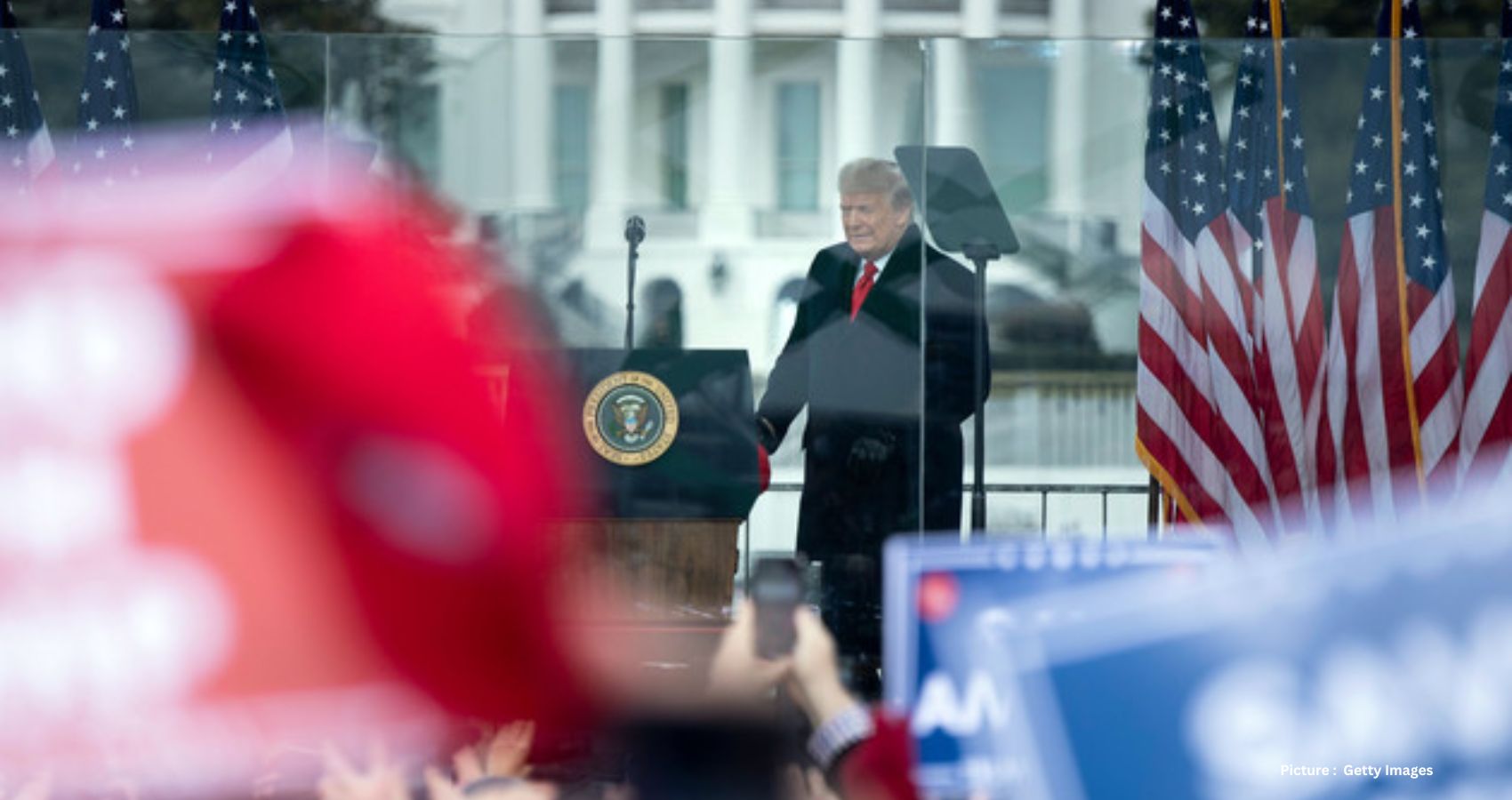
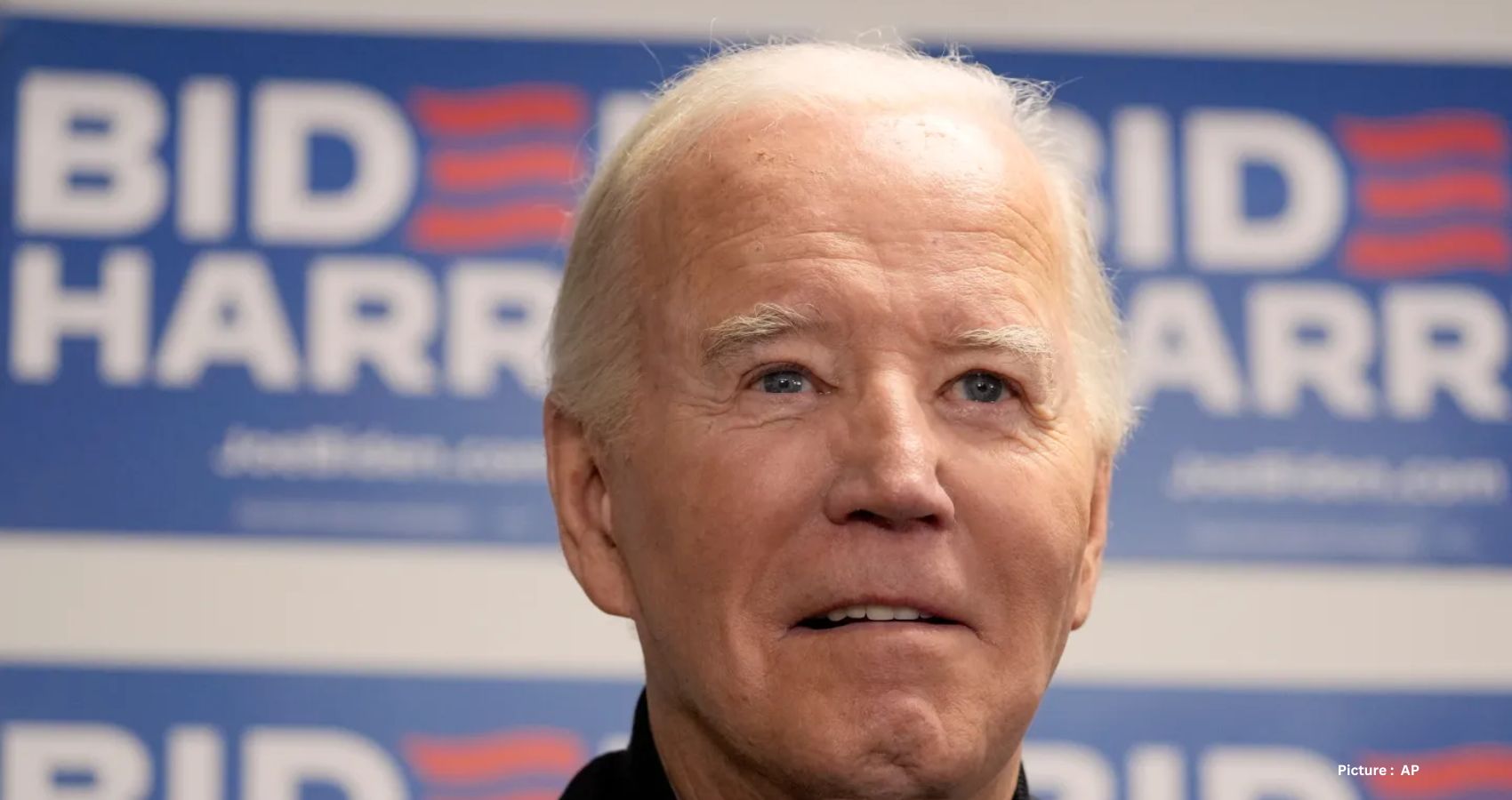
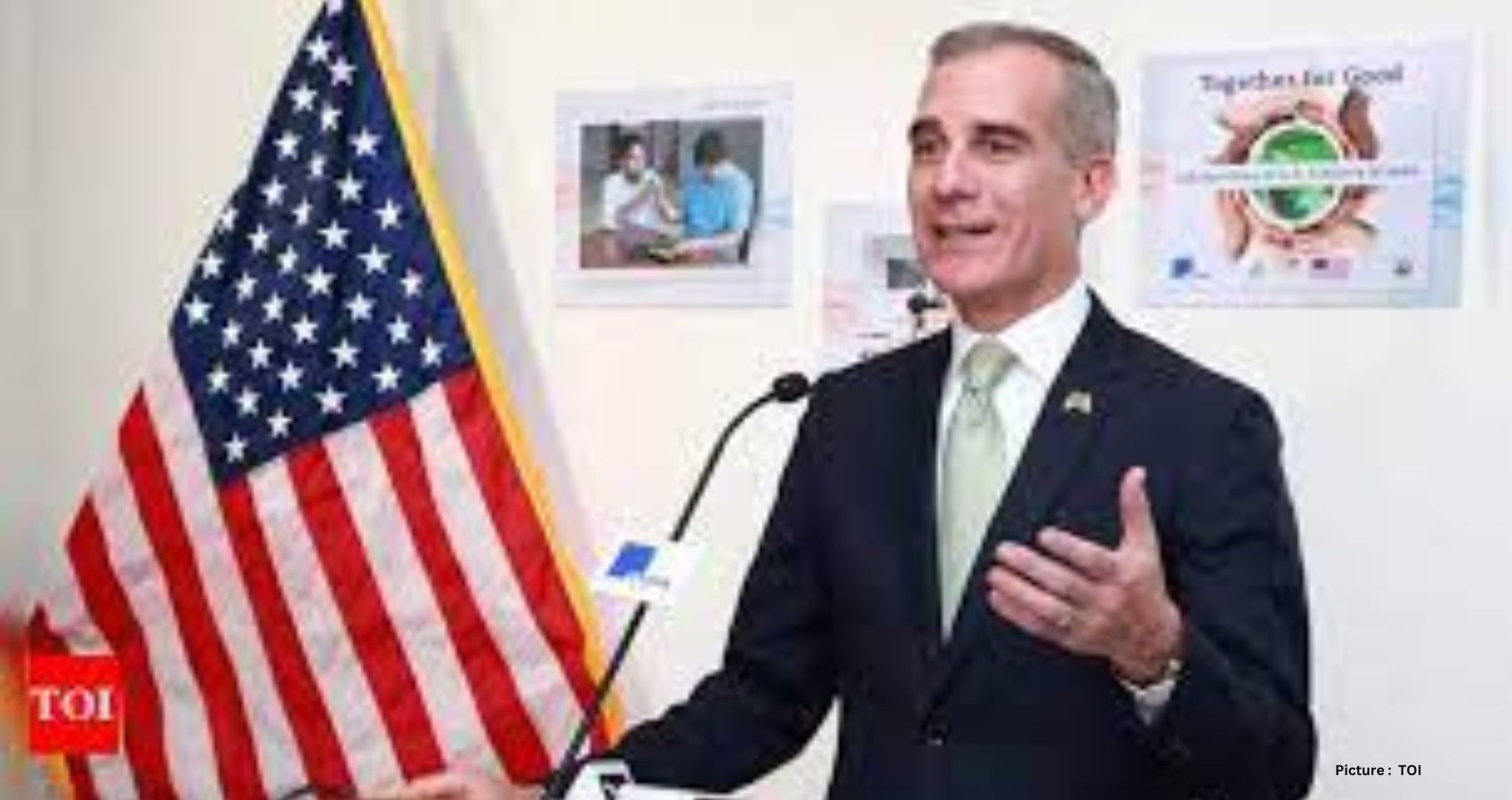
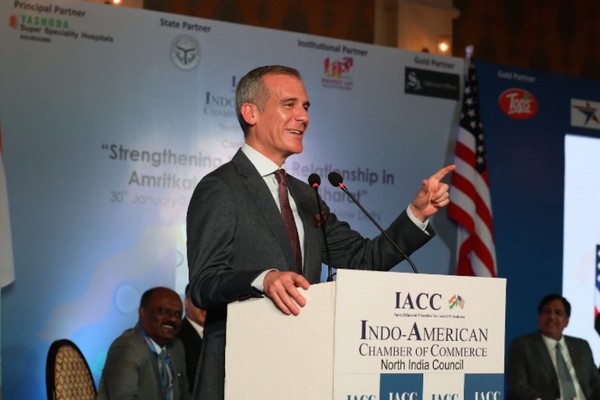 Garcetti noted US cabinet members do not just visit India for a chance to see monuments like the Taj Mahal or with a touch-and-go attitude. Instead, they leave with concrete deliverables like greater cooperation and co production and development in the defense industry, such as the GE Engine deal.
Garcetti noted US cabinet members do not just visit India for a chance to see monuments like the Taj Mahal or with a touch-and-go attitude. Instead, they leave with concrete deliverables like greater cooperation and co production and development in the defense industry, such as the GE Engine deal.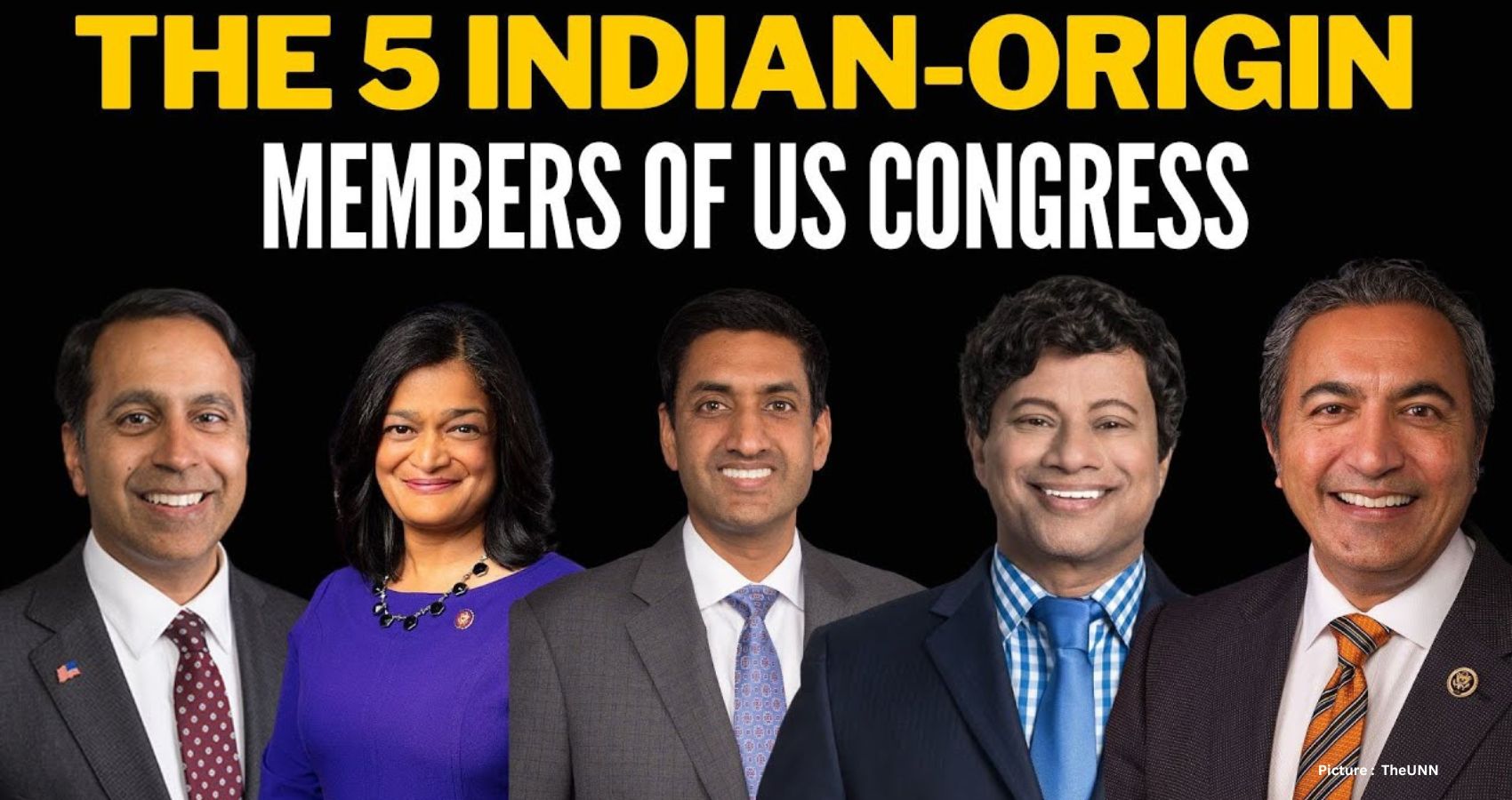
 Ever since Gov. Bobby Jindal the first ever major Indian American presidential candidate who had sought to occupy the White House, there have been many others who have followed in his footsteps. Indian Americans have expressed keen interest in carving out their political space at the national table for decades, and now, the fruits of their labor are paying off, with more successes now than ever before.
Ever since Gov. Bobby Jindal the first ever major Indian American presidential candidate who had sought to occupy the White House, there have been many others who have followed in his footsteps. Indian Americans have expressed keen interest in carving out their political space at the national table for decades, and now, the fruits of their labor are paying off, with more successes now than ever before.
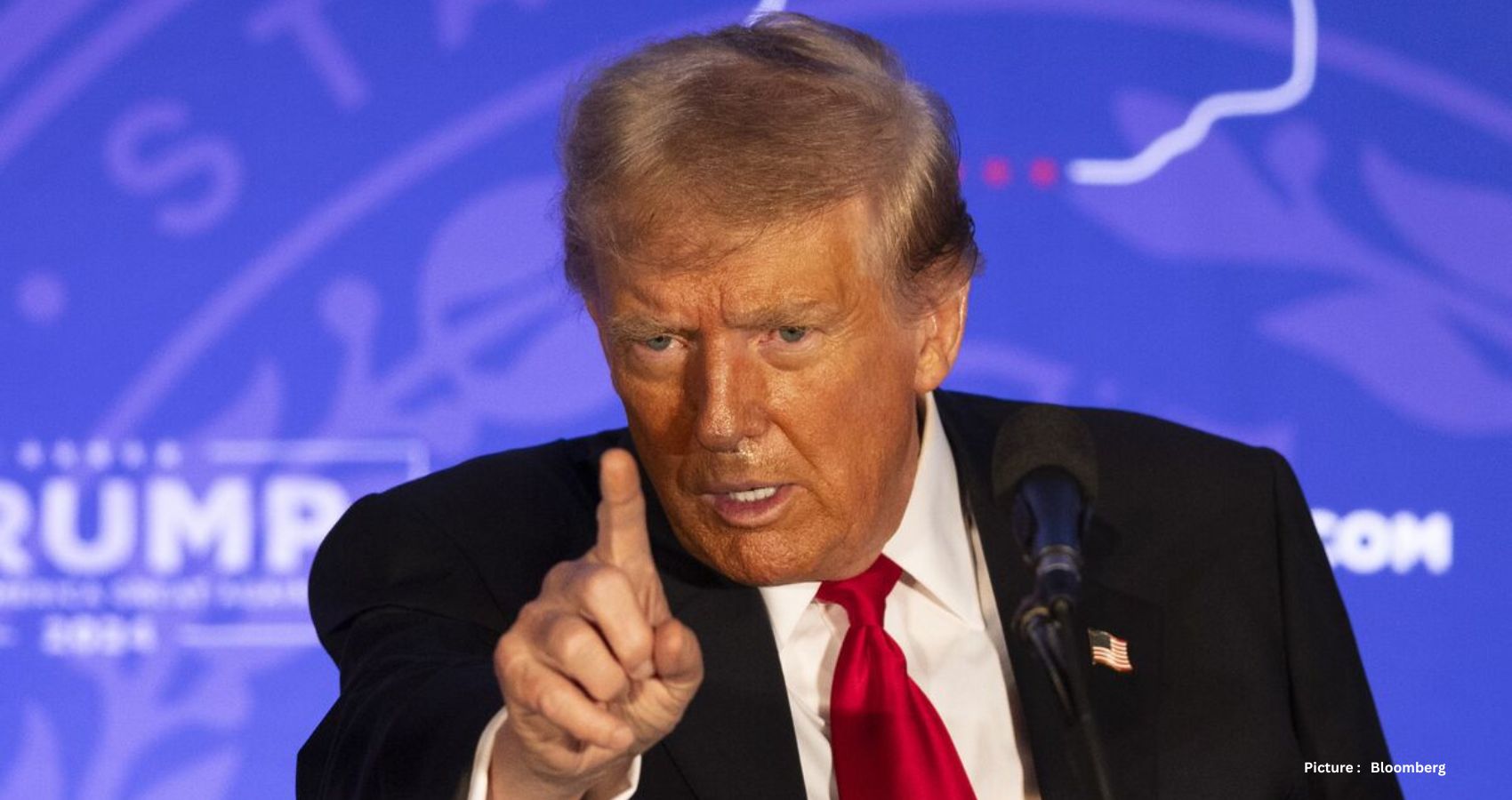


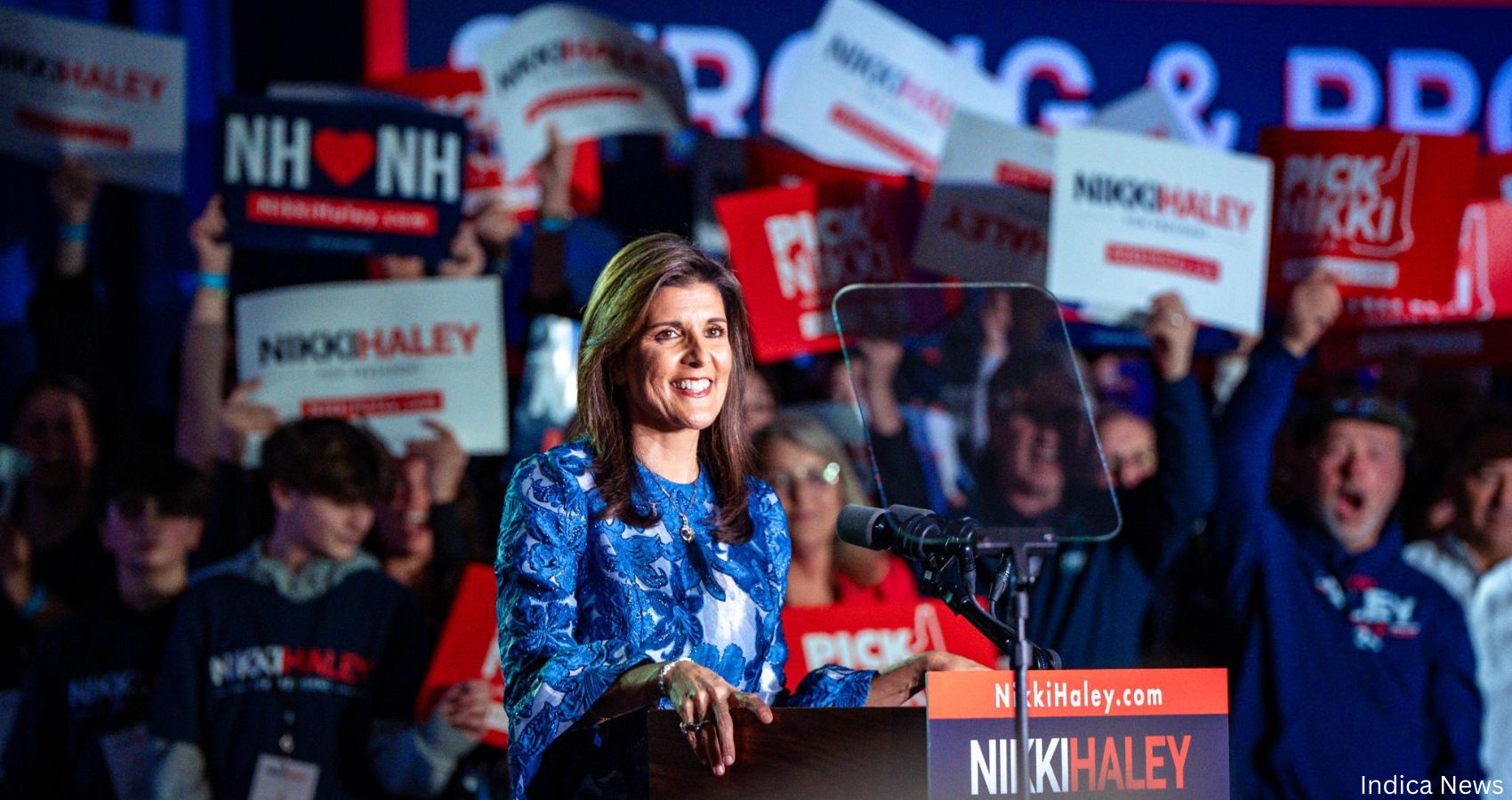
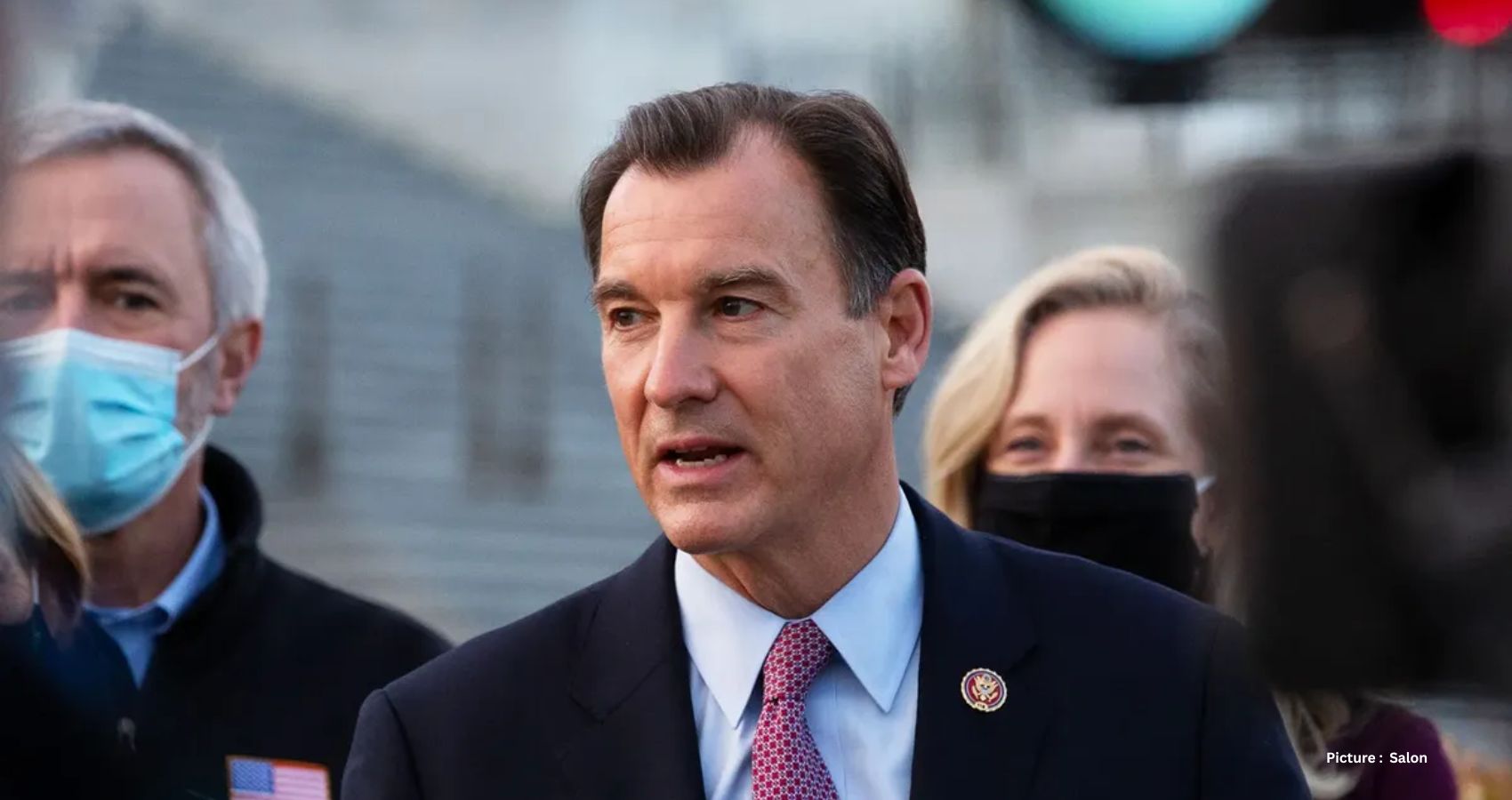
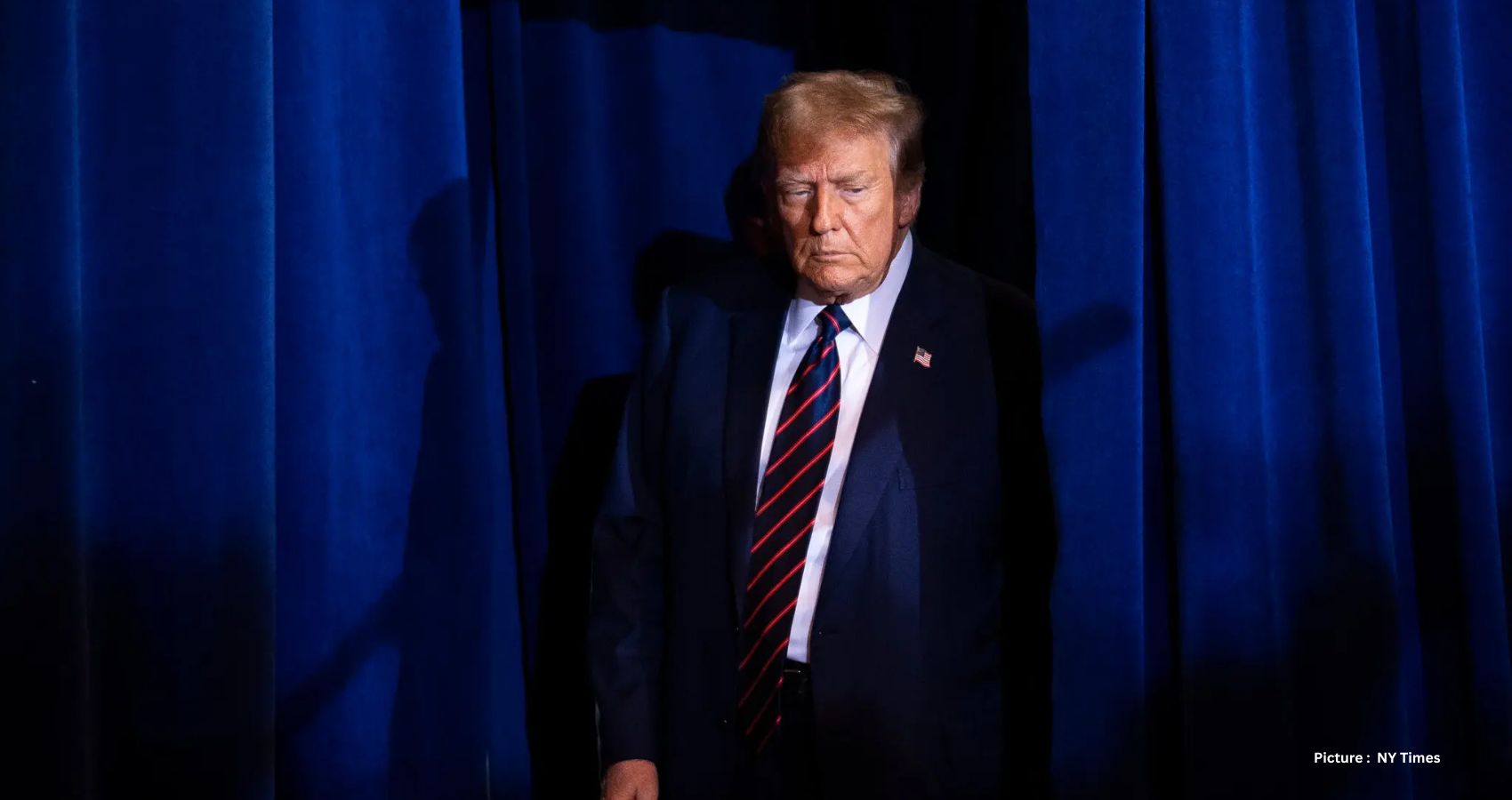
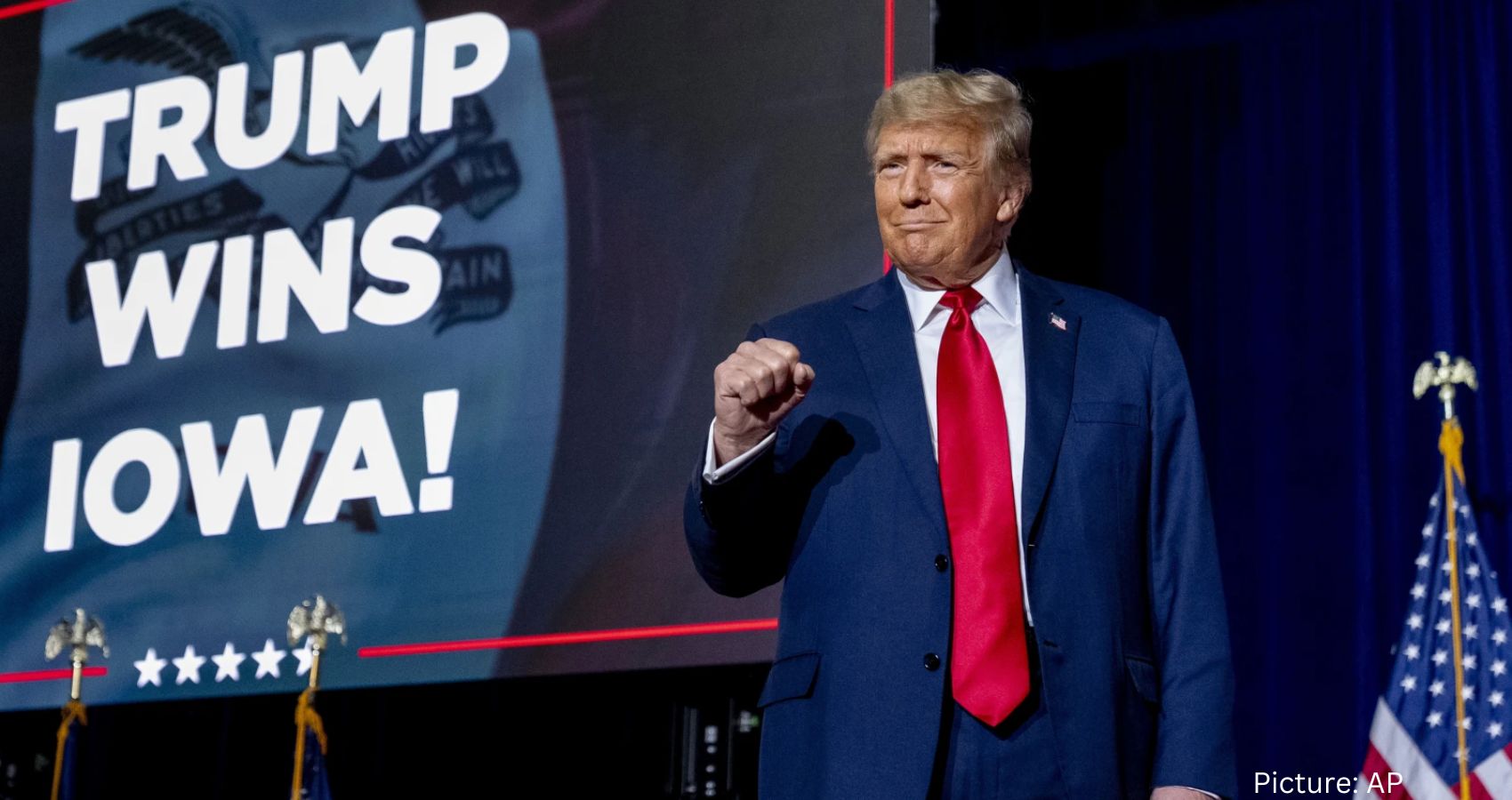
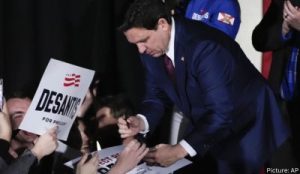
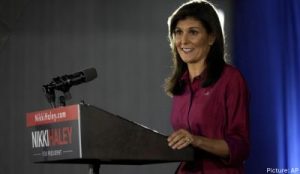

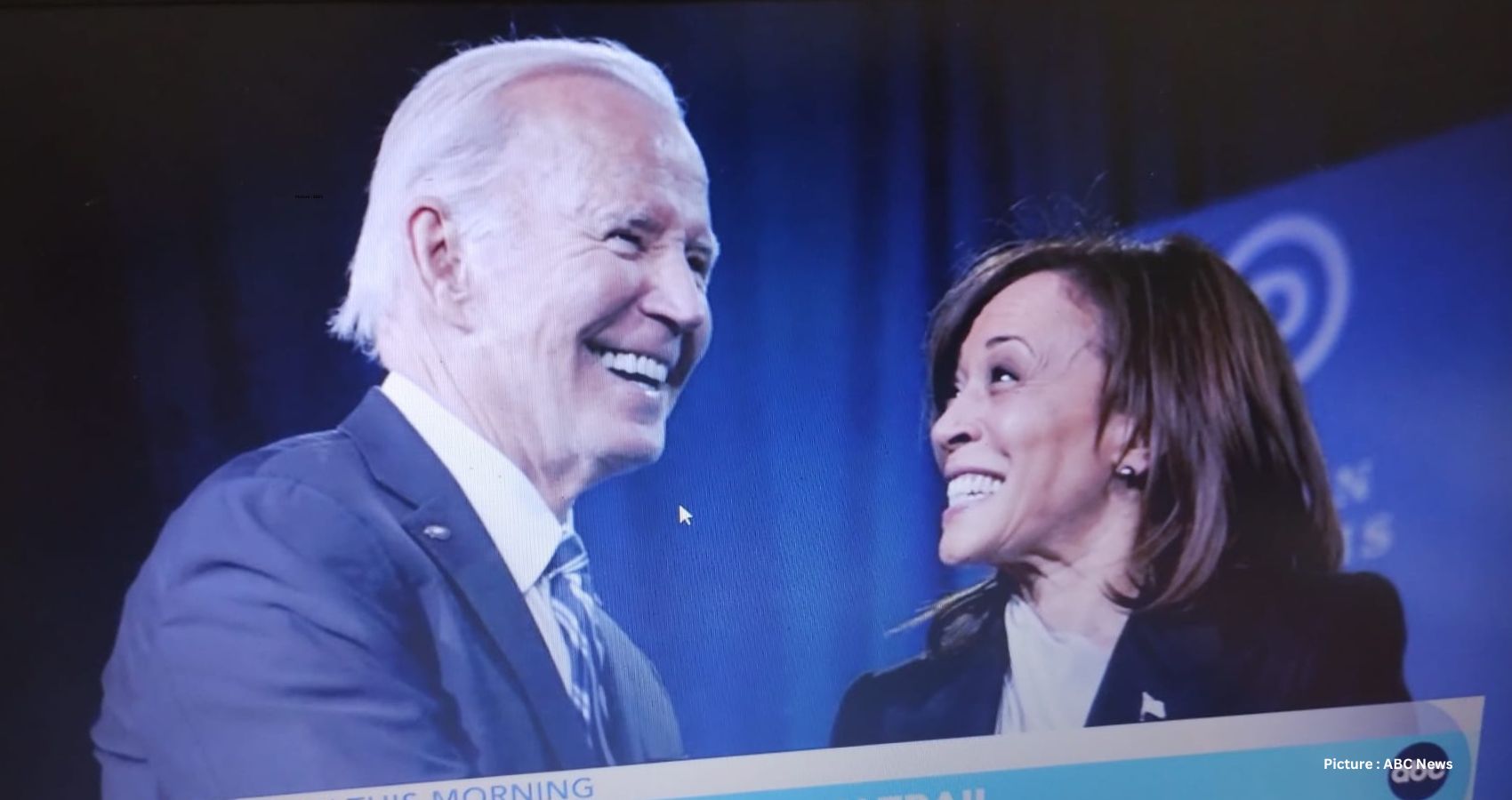
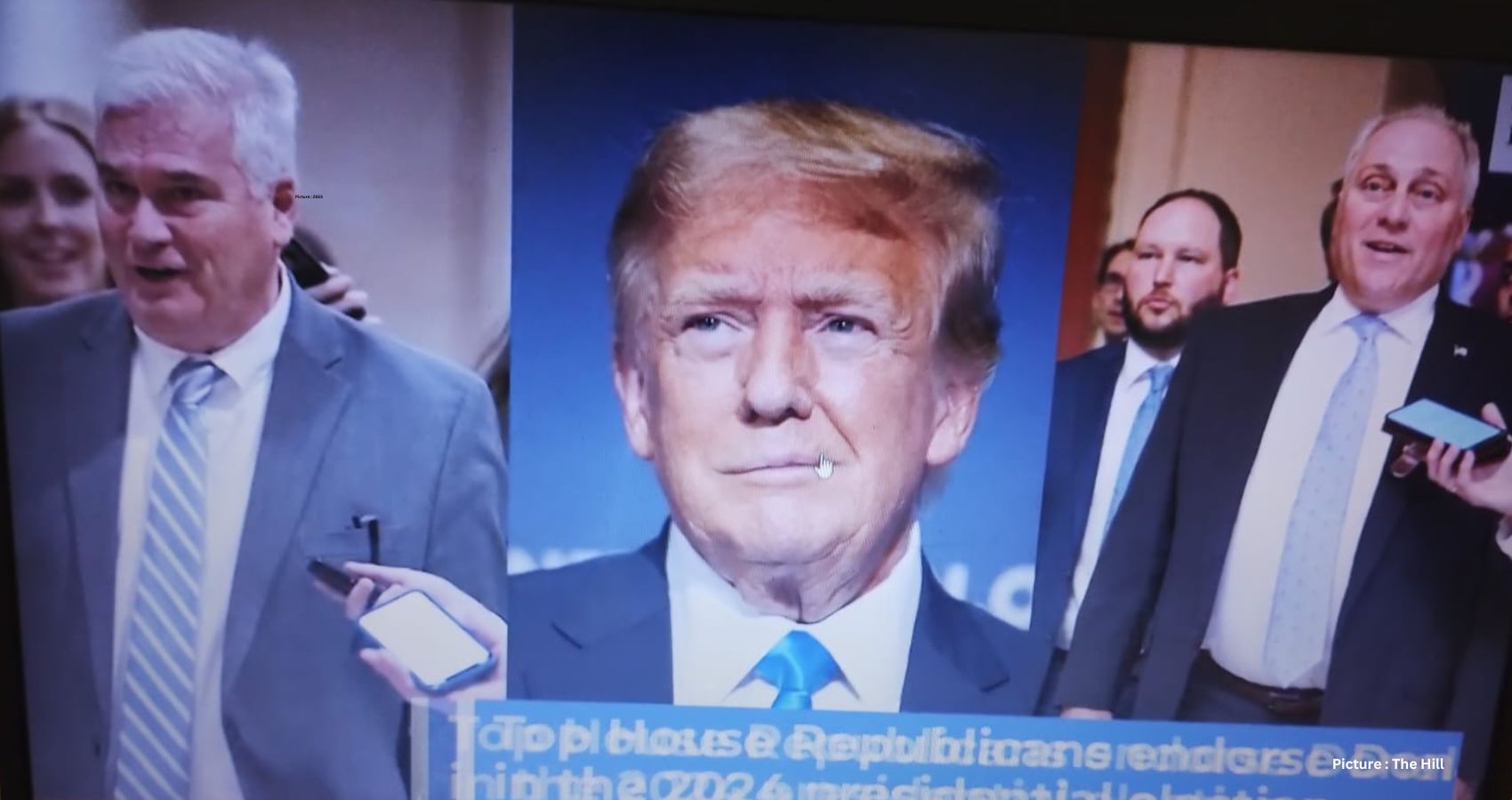
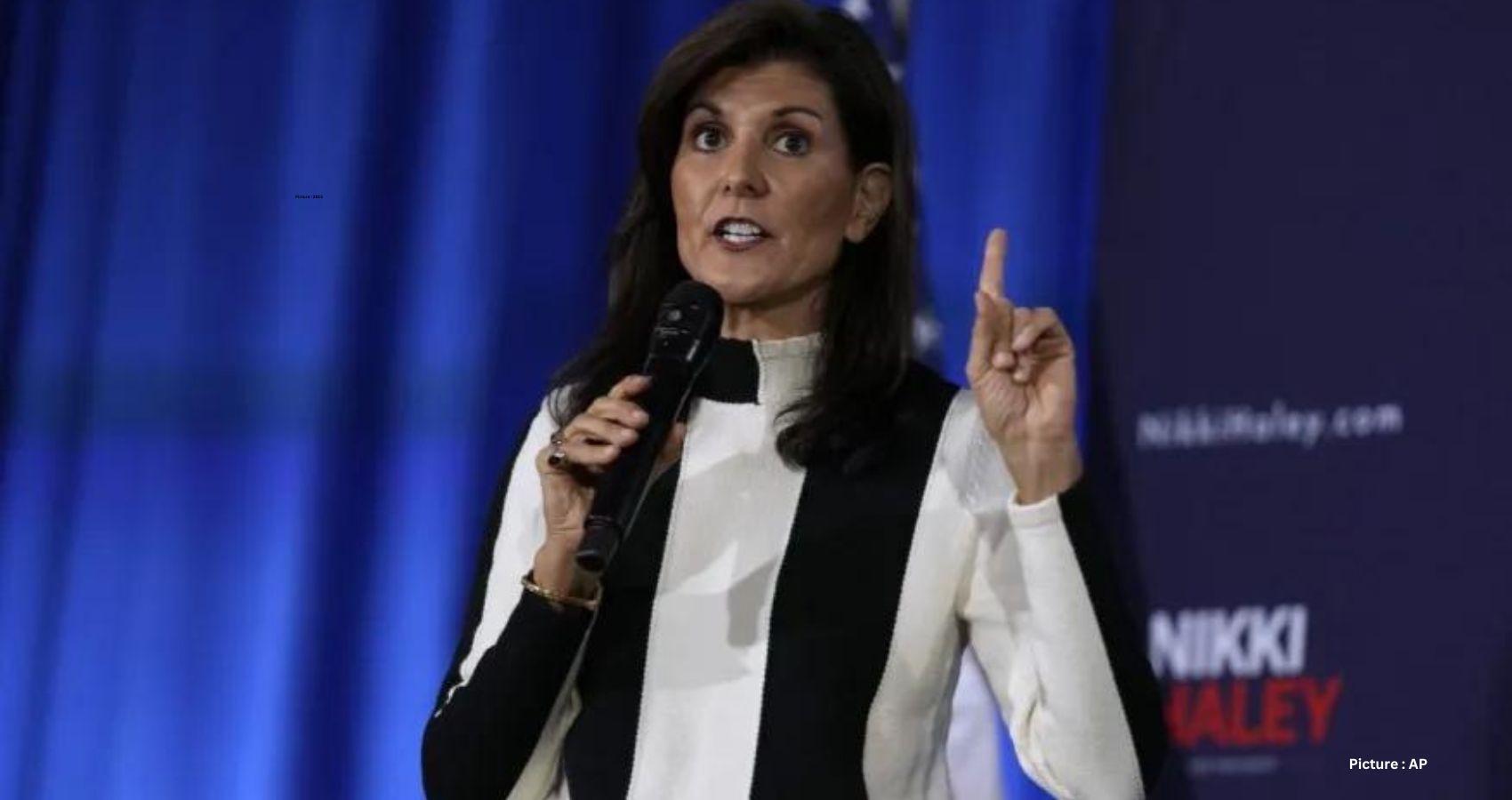
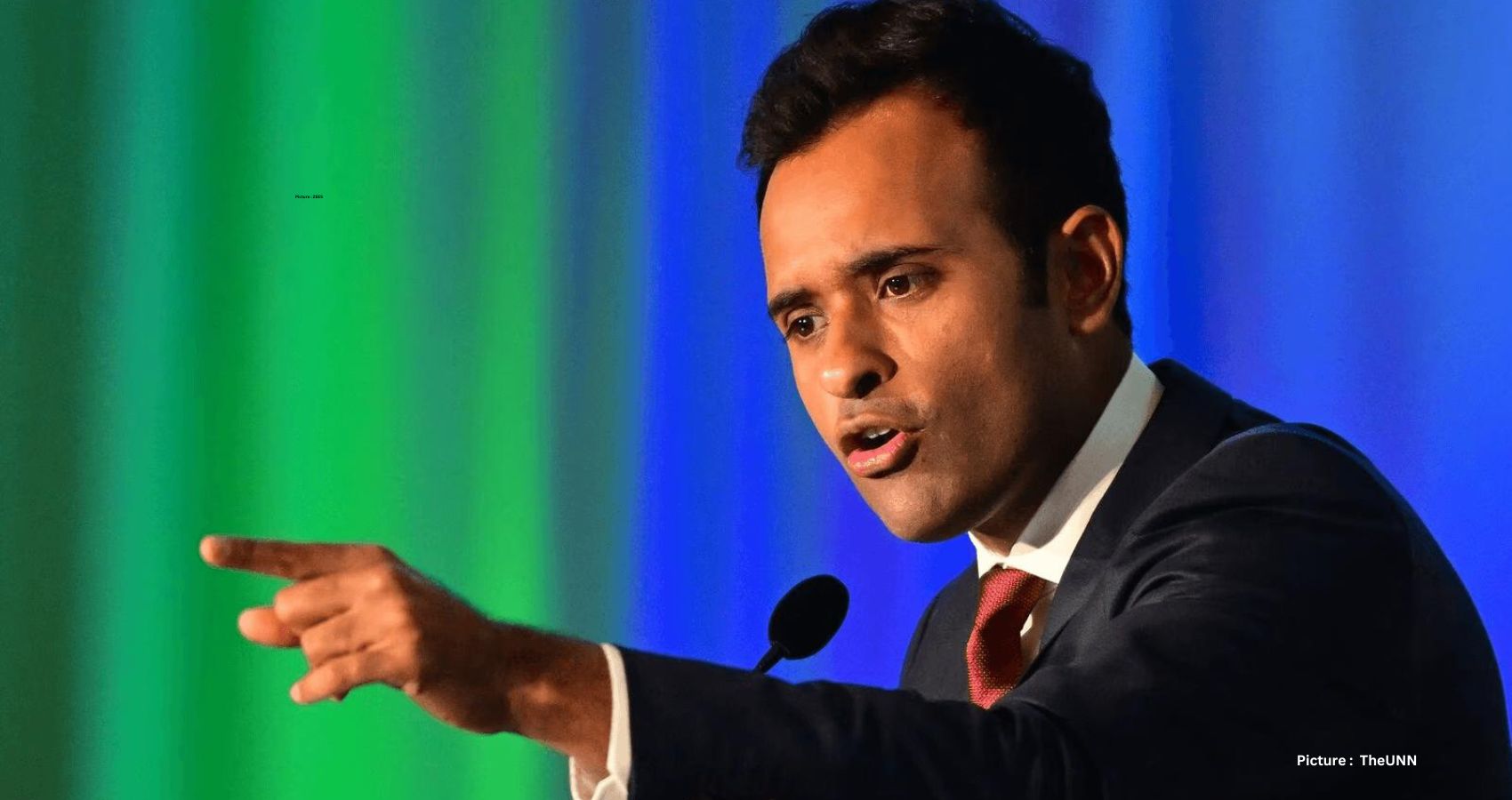
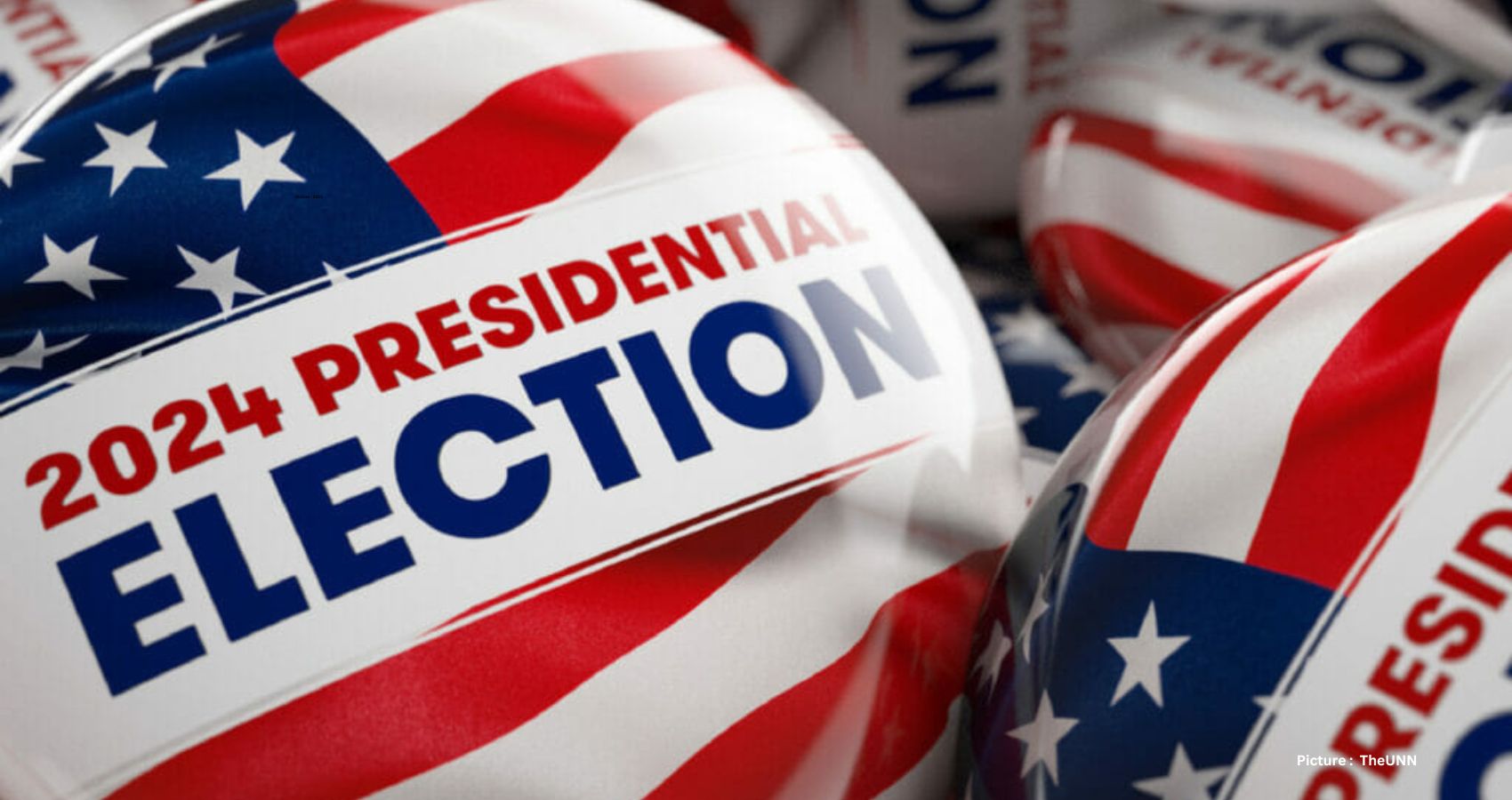
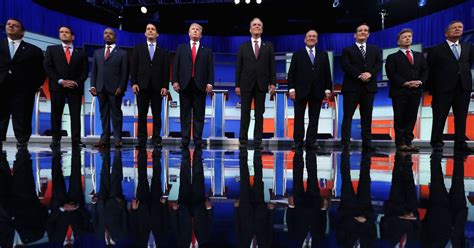 Republicans continue to be broadly doubtful about votes being counted accurately — in the early contests or beyond them. About one-quarter of Republicans say they have at least “quite a bit” of confidence that the votes in the 2024 presidential election will be counted accurately, significantly lower than Democrats. Slightly fewer than half of U.S. adults overall (46%) believe the same, which is in line with an
Republicans continue to be broadly doubtful about votes being counted accurately — in the early contests or beyond them. About one-quarter of Republicans say they have at least “quite a bit” of confidence that the votes in the 2024 presidential election will be counted accurately, significantly lower than Democrats. Slightly fewer than half of U.S. adults overall (46%) believe the same, which is in line with an 
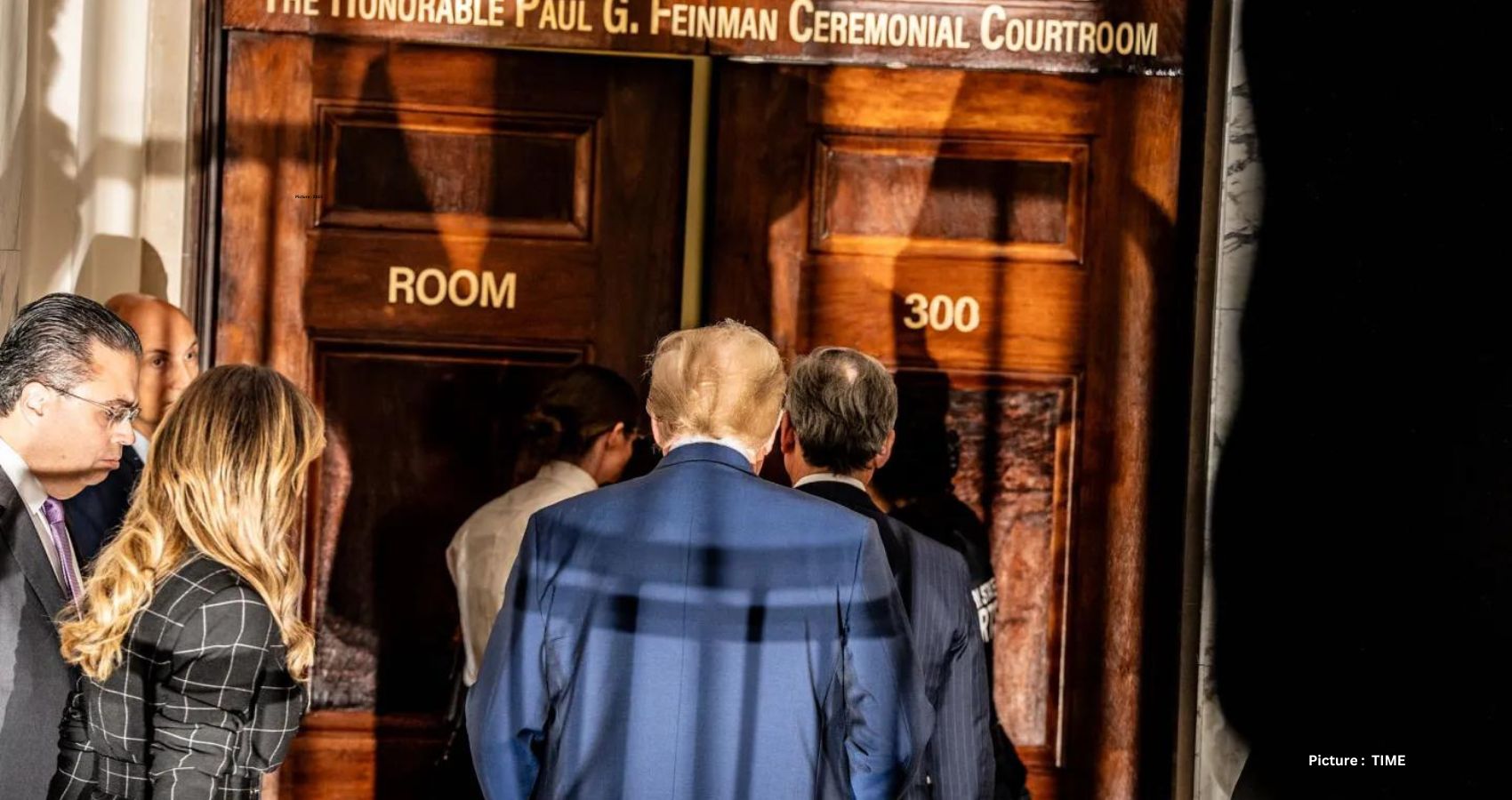
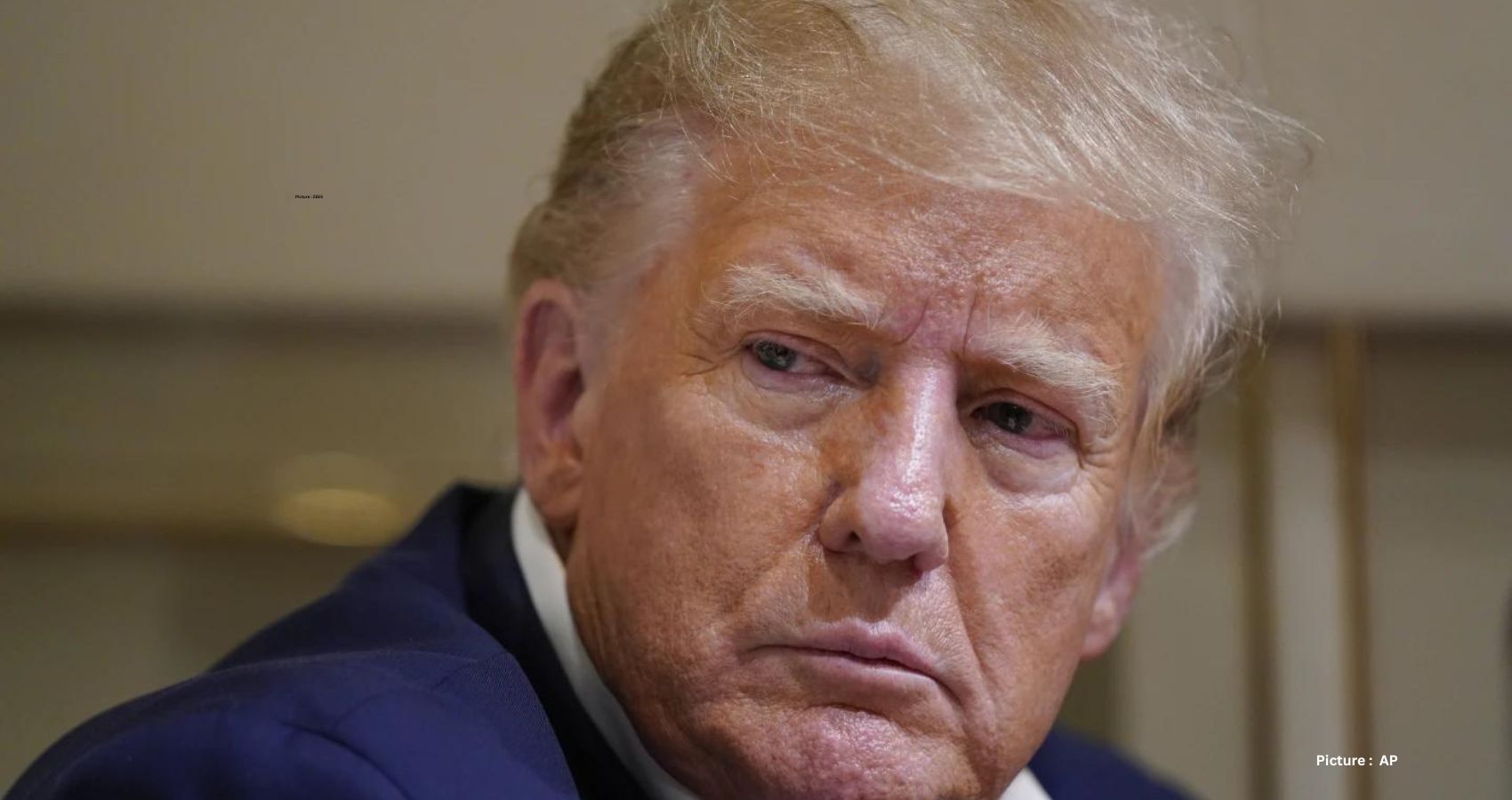

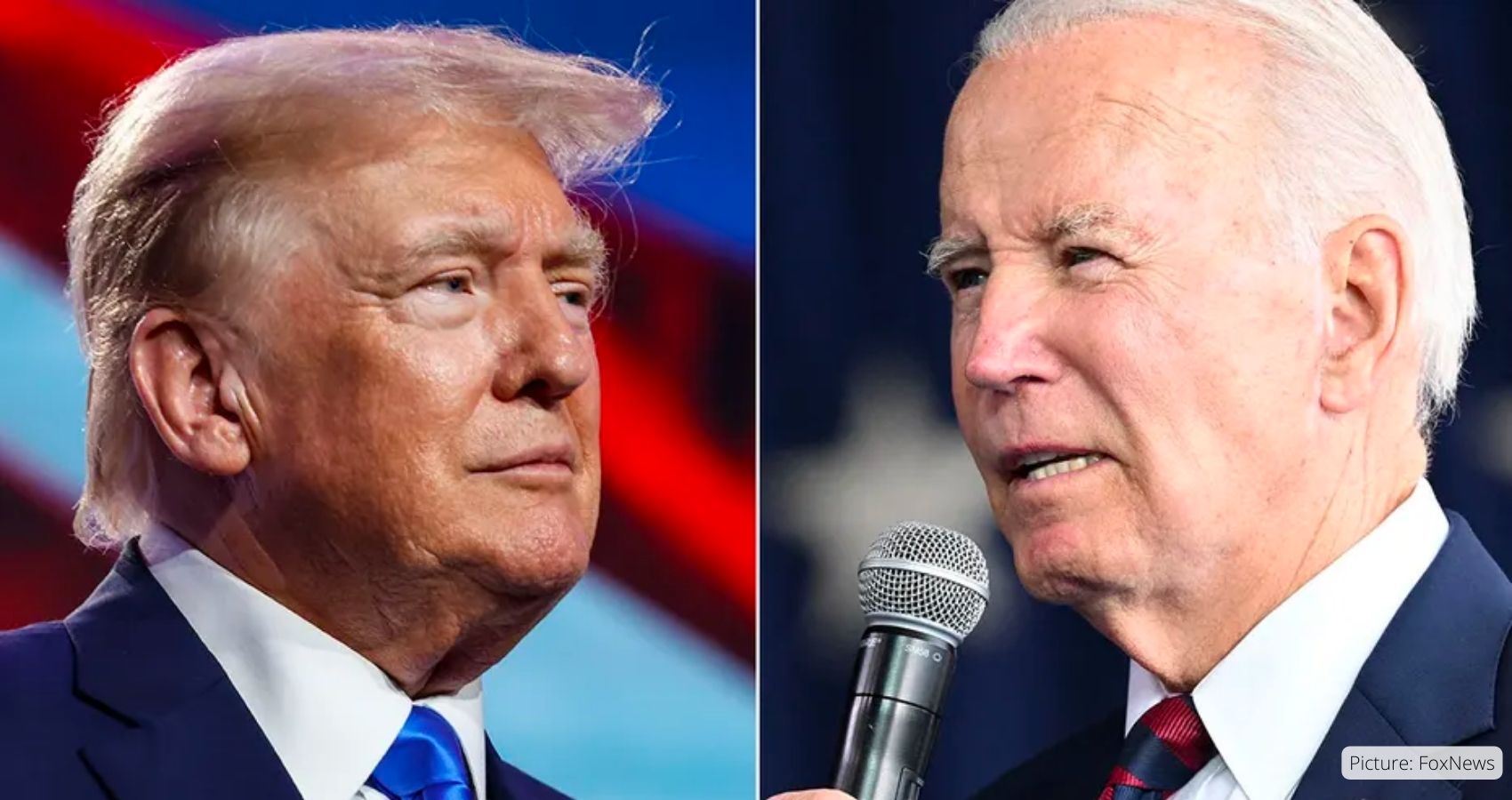
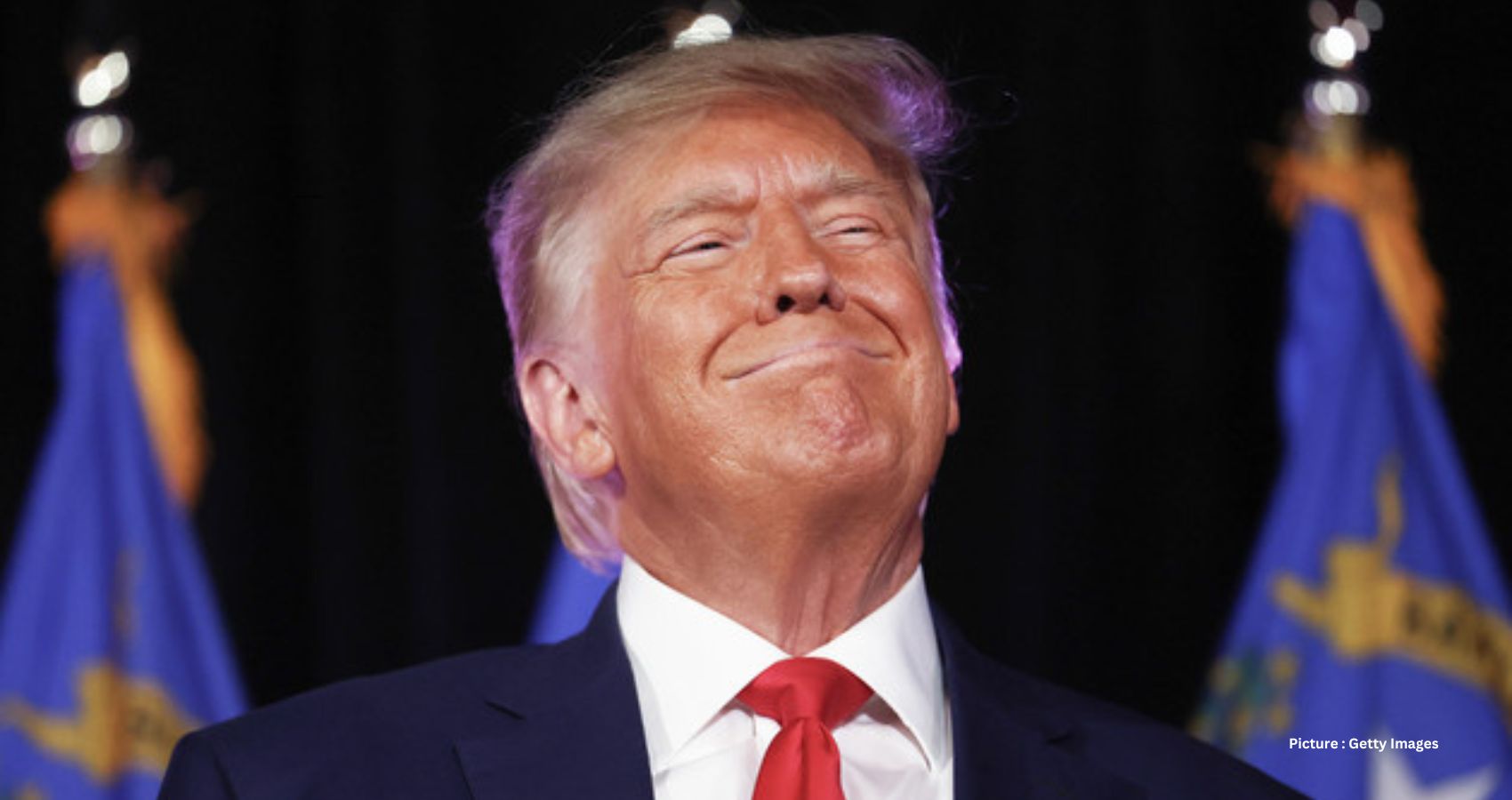


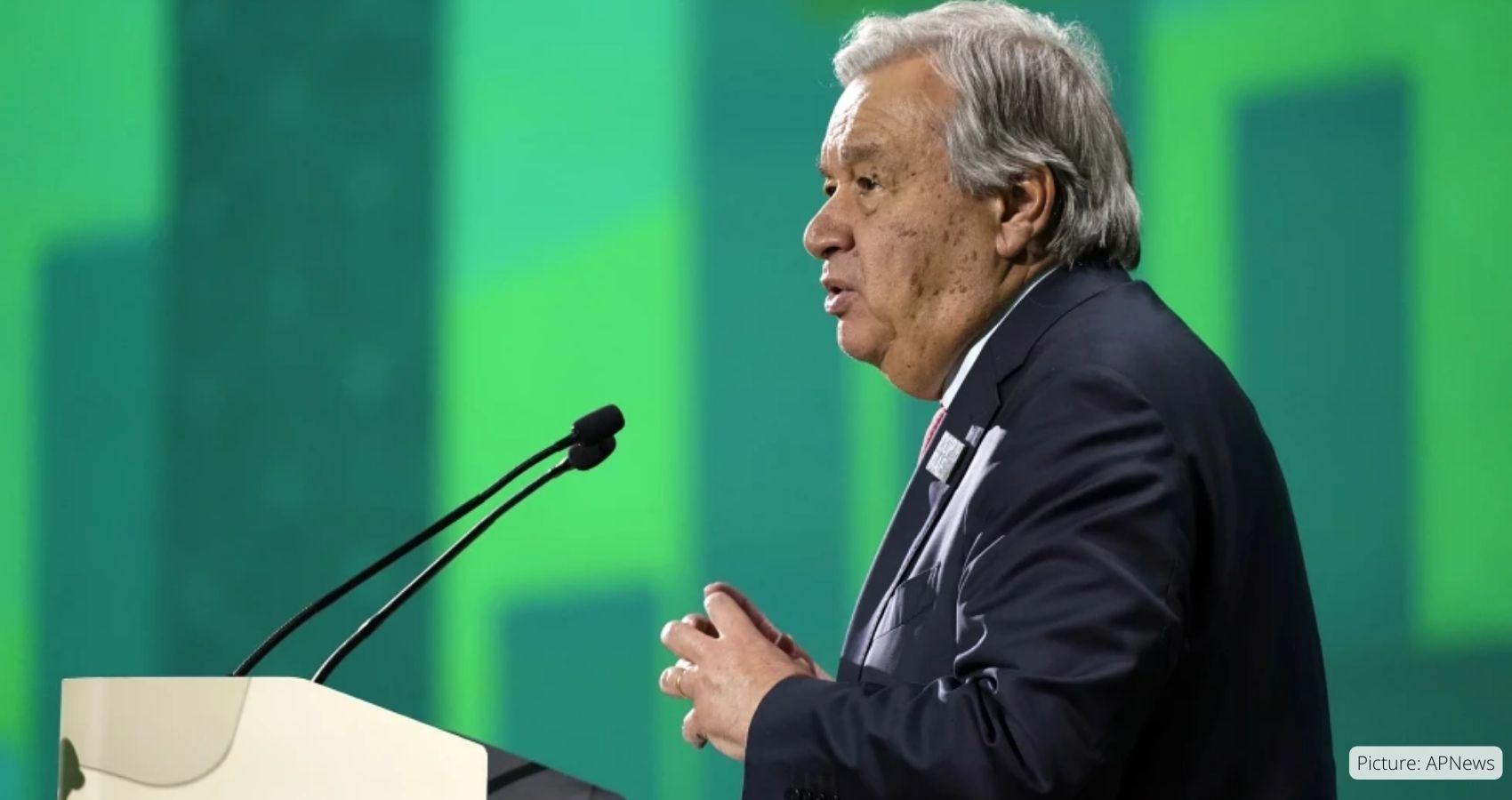
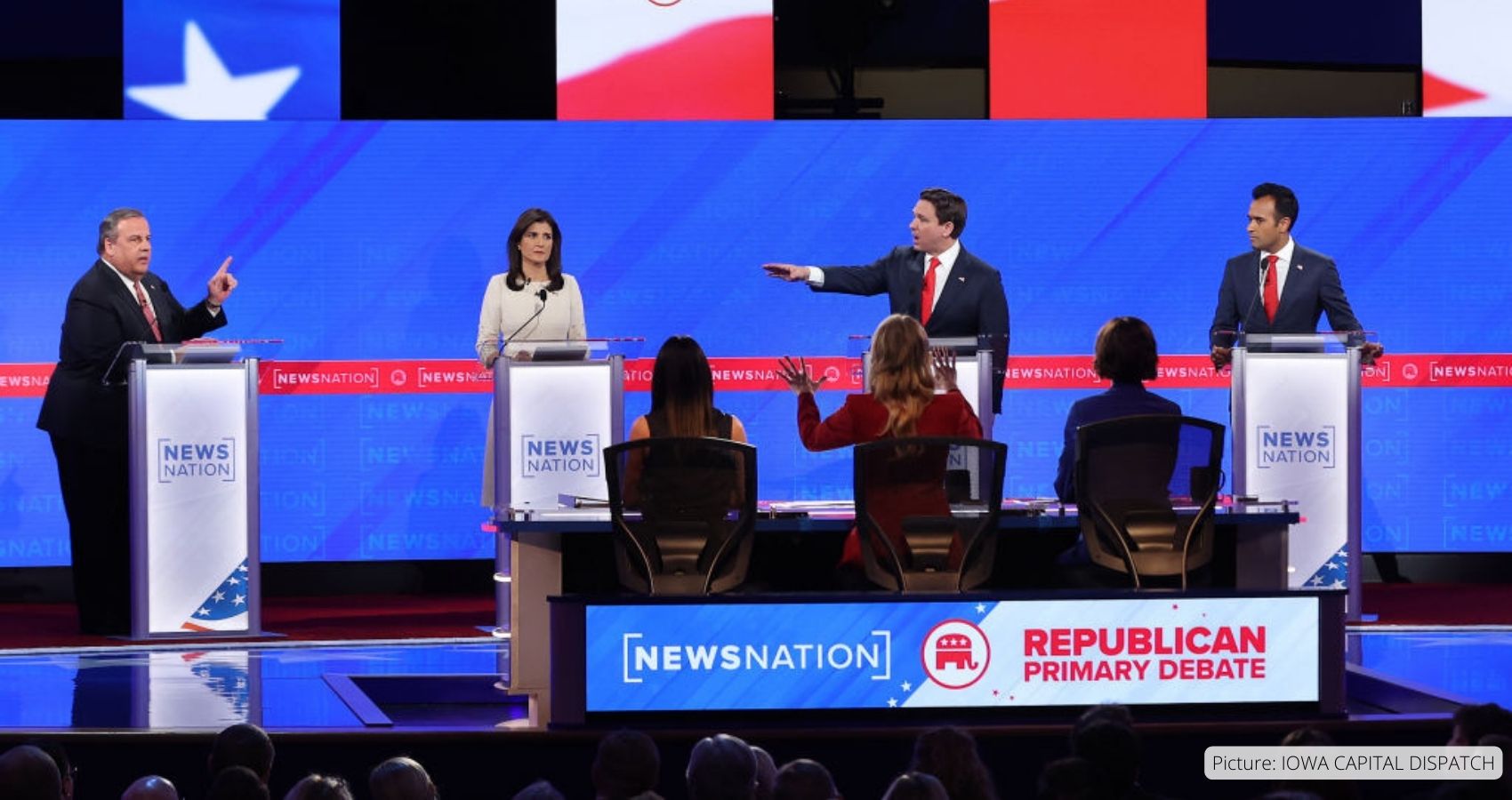

 But when the dark streets of most American cities, especially Los Angeles and San Francisco, in the state of California, are turning into the ‘mecca of homeless’, it is just hypocritical to laugh at the broad-mindedness of this great country and not hide it by applying “Modi tech ” here.
But when the dark streets of most American cities, especially Los Angeles and San Francisco, in the state of California, are turning into the ‘mecca of homeless’, it is just hypocritical to laugh at the broad-mindedness of this great country and not hide it by applying “Modi tech ” here.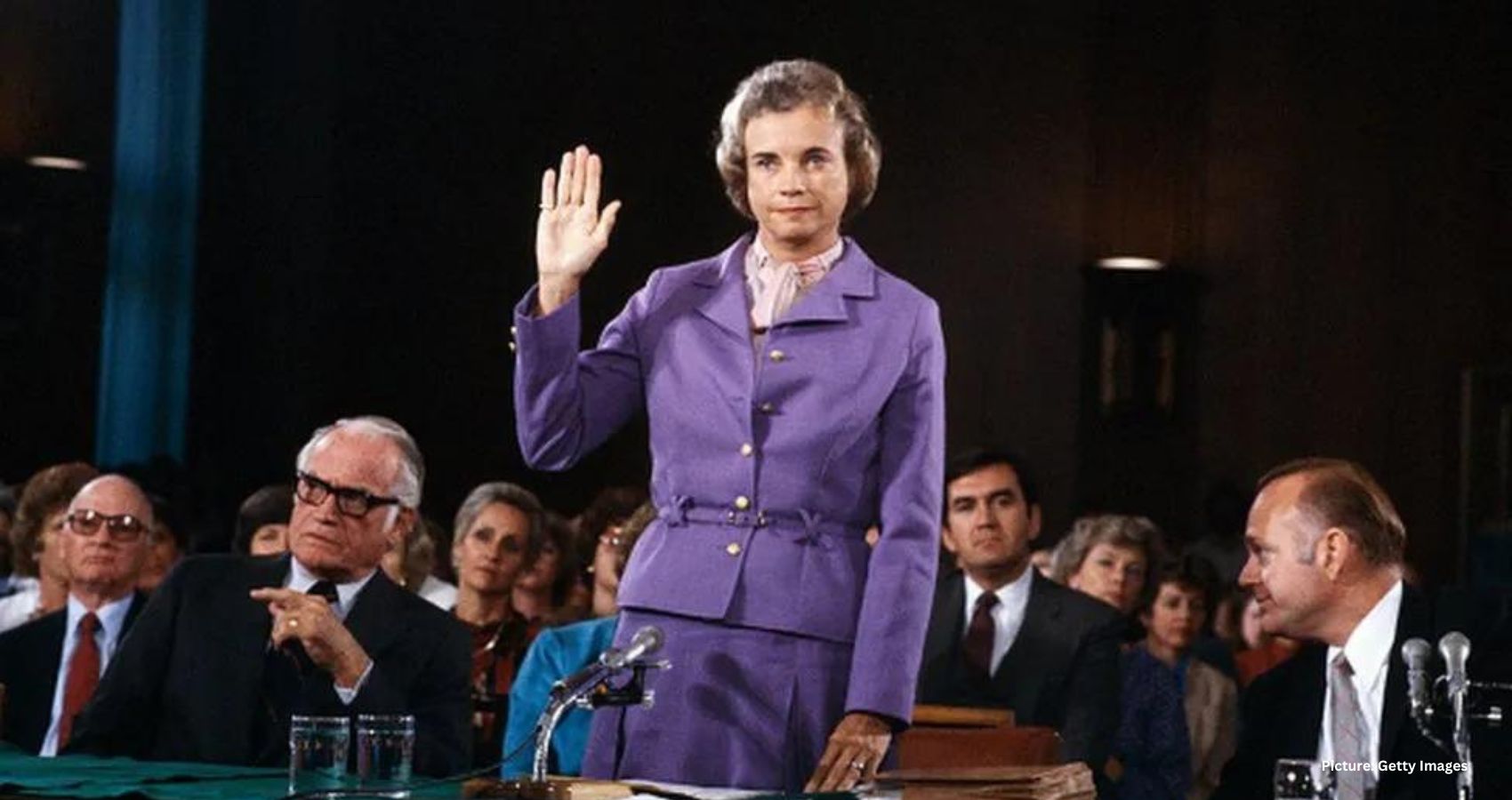
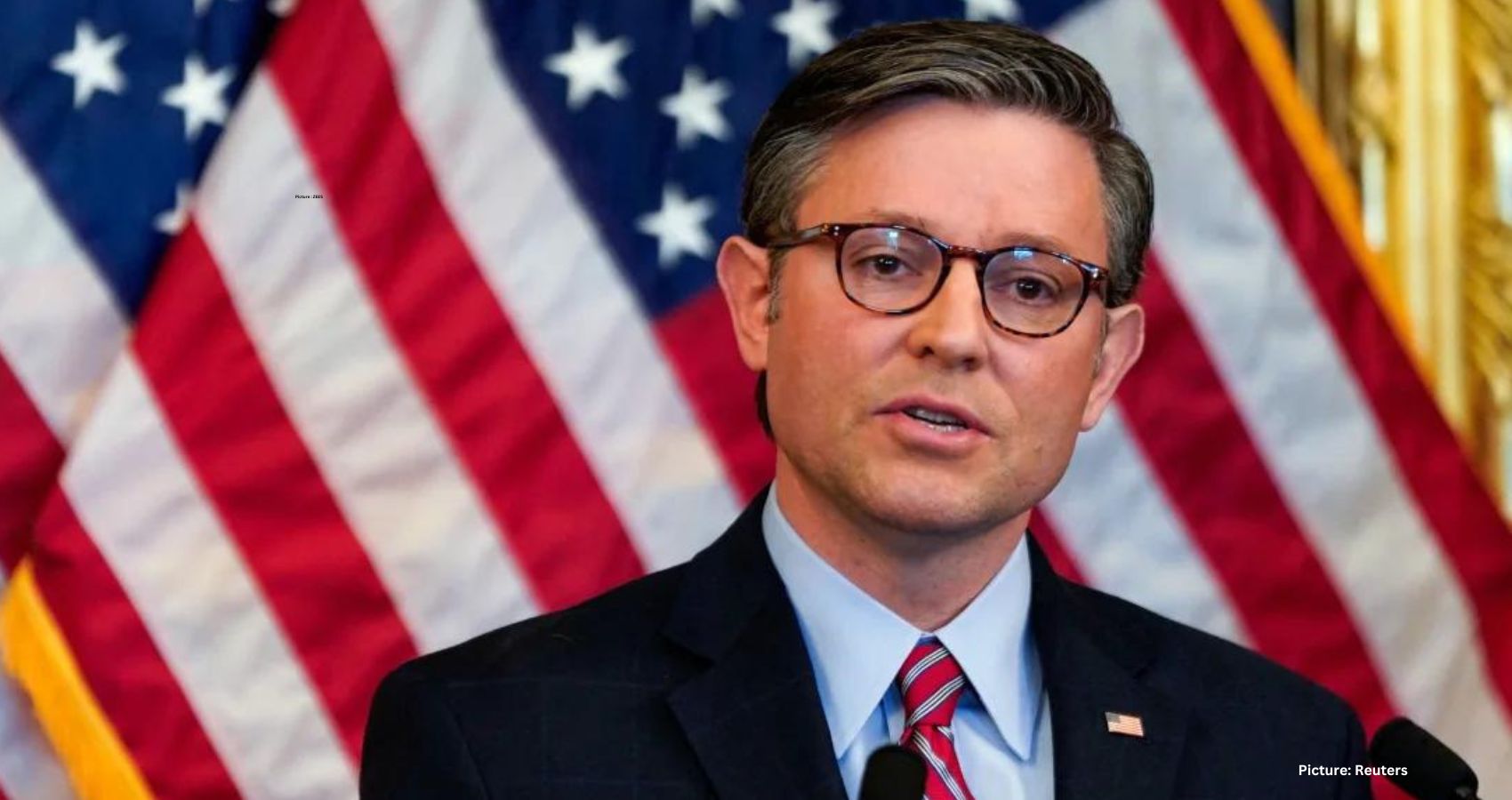
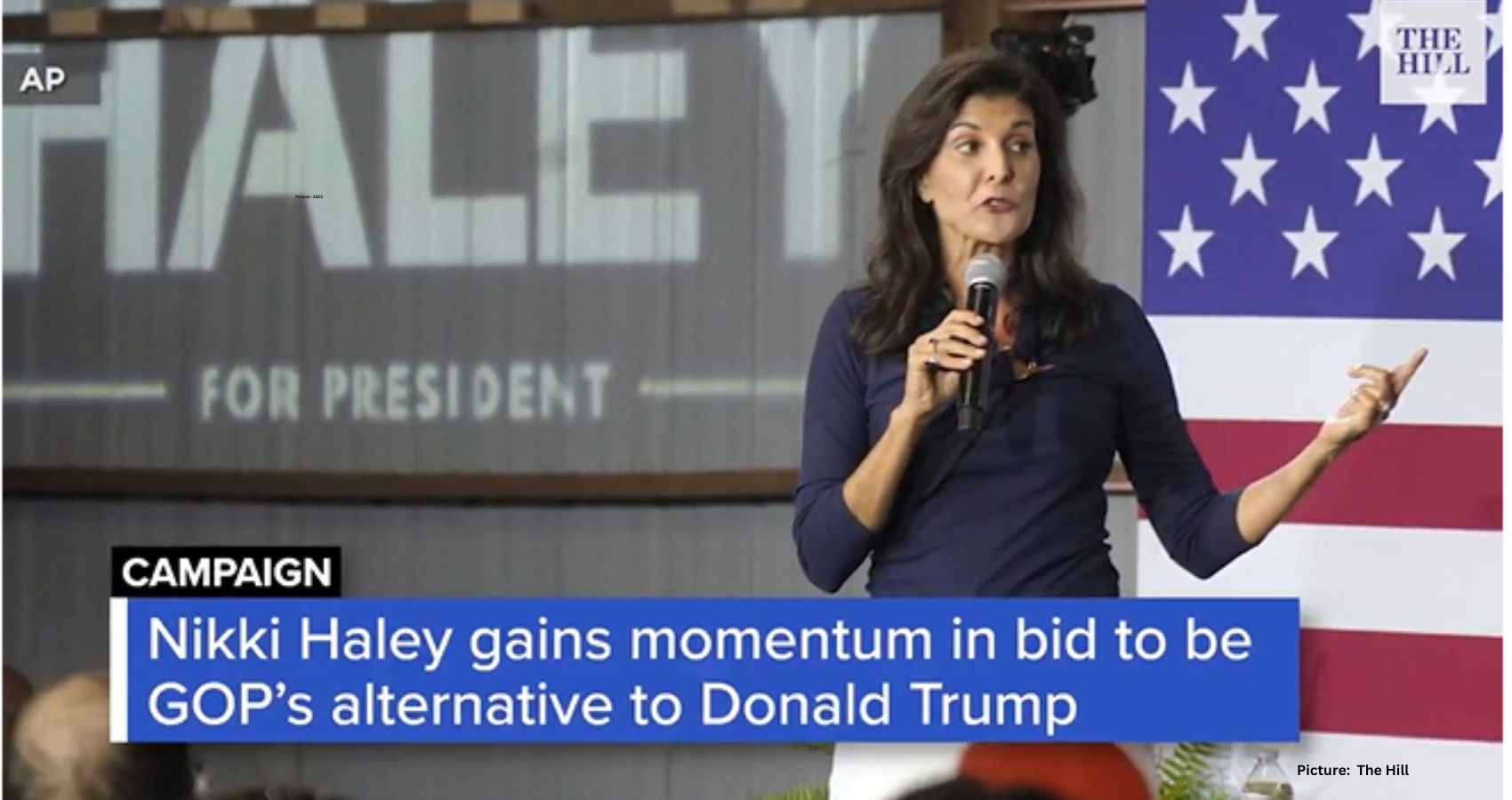
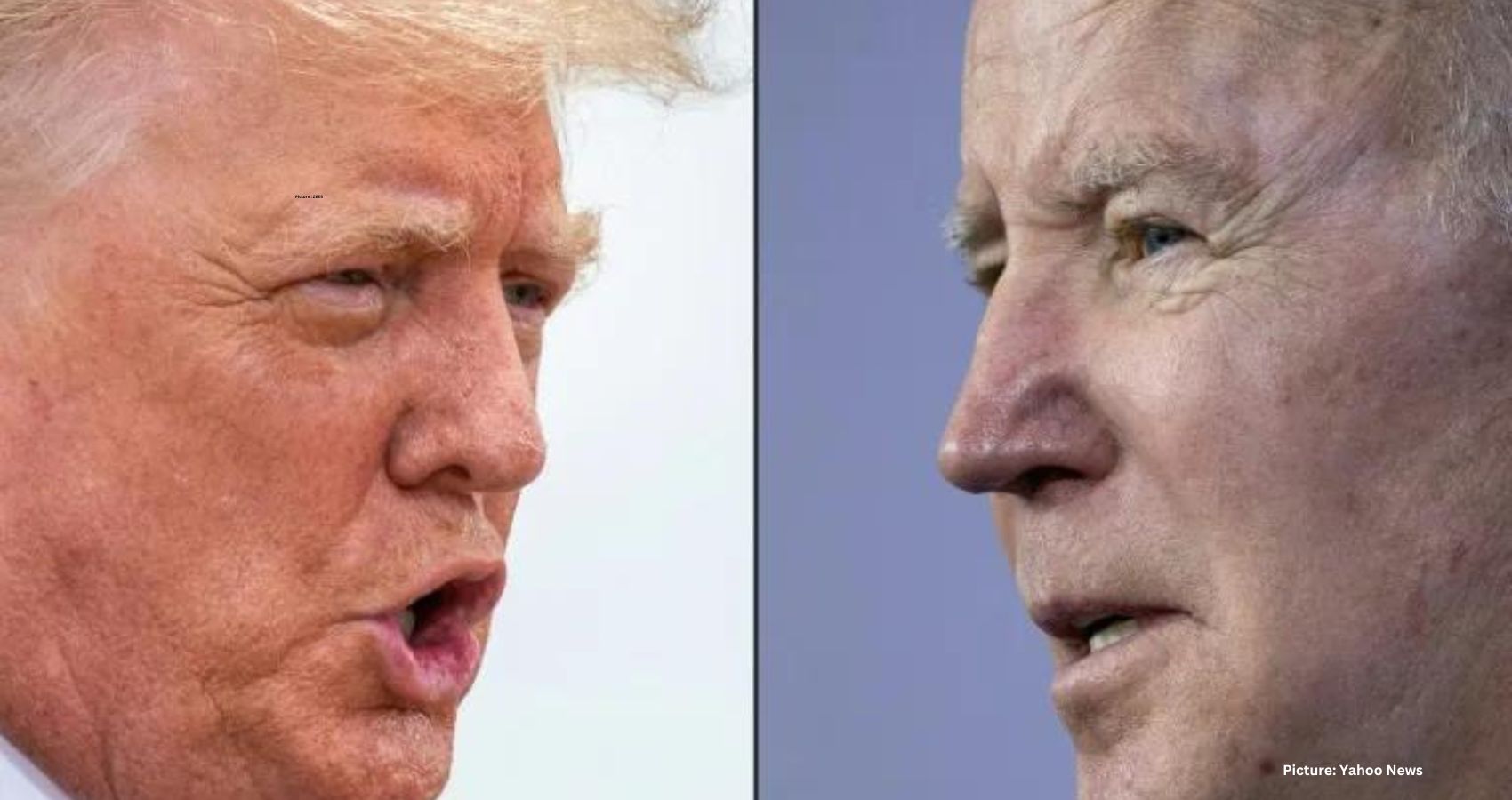
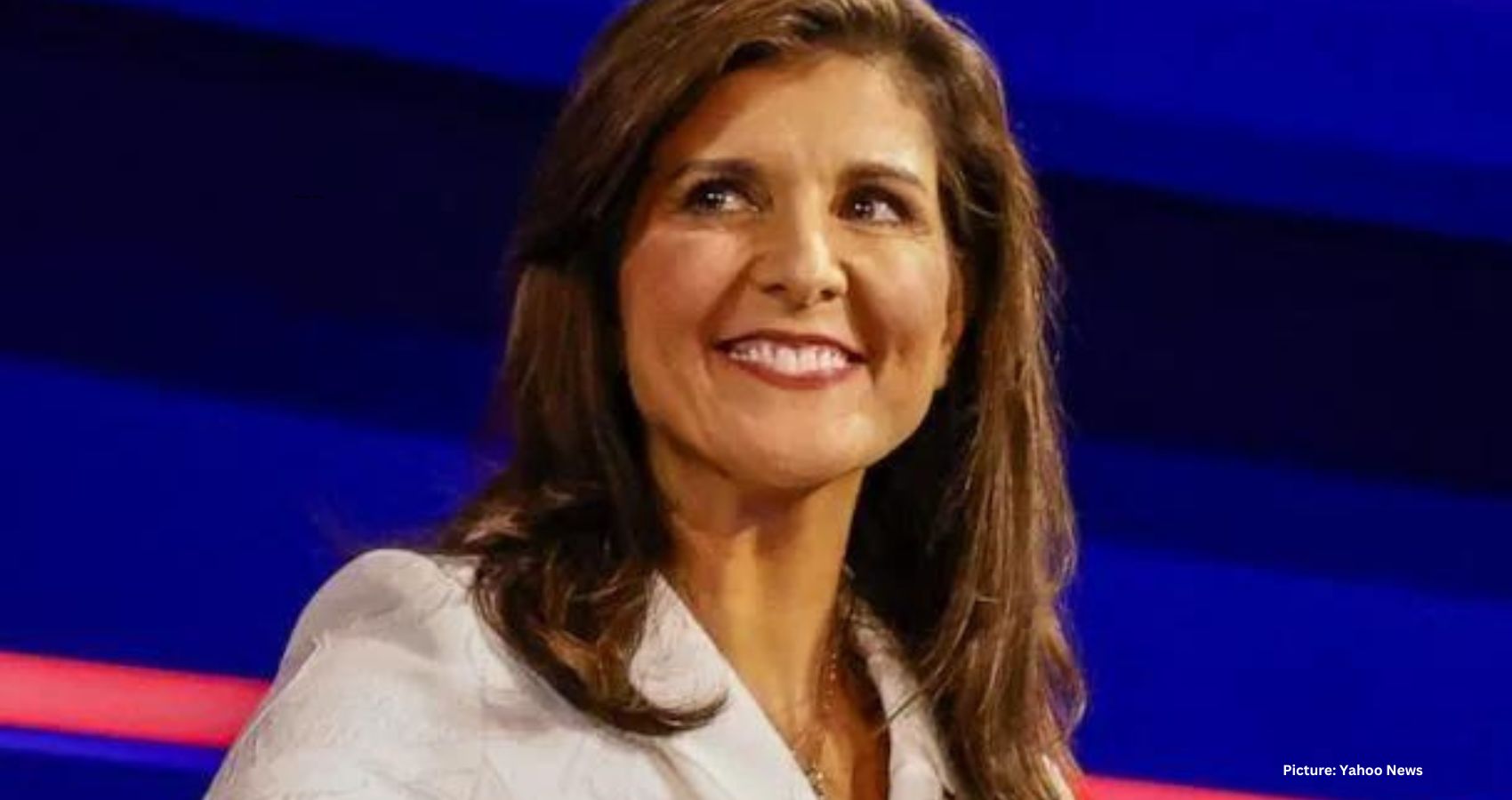

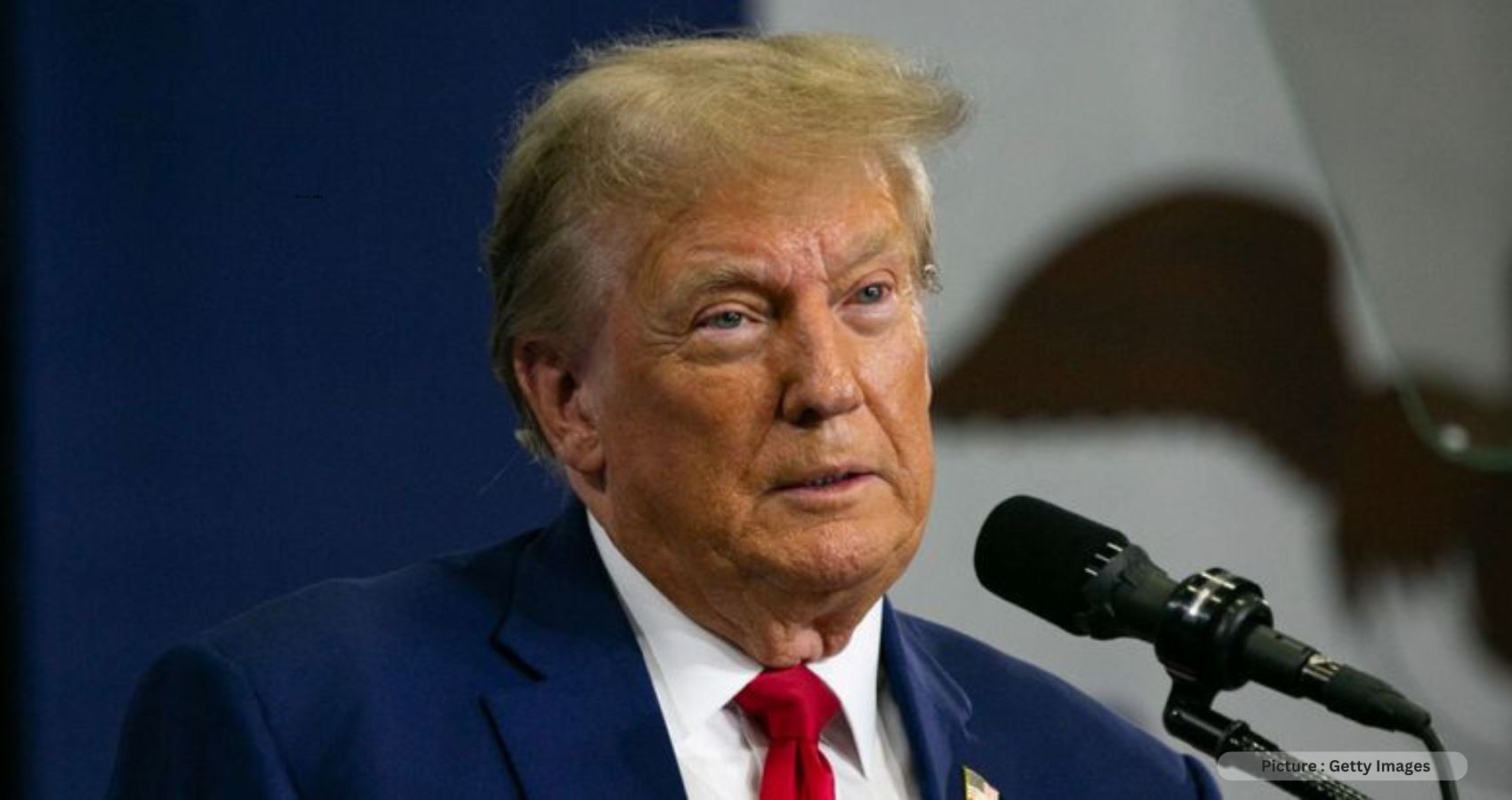
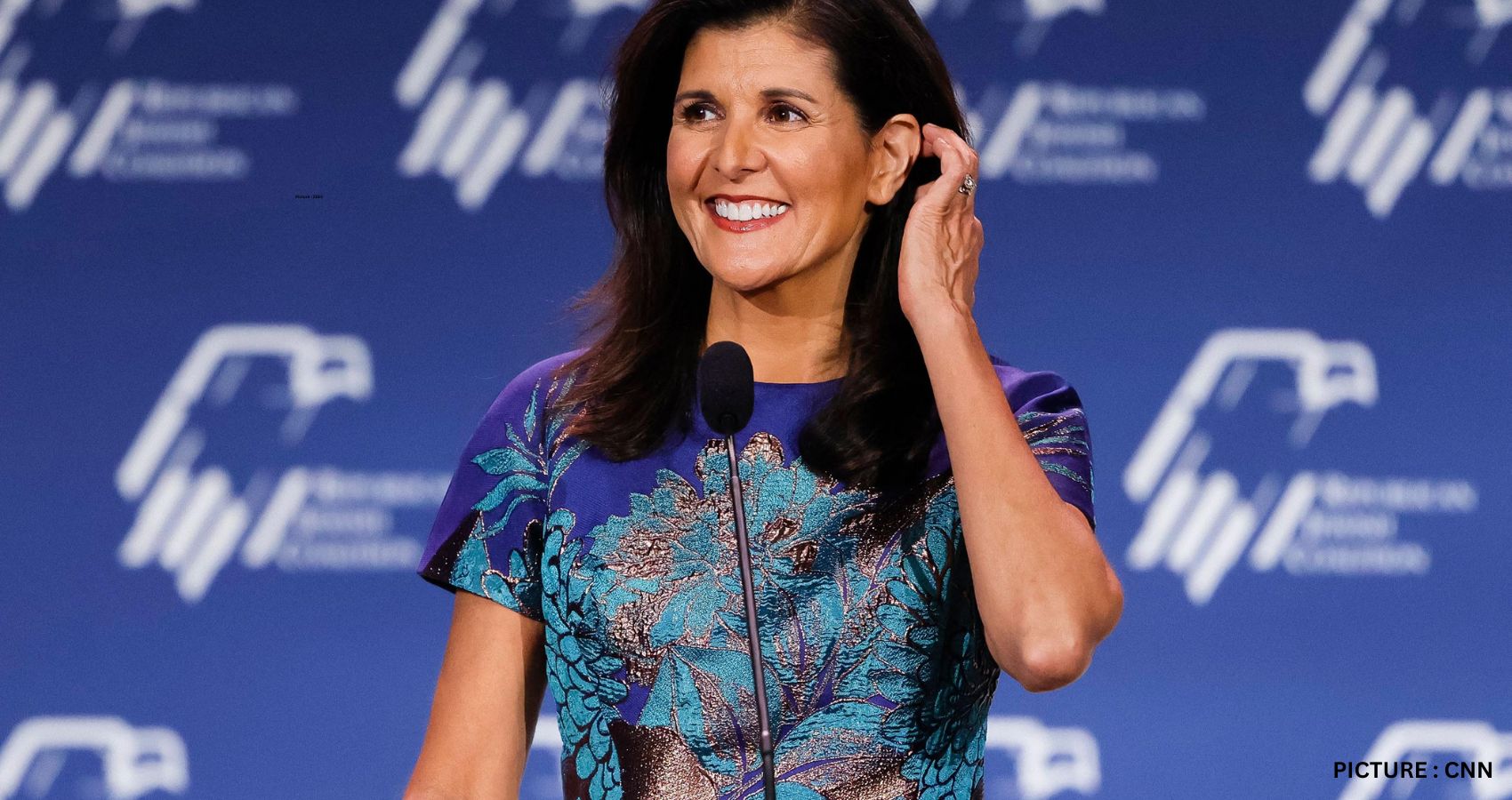
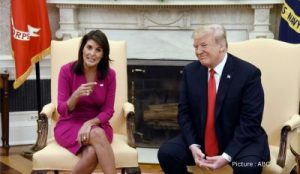
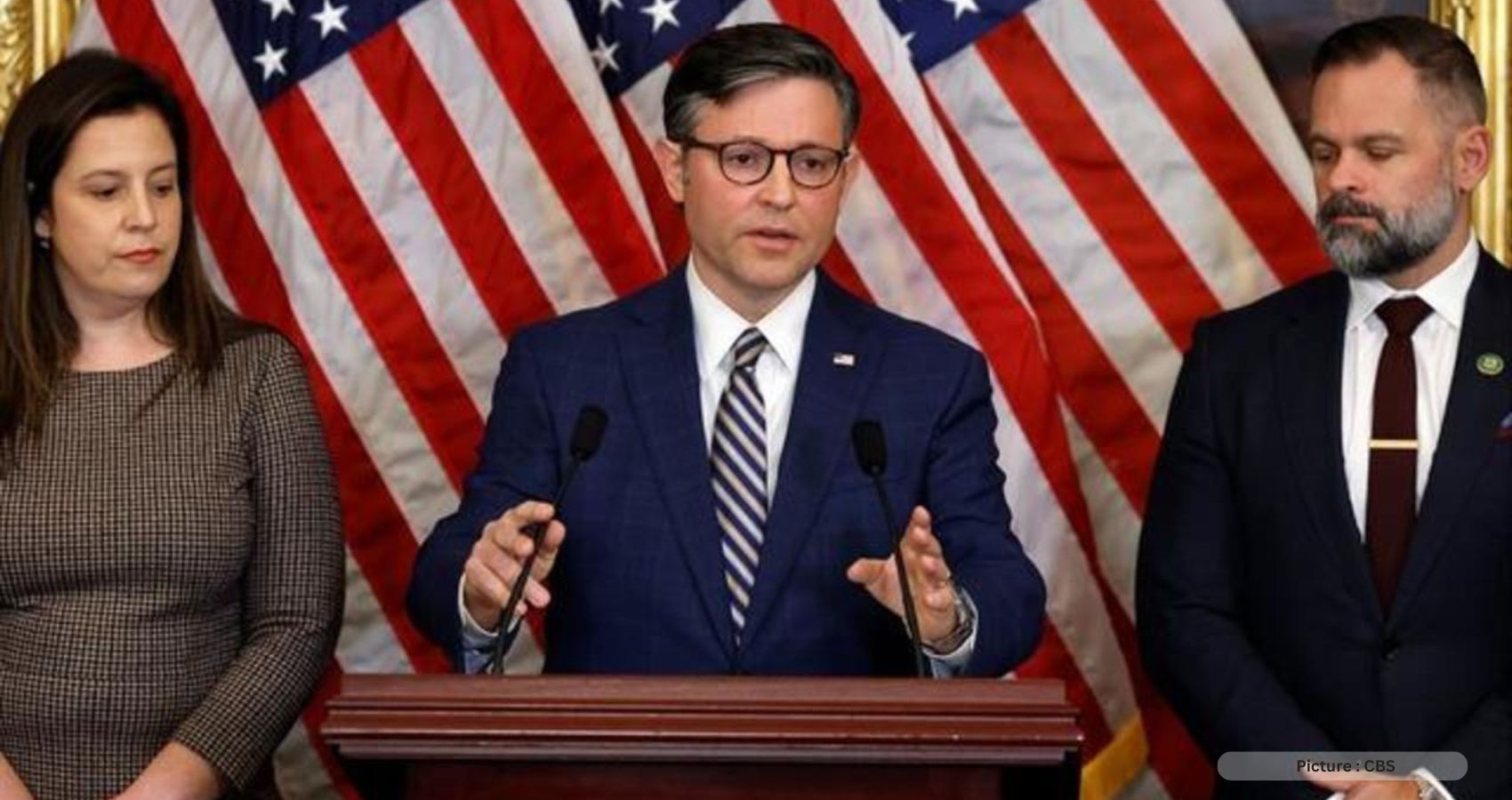
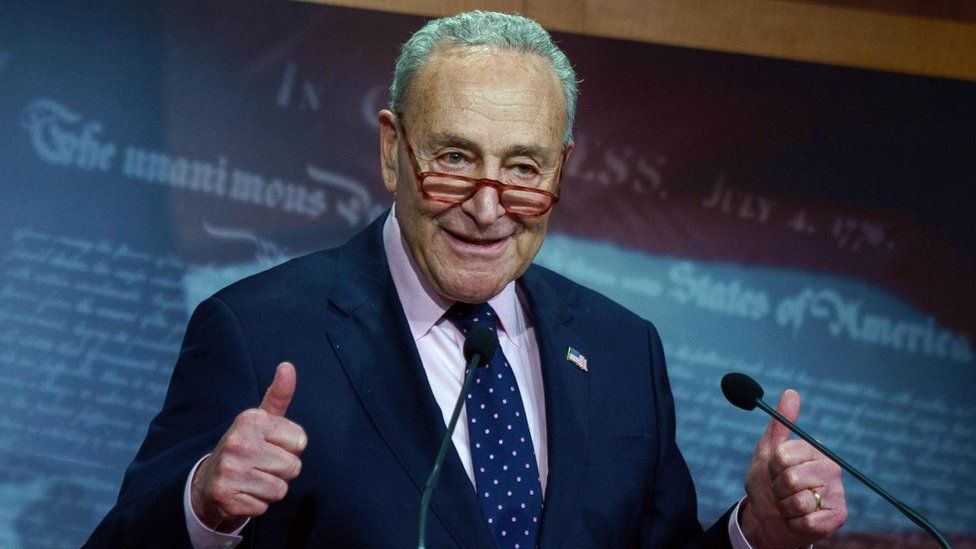
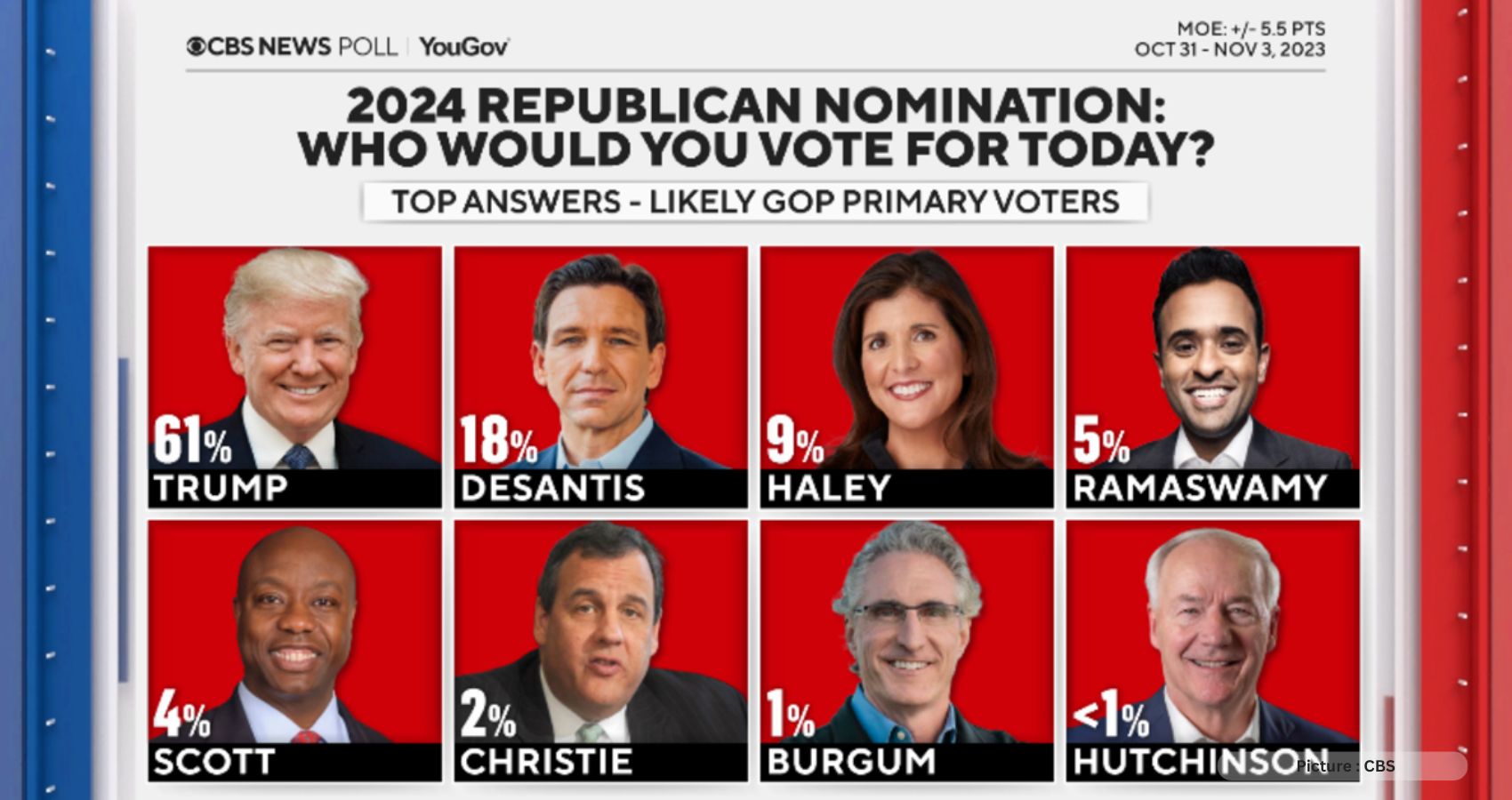

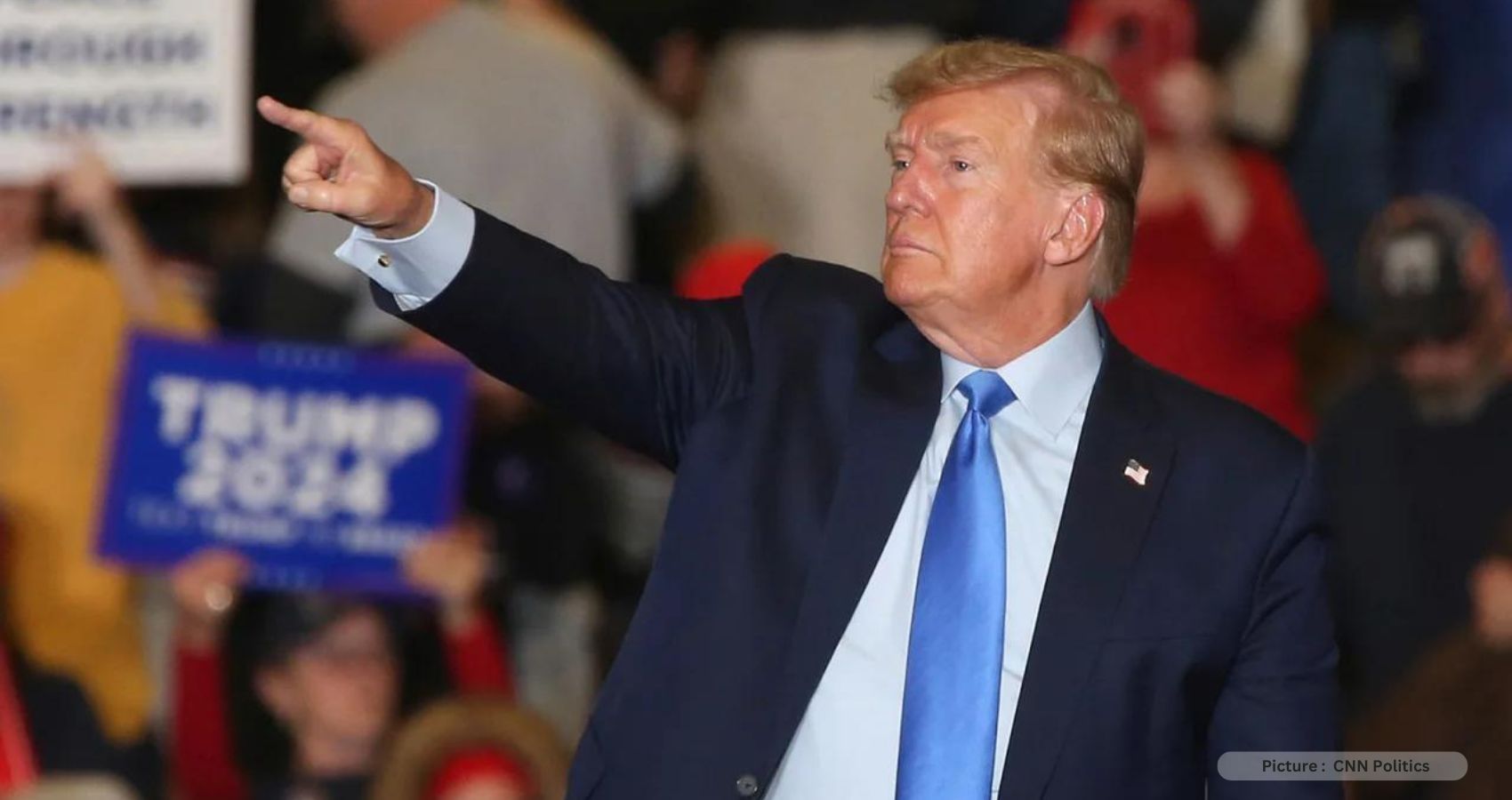

 When immigration is instead driven by the push of climate change, social tensions exacerbated by authoritarian rulers and gangs, as well as fluctuating anti-immigrant sentiment in the U.S., it is harder to predict, said Manuel Pastor, a professor of sociology and American Studies & Ethnicity at the University of Southern California.
When immigration is instead driven by the push of climate change, social tensions exacerbated by authoritarian rulers and gangs, as well as fluctuating anti-immigrant sentiment in the U.S., it is harder to predict, said Manuel Pastor, a professor of sociology and American Studies & Ethnicity at the University of Southern California.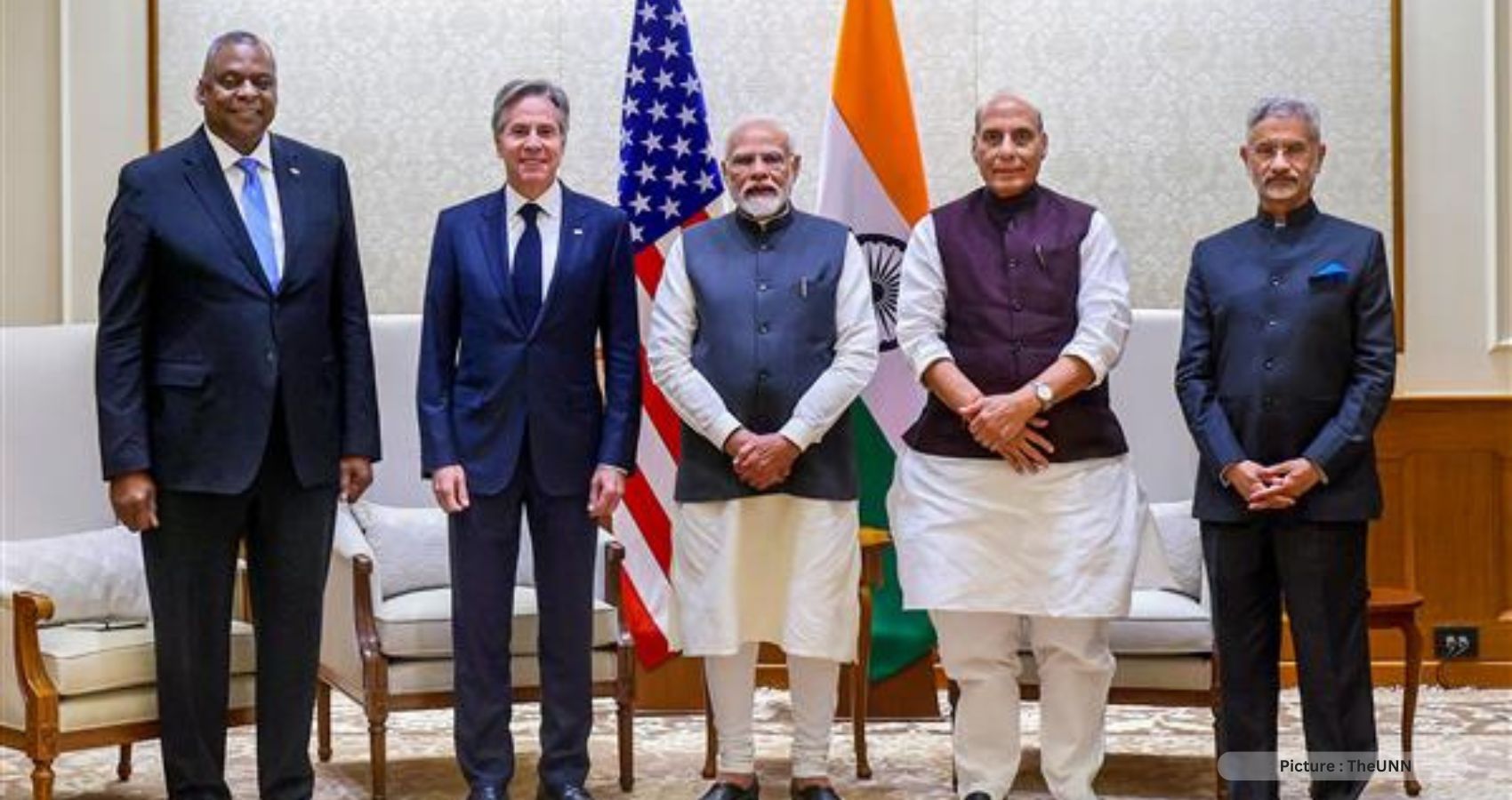
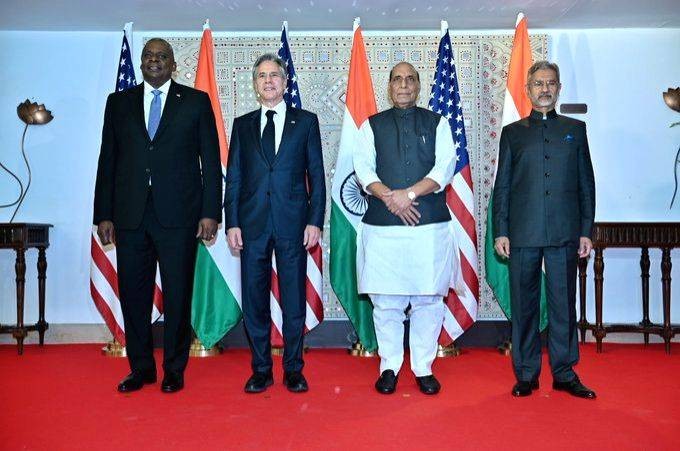 Blinken said the two countries were taking very concrete steps to deliver on the vision that President Joe Biden and Prime Minister Narendra Modi put forward at their meeting in Washington in June.
Blinken said the two countries were taking very concrete steps to deliver on the vision that President Joe Biden and Prime Minister Narendra Modi put forward at their meeting in Washington in June.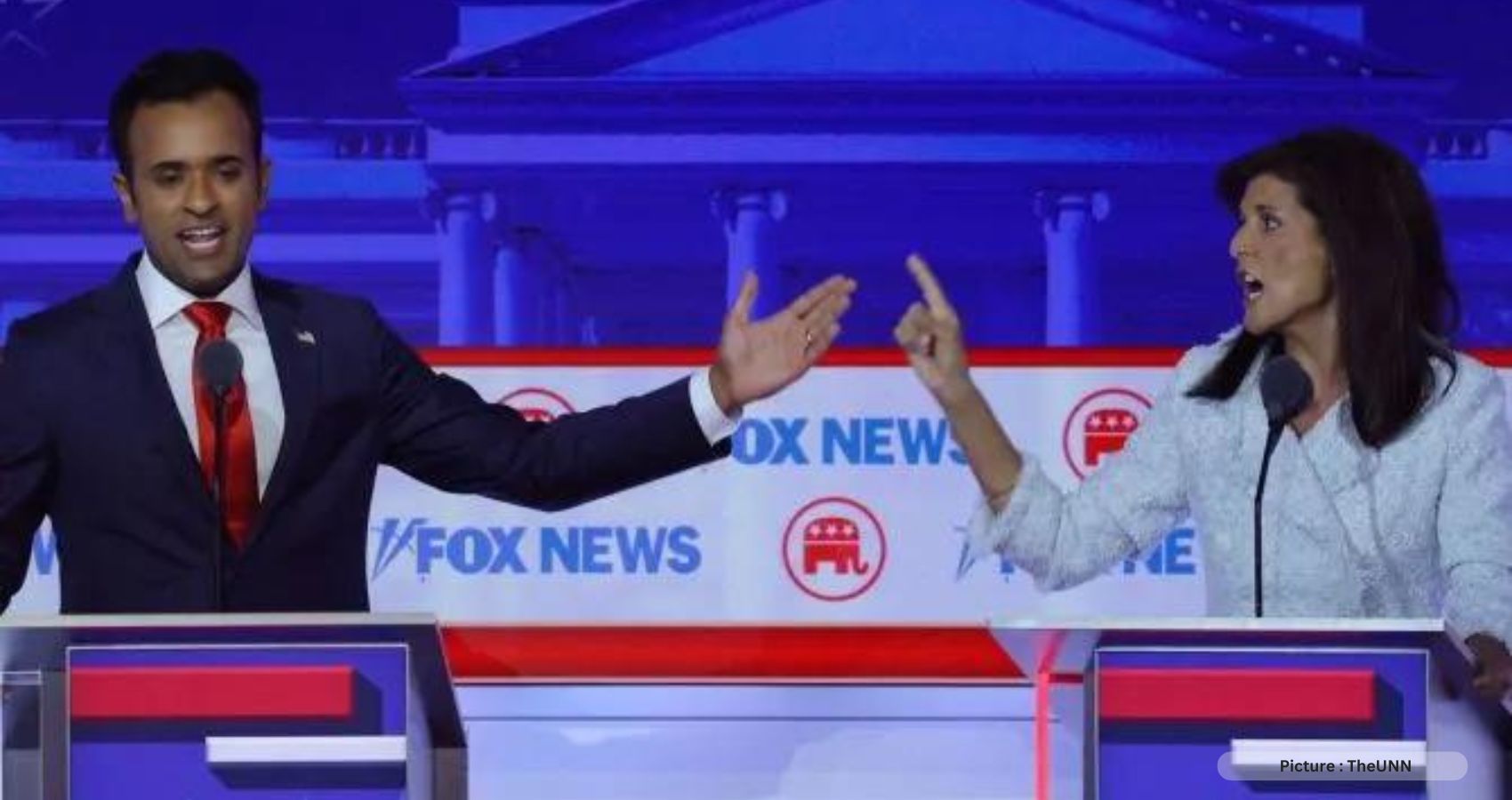
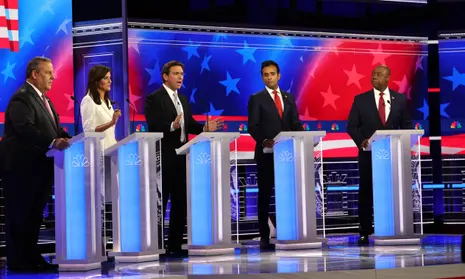
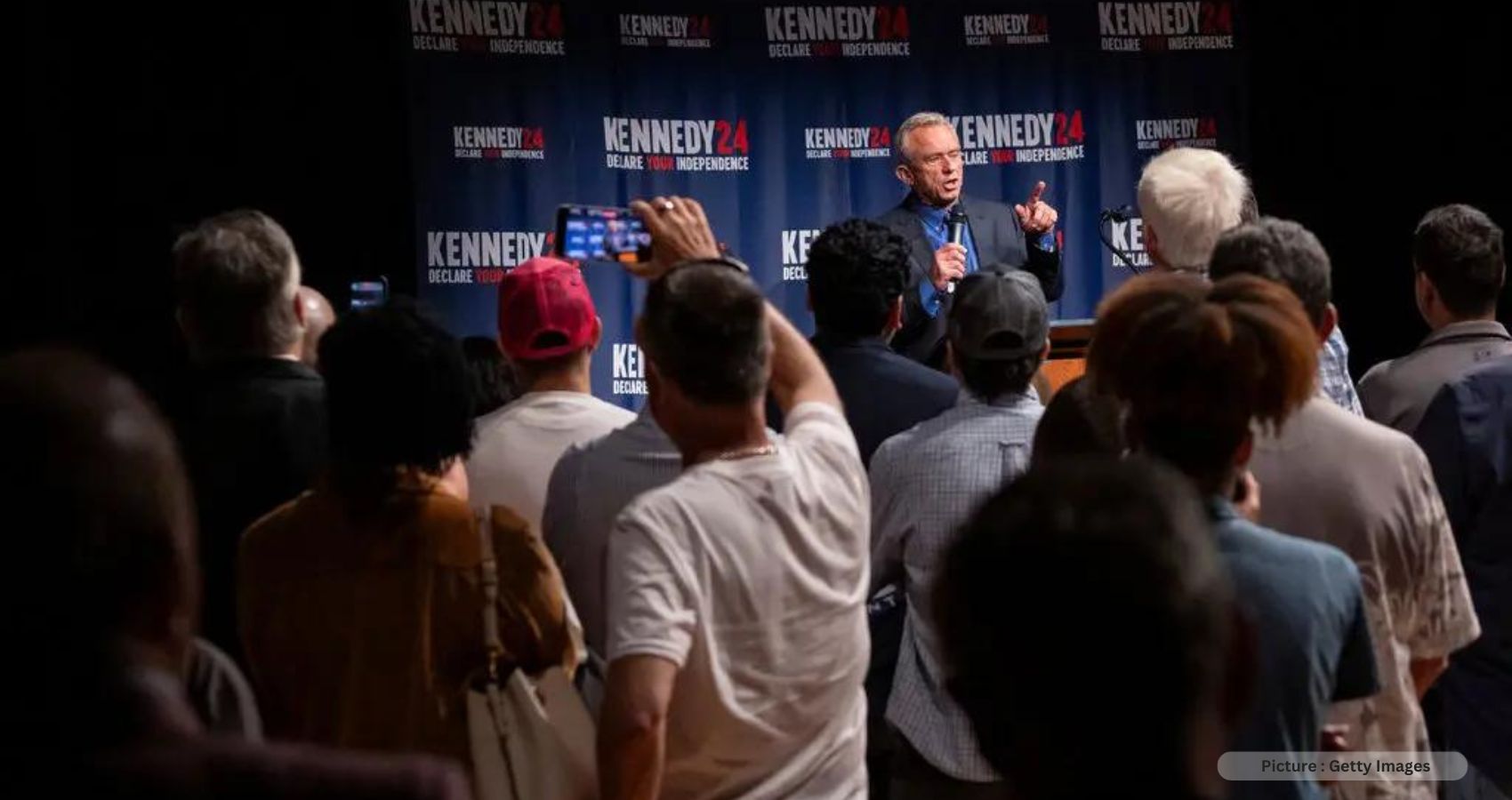
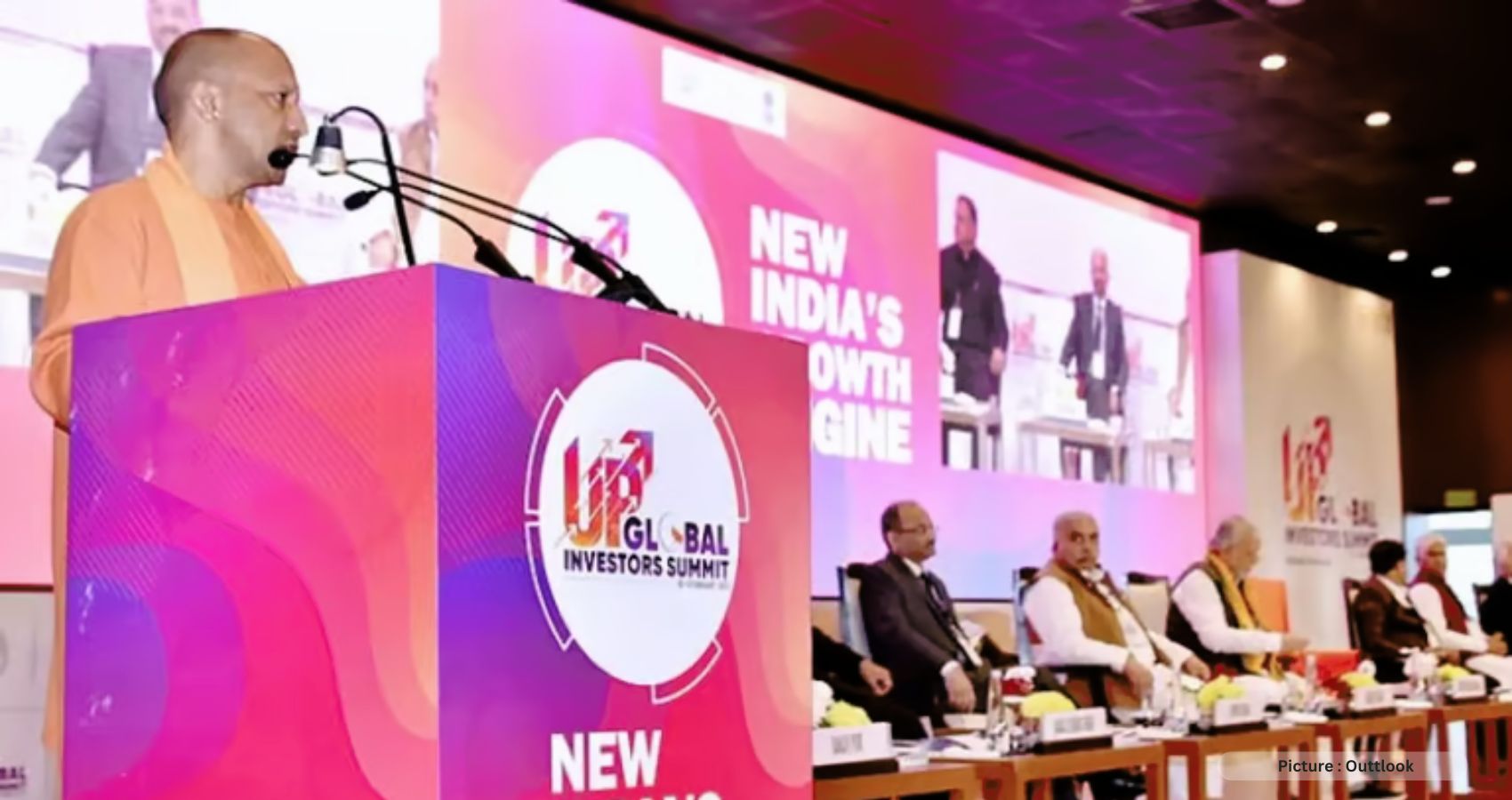

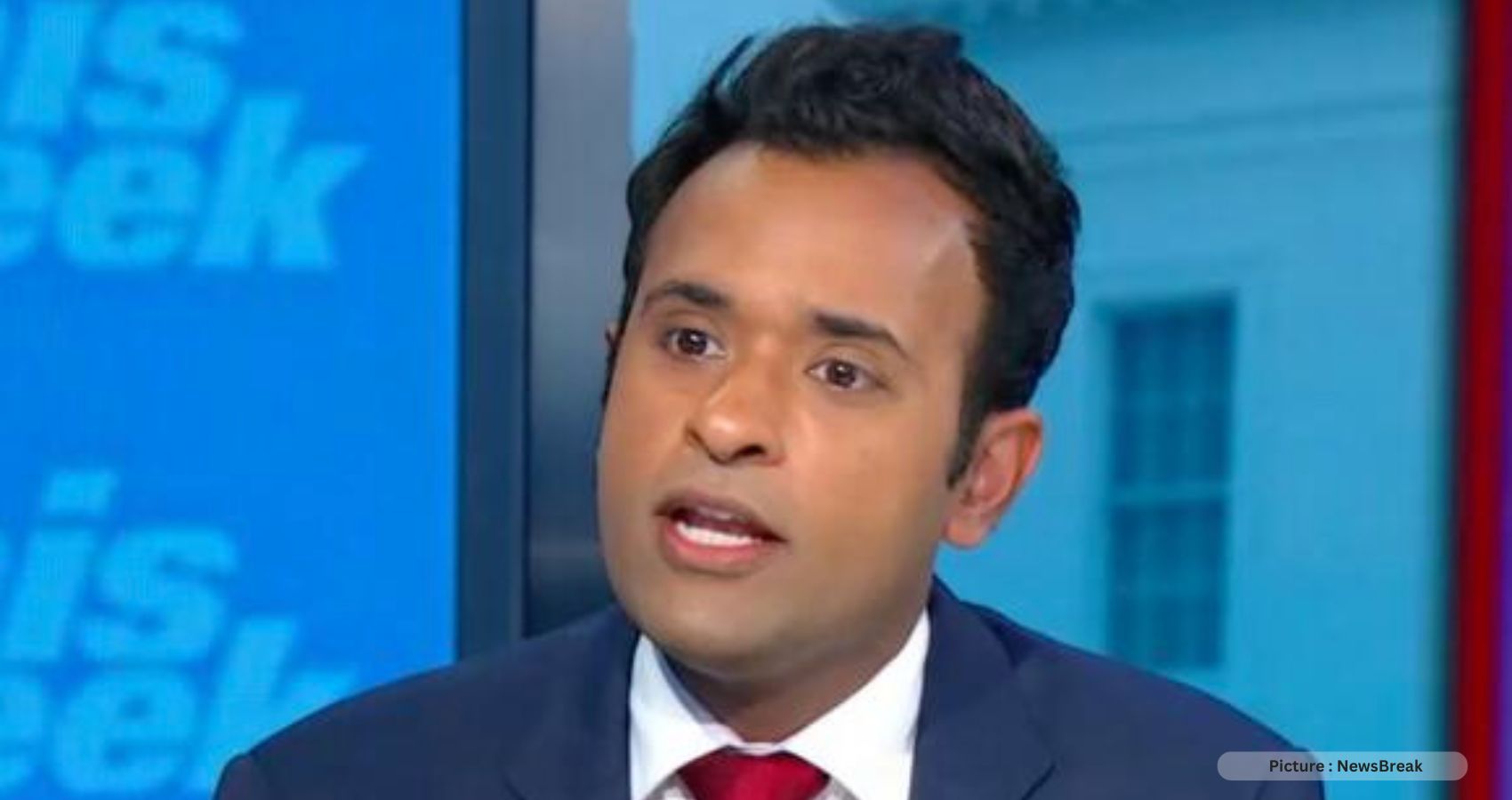
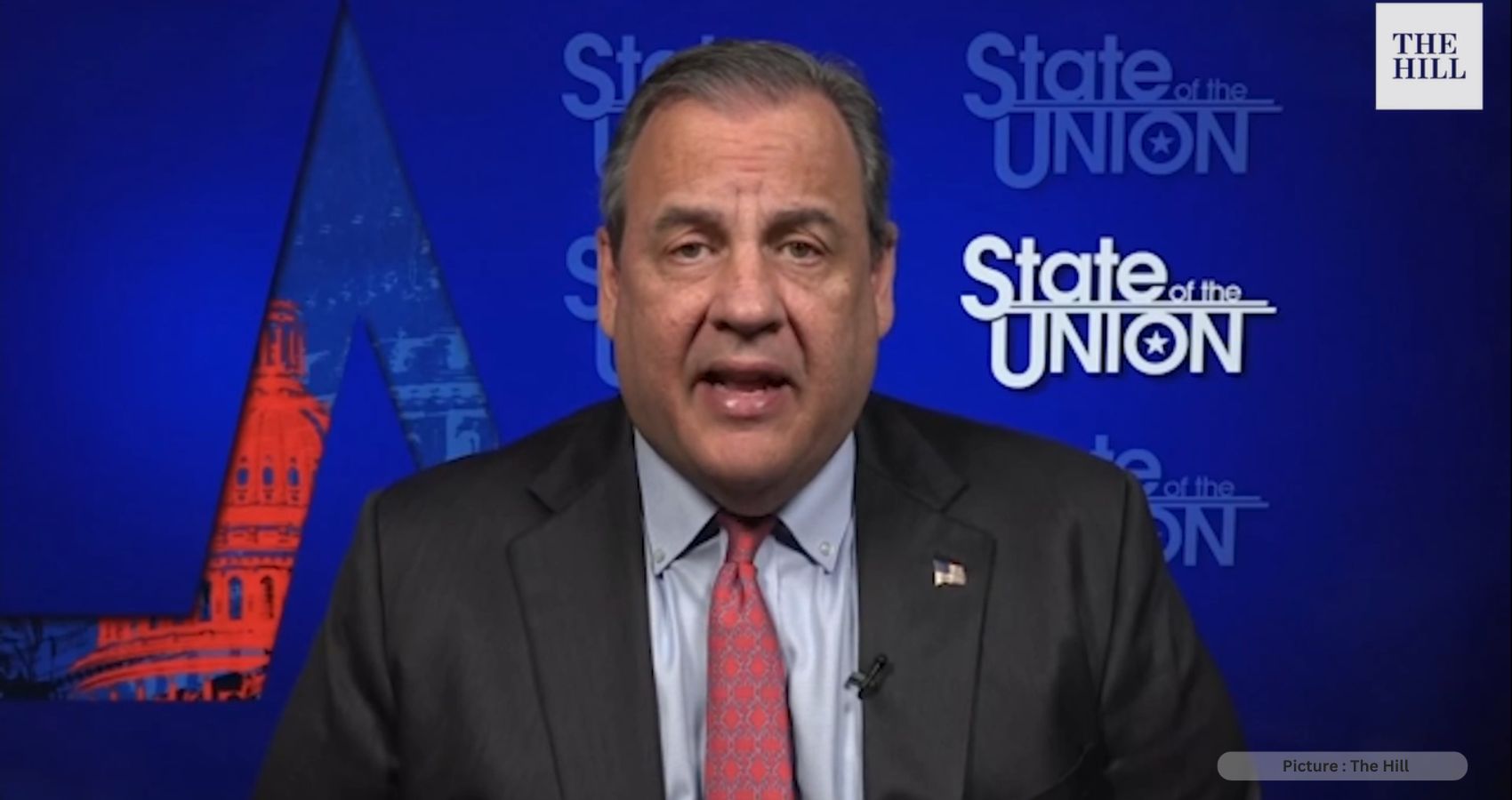
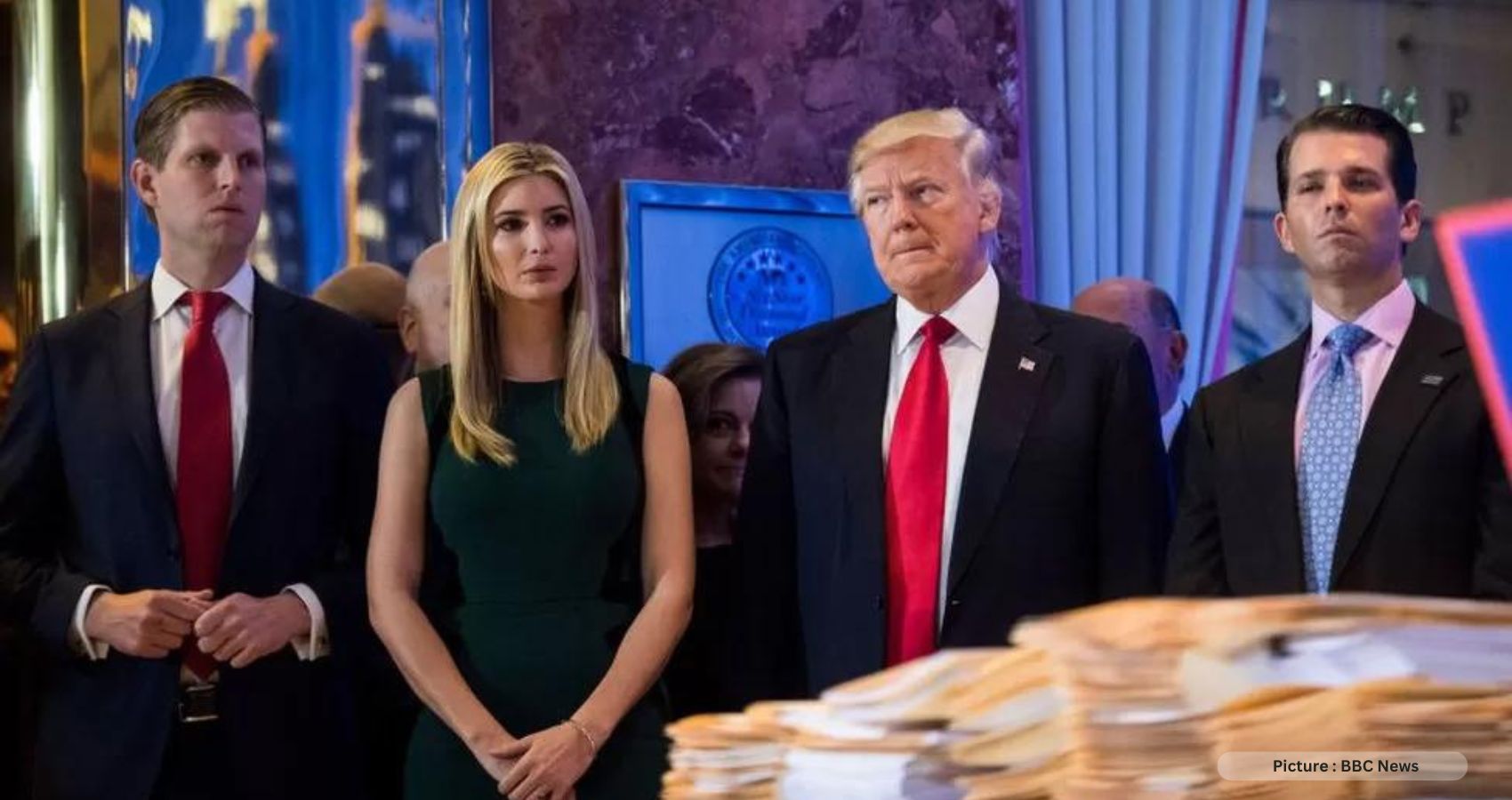

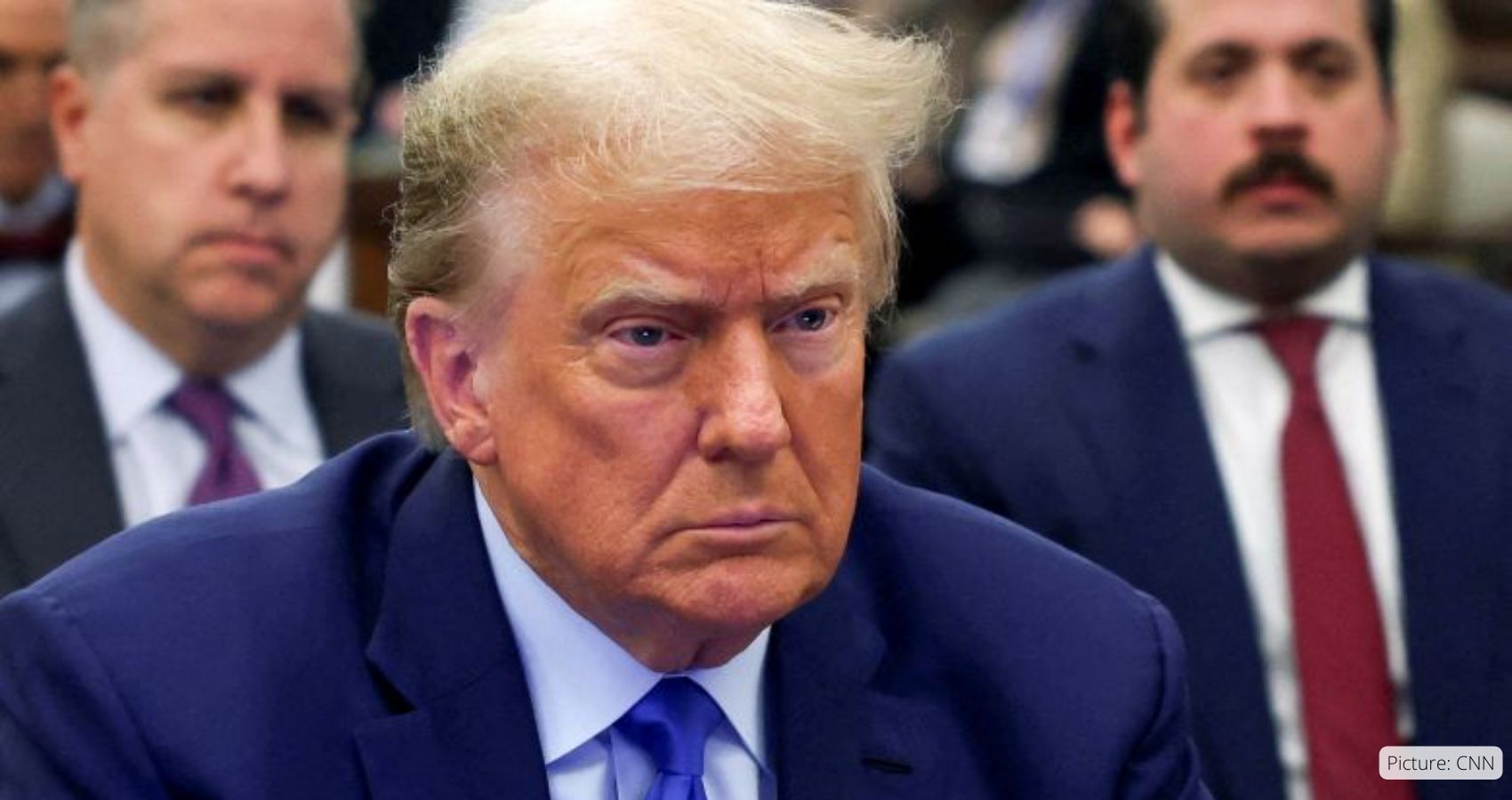

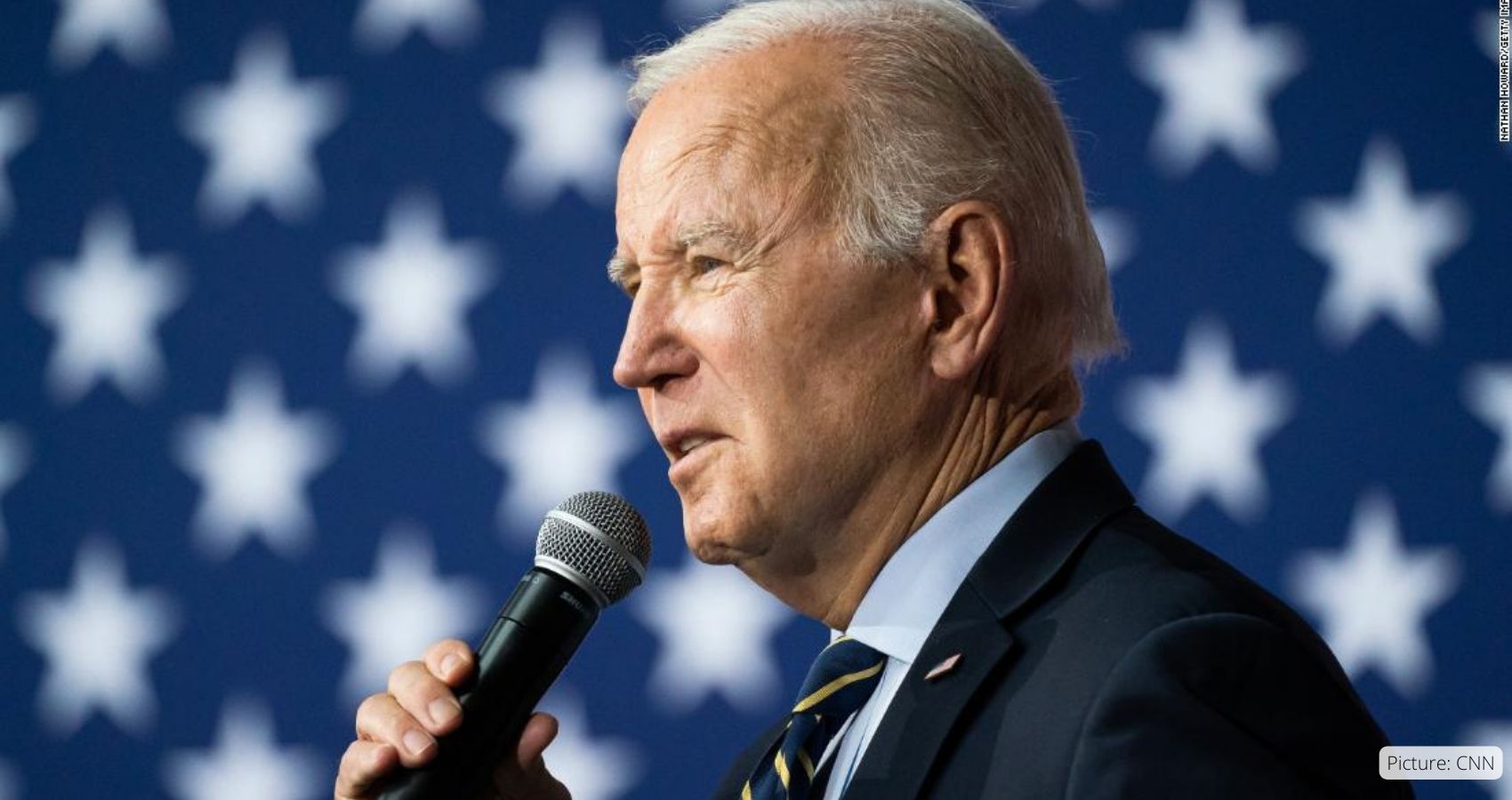
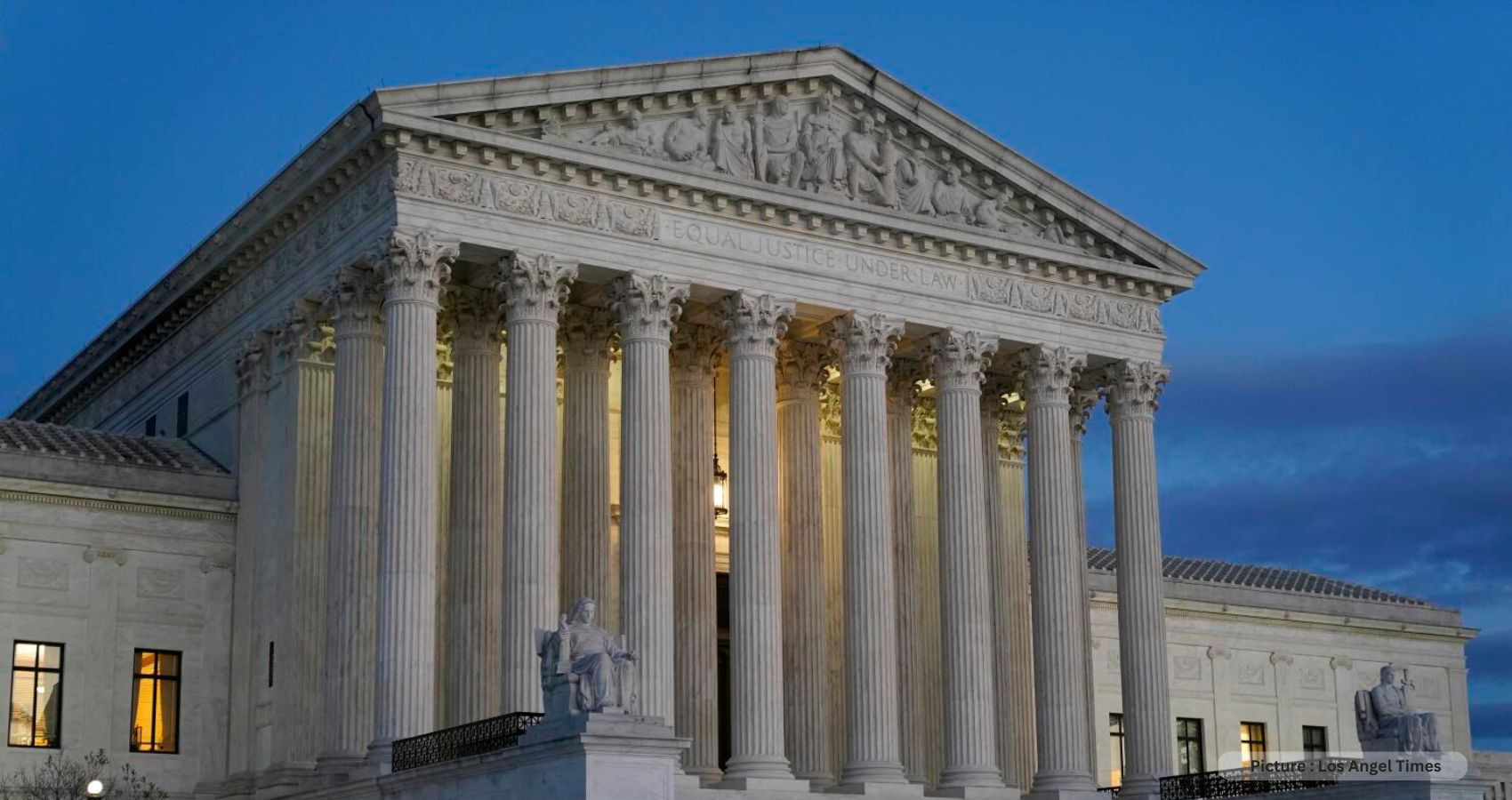
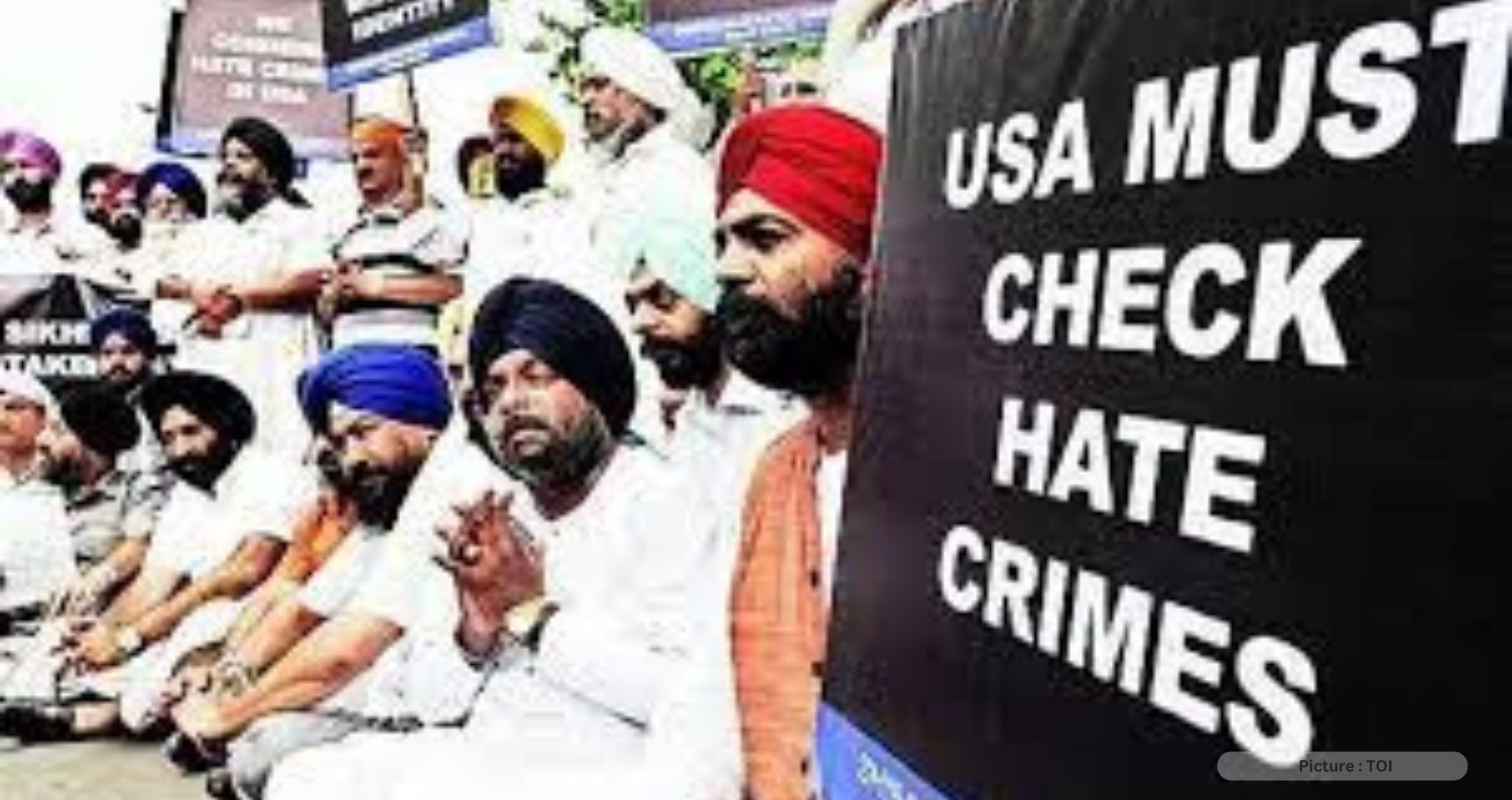



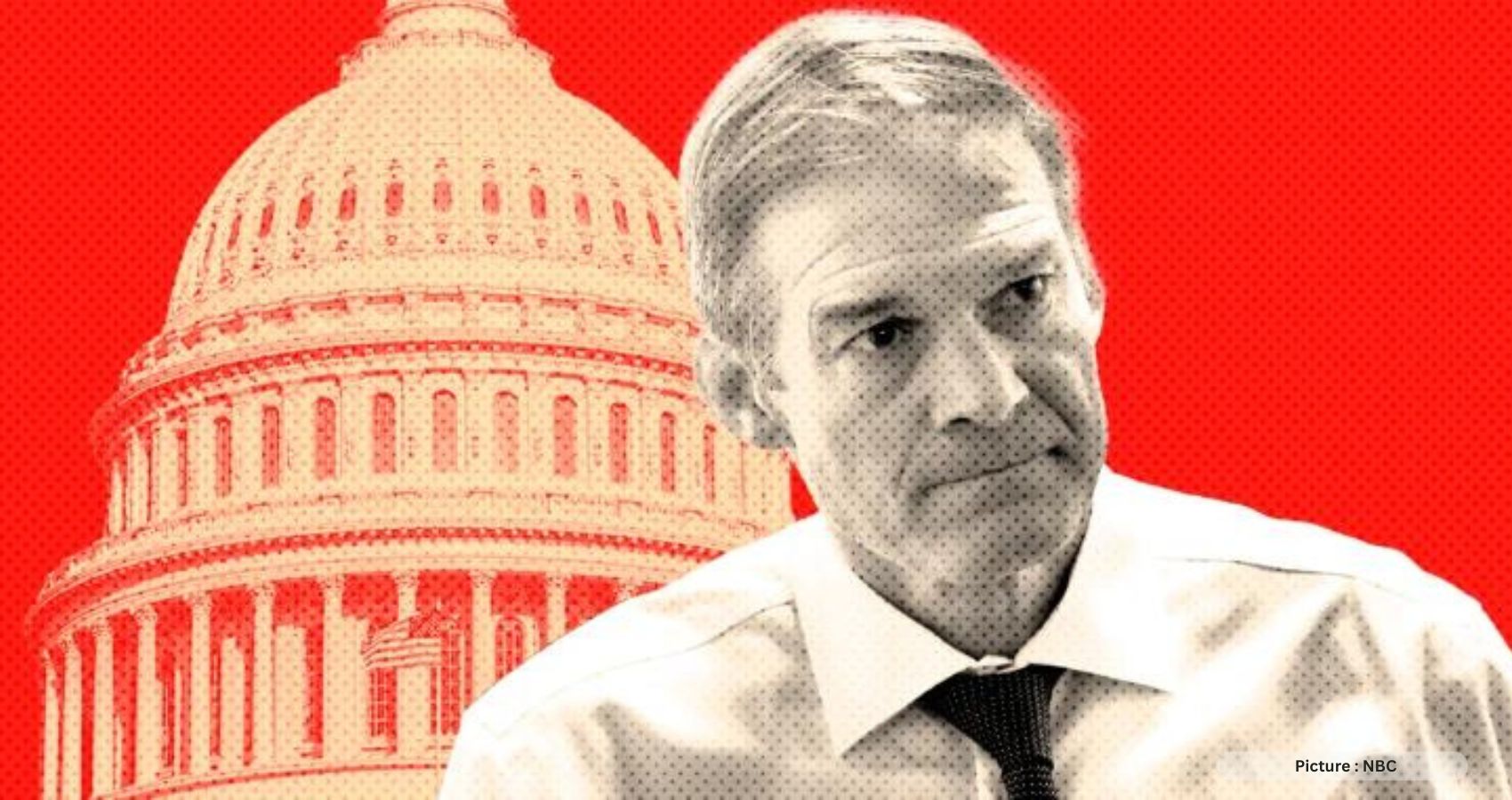

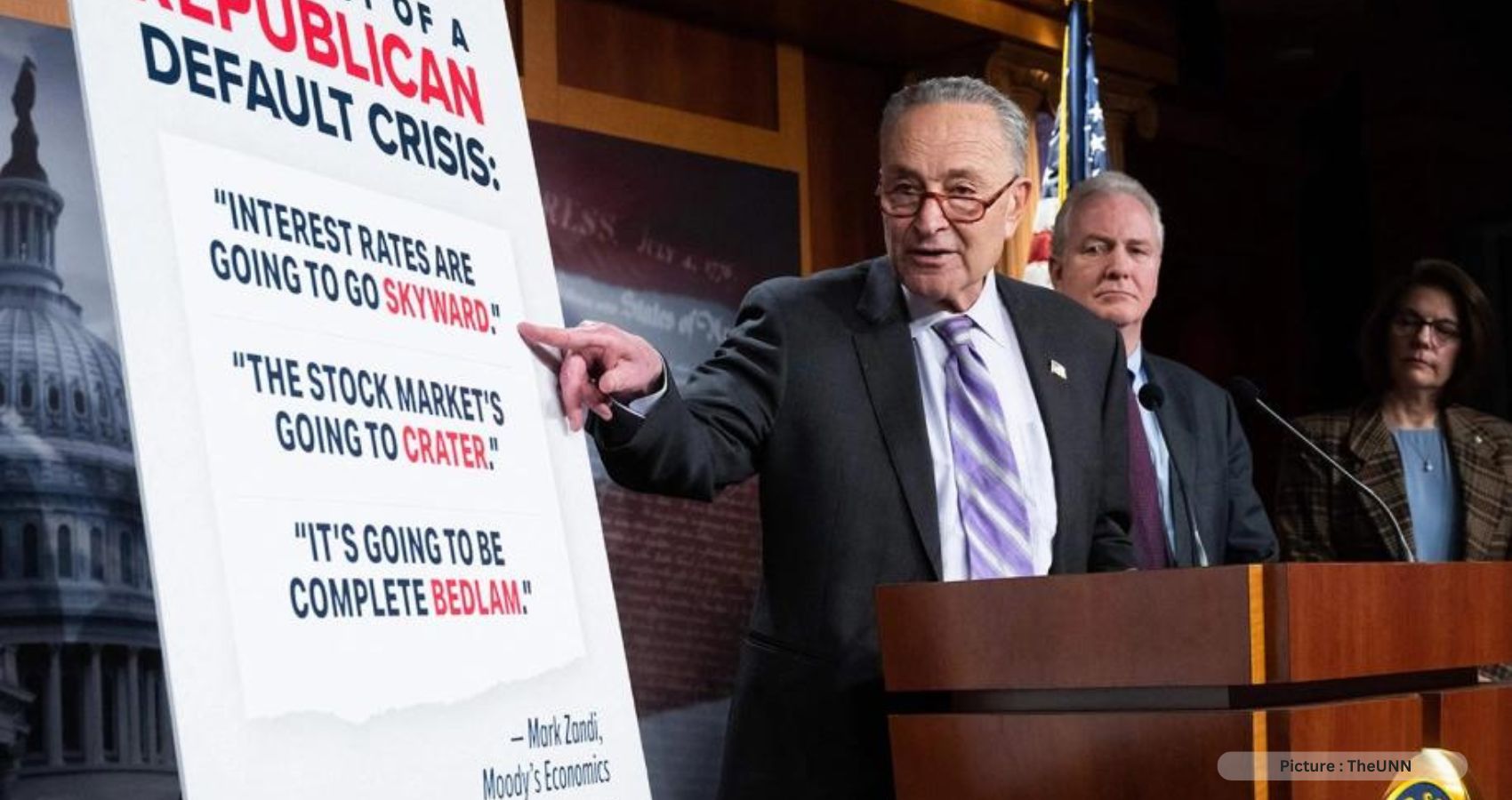

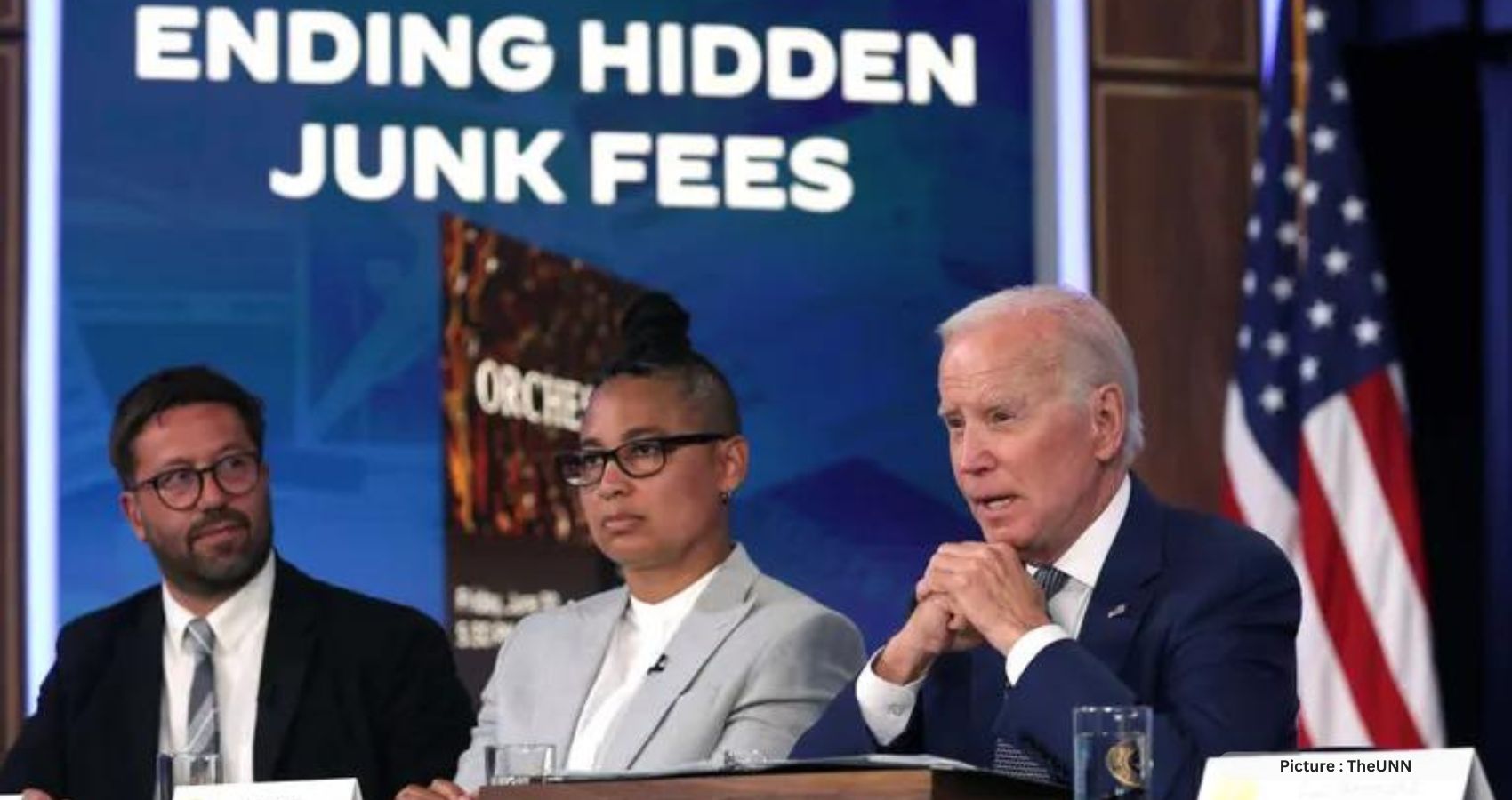
 One significant move unveiled is a proposal by the Federal Trade Commission (FTC) that would prevent companies in various sectors from imposing concealed and deceptive fees. This rule would mandate sellers to disclose all essential costs upfront. The FTC could potentially impose financial penalties on companies that violate this rule. Proponents argue that this regulation will enable consumers to make more informed price comparisons and create a level playing field for businesses that are transparent about their costs.
One significant move unveiled is a proposal by the Federal Trade Commission (FTC) that would prevent companies in various sectors from imposing concealed and deceptive fees. This rule would mandate sellers to disclose all essential costs upfront. The FTC could potentially impose financial penalties on companies that violate this rule. Proponents argue that this regulation will enable consumers to make more informed price comparisons and create a level playing field for businesses that are transparent about their costs.